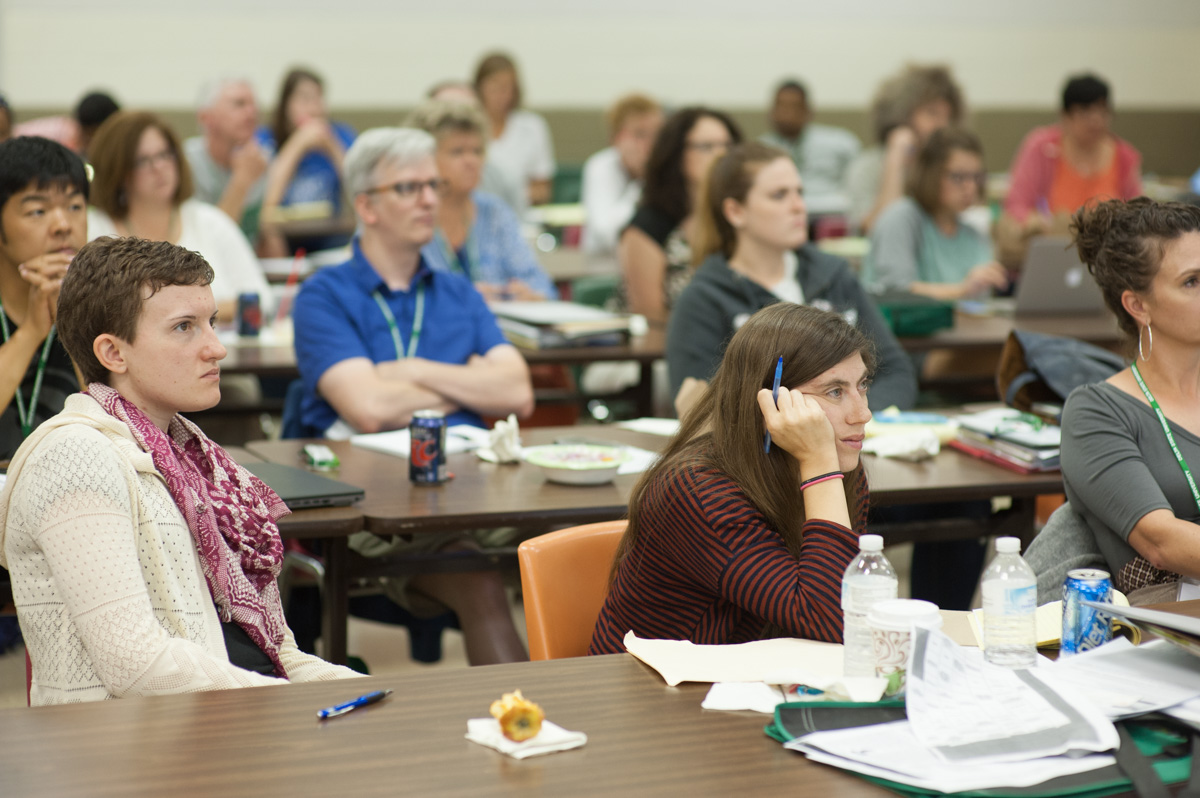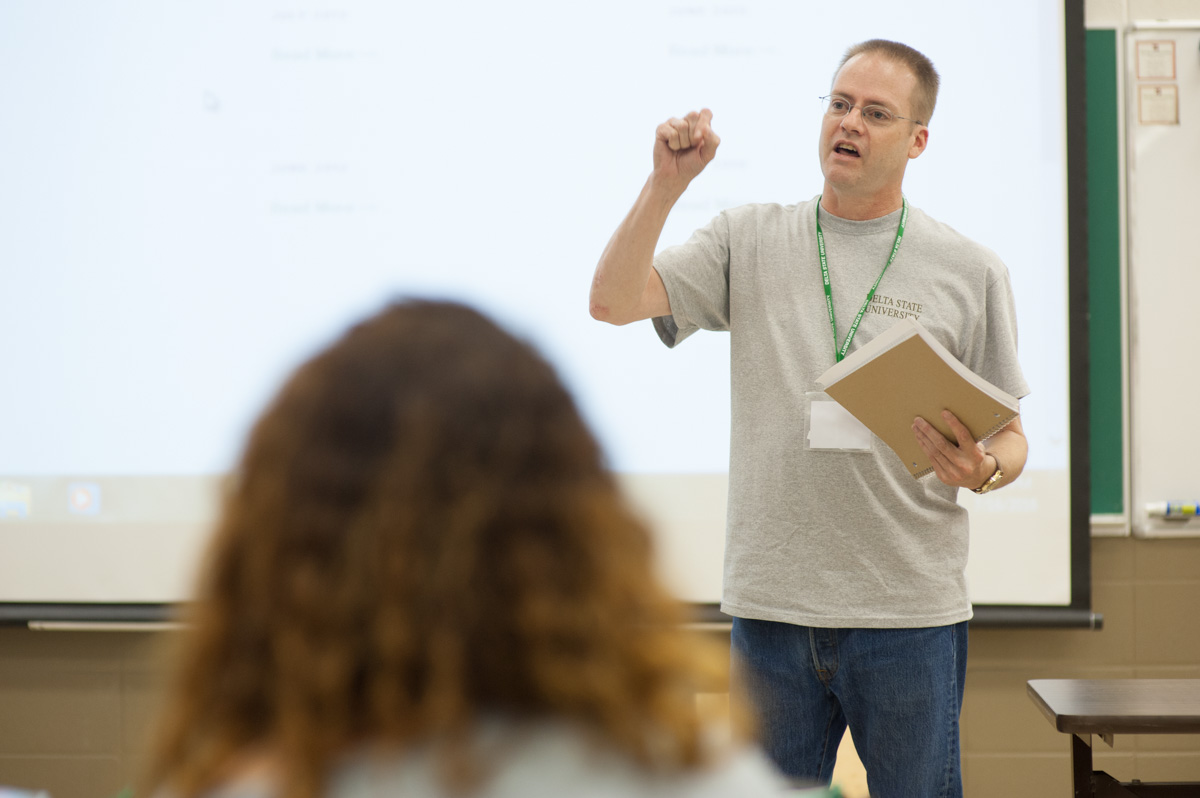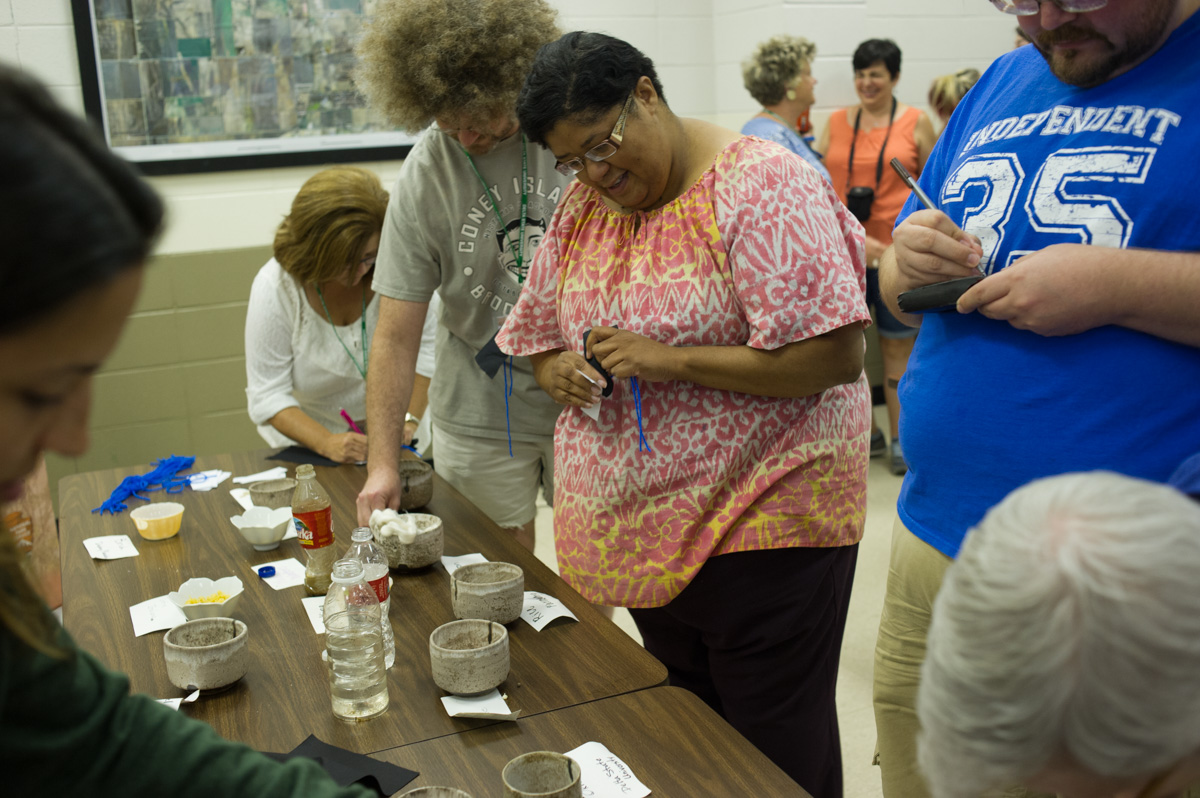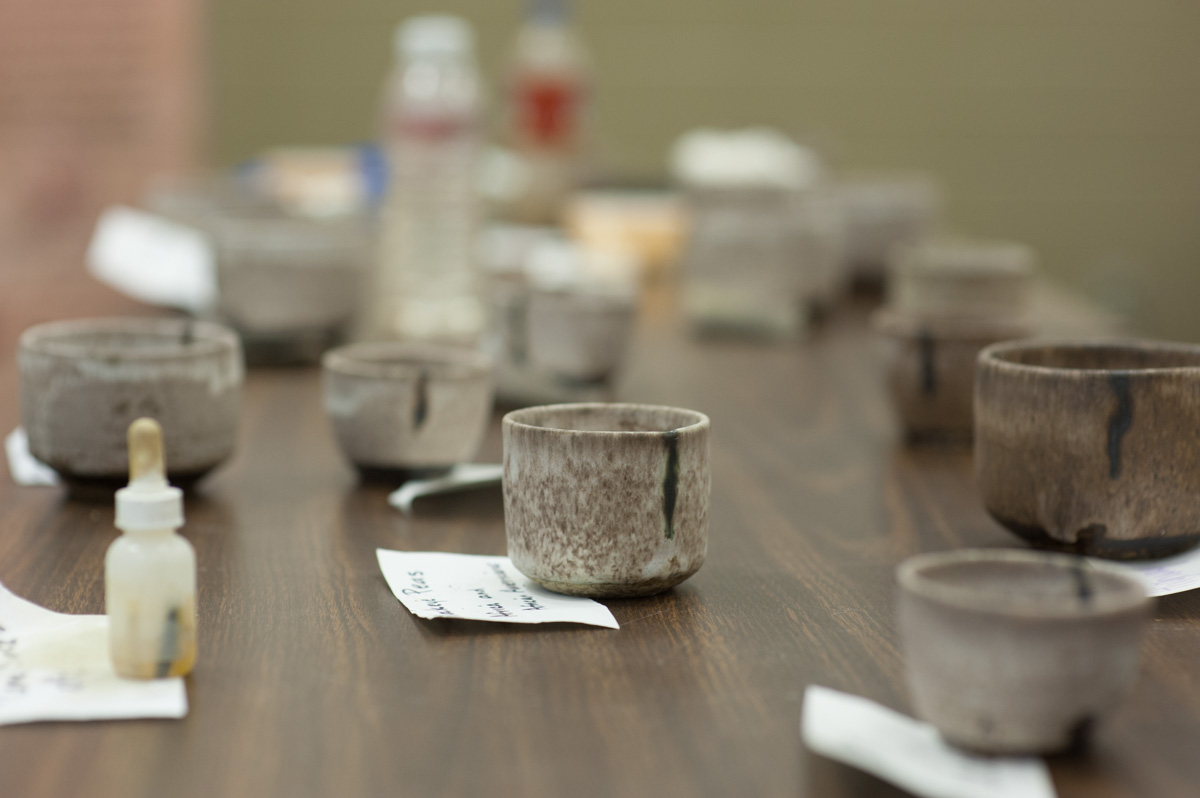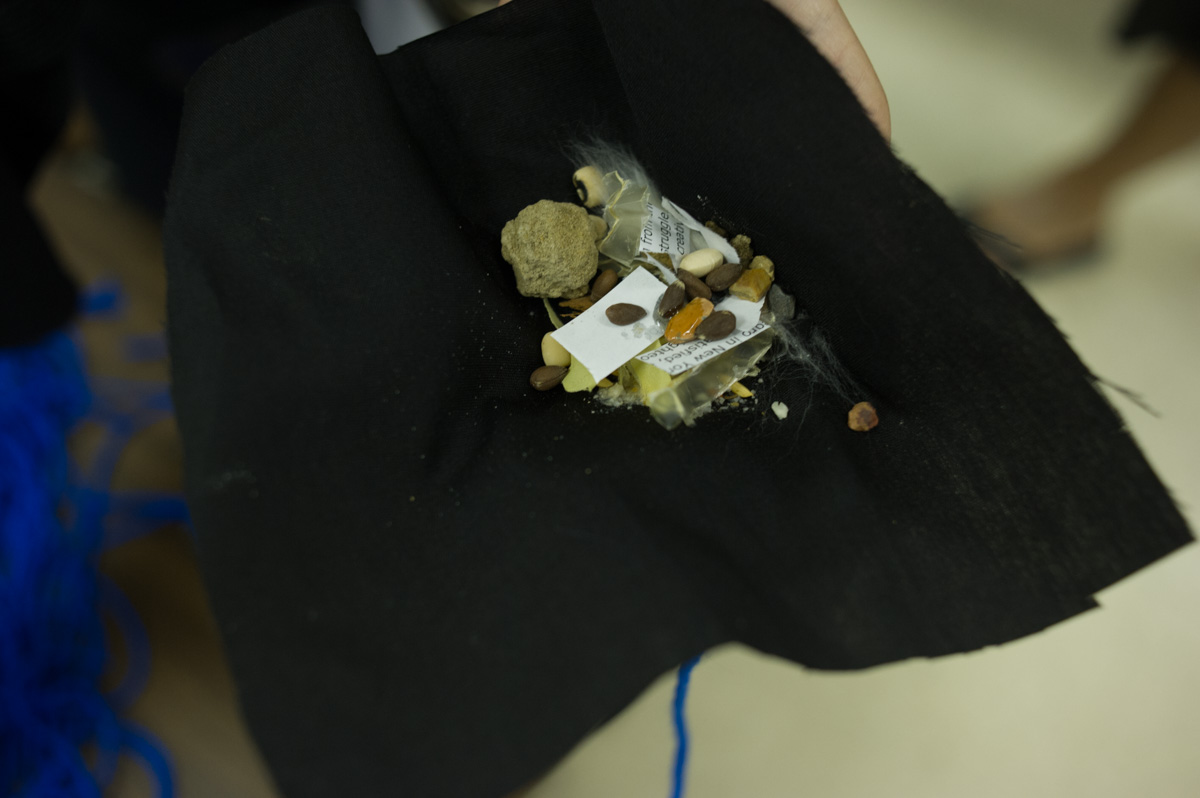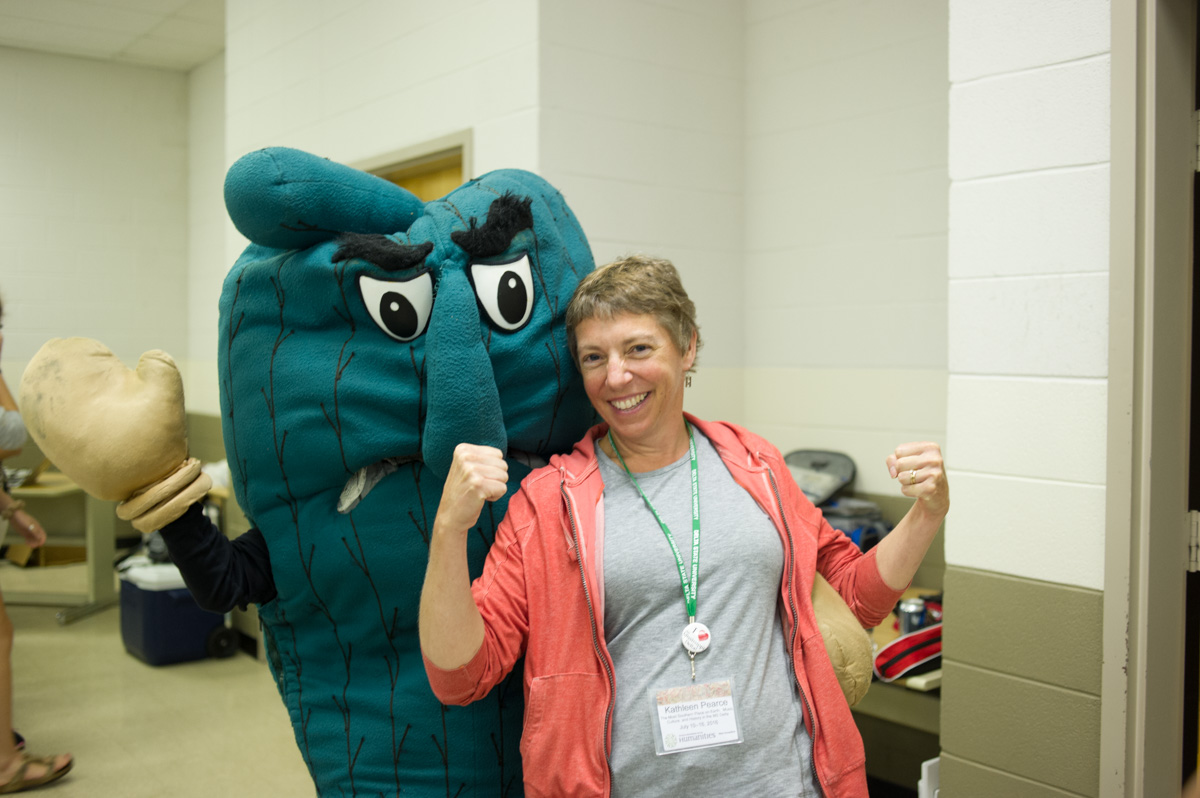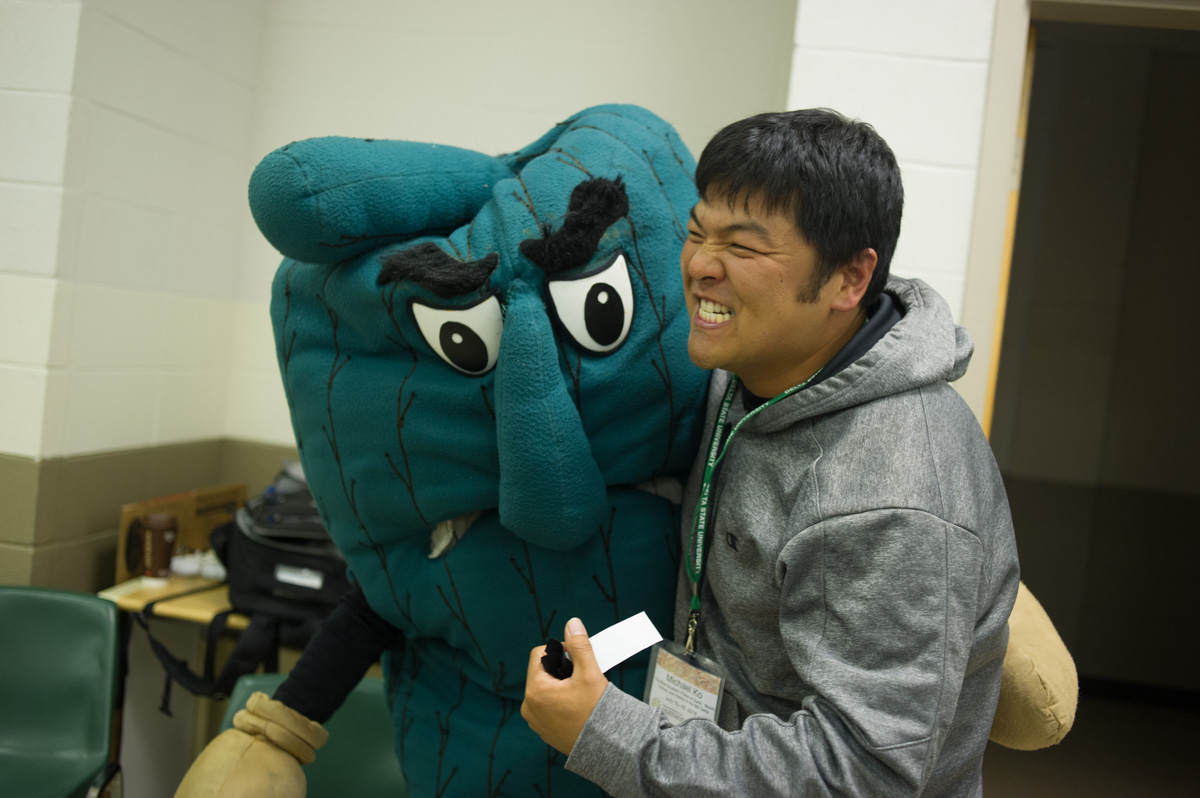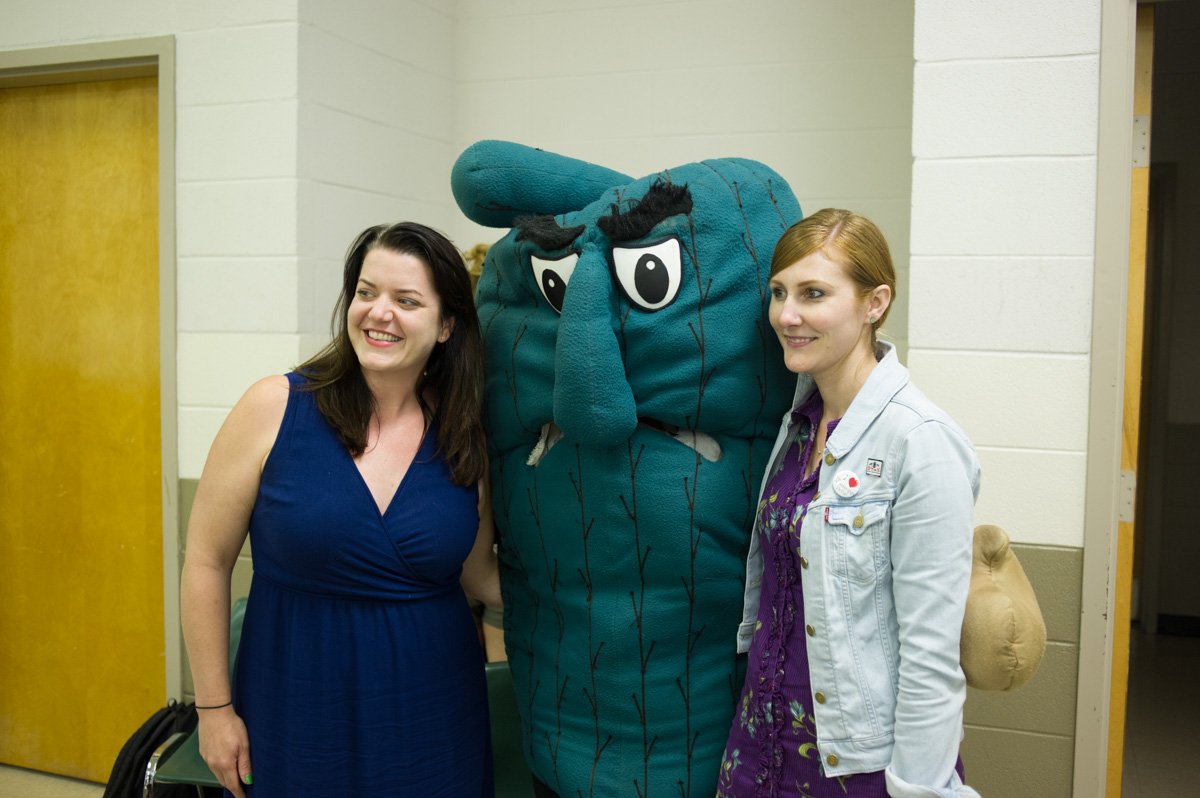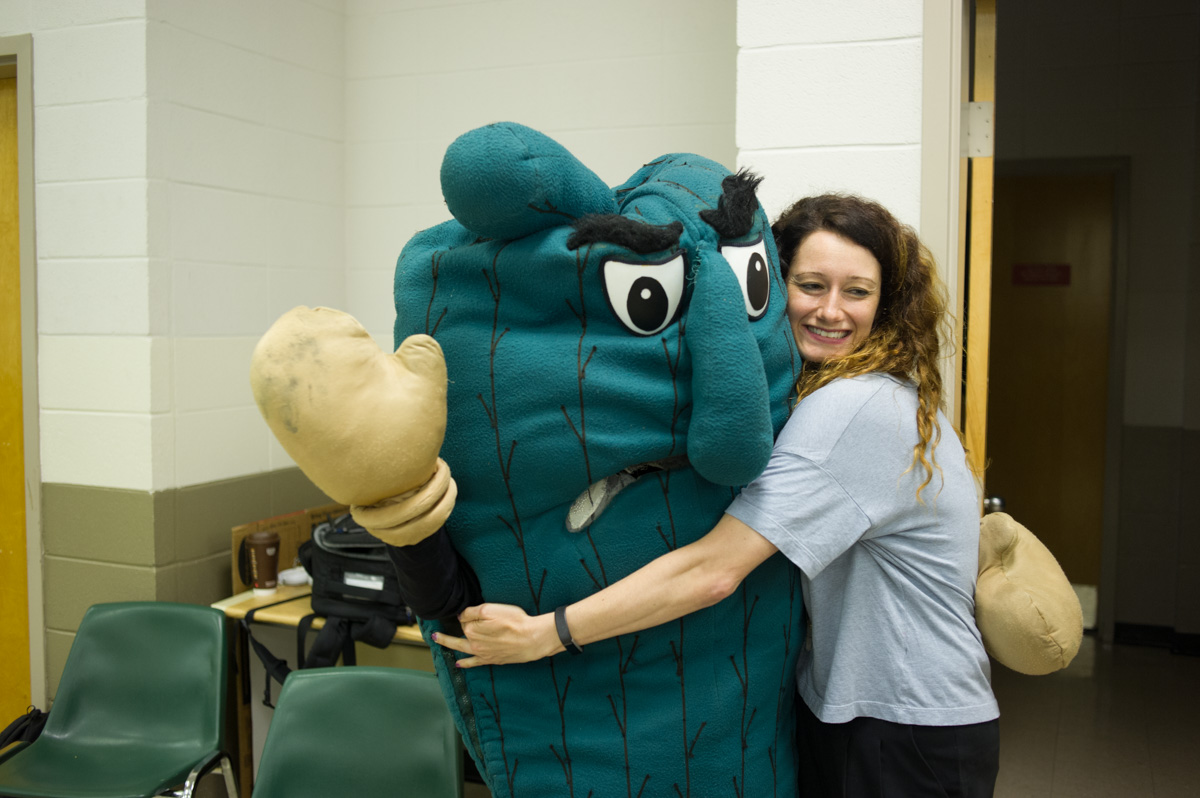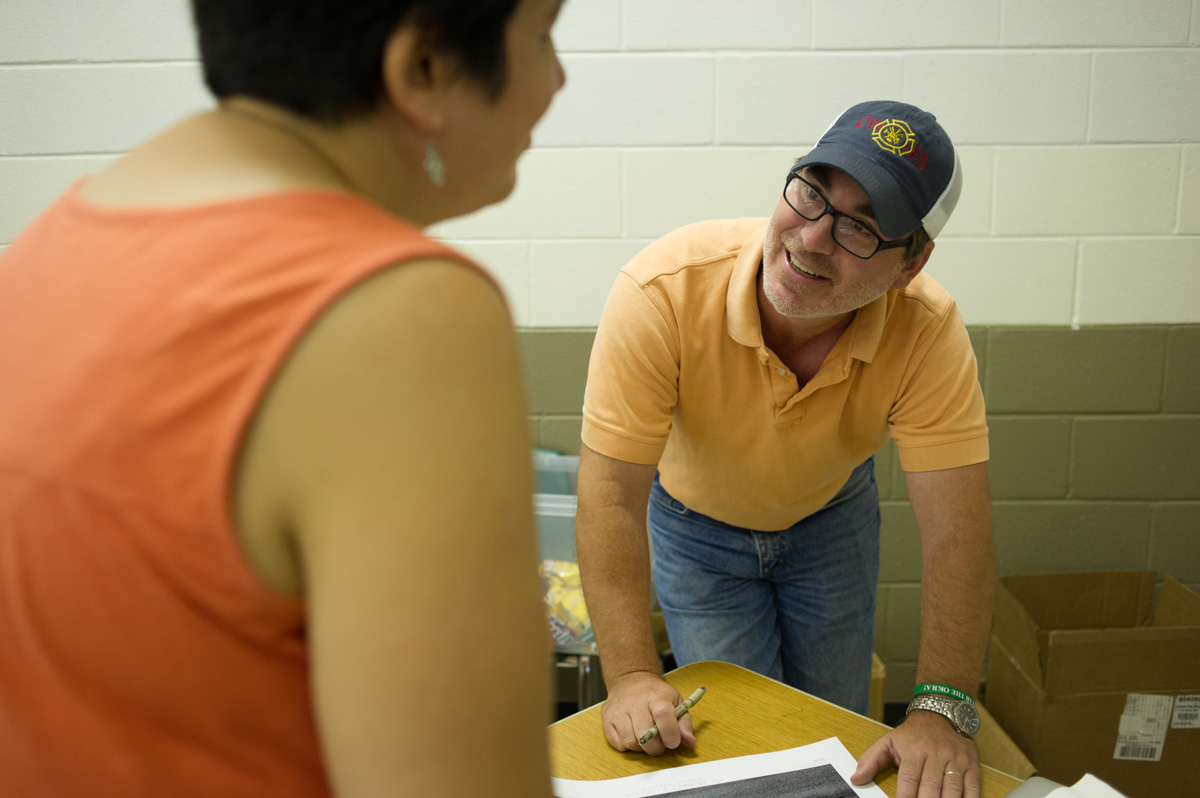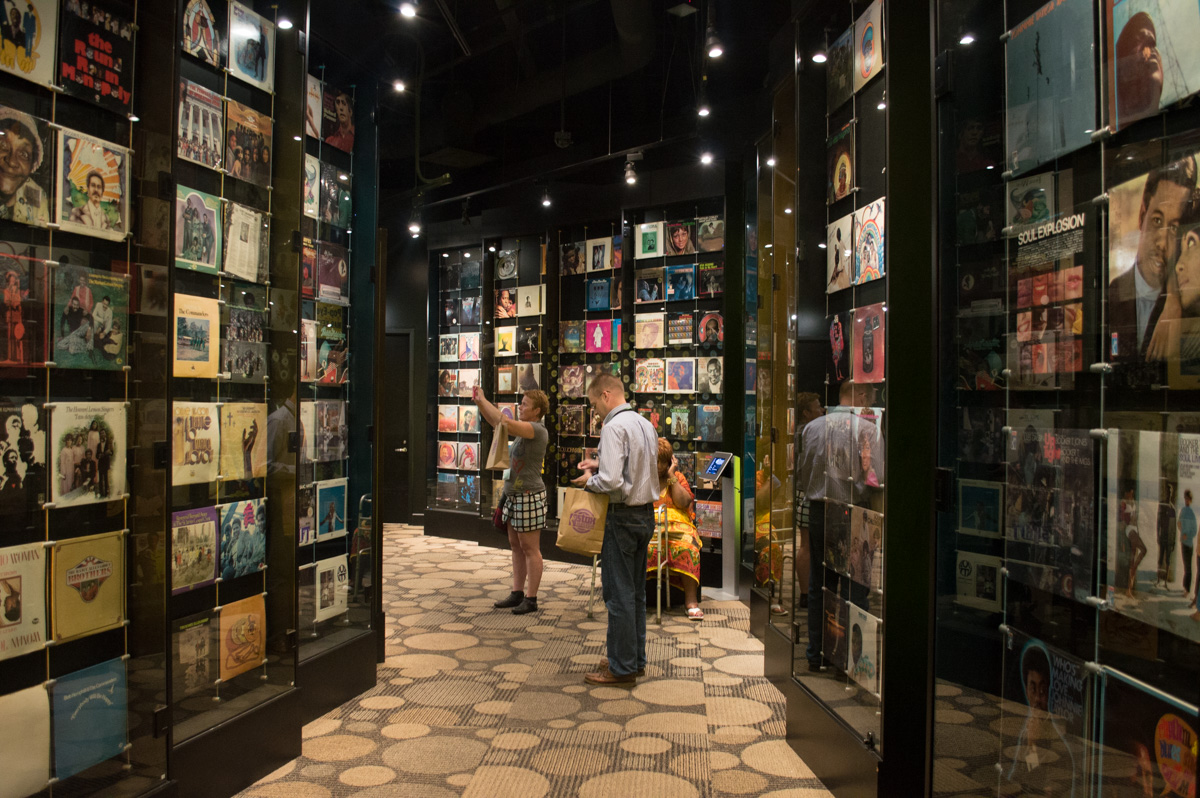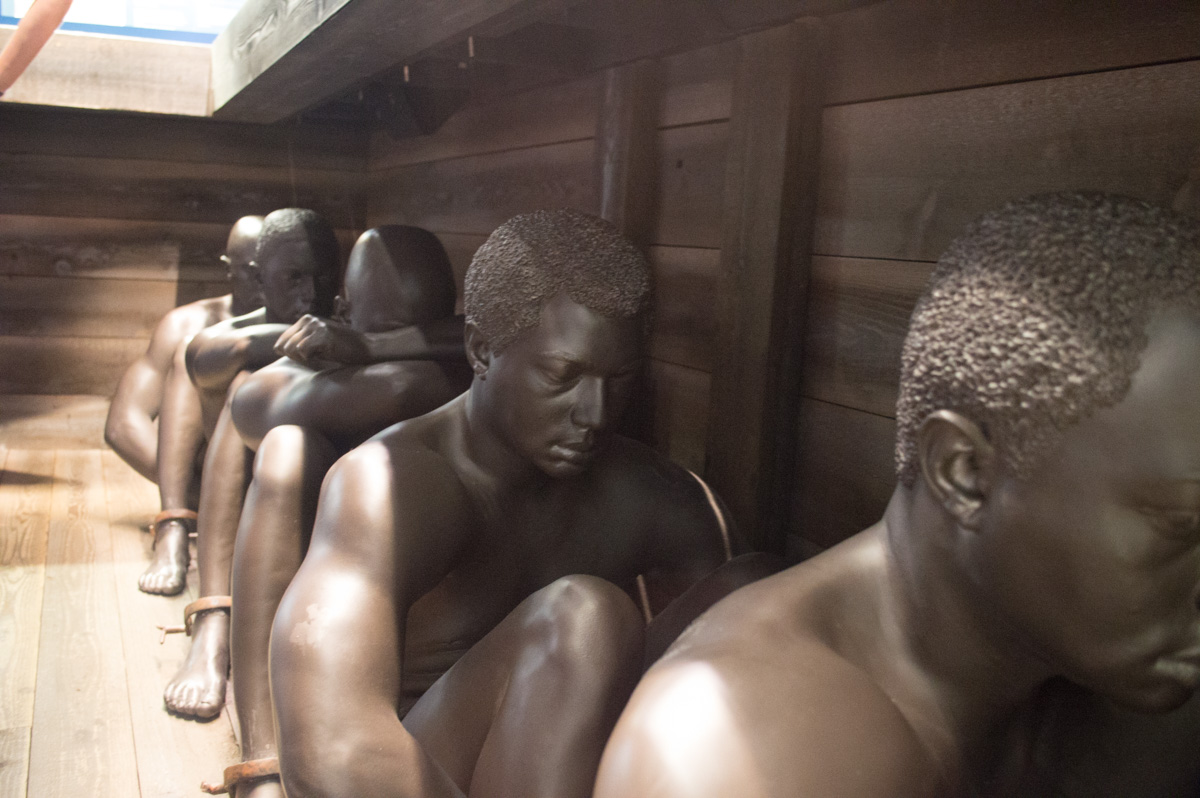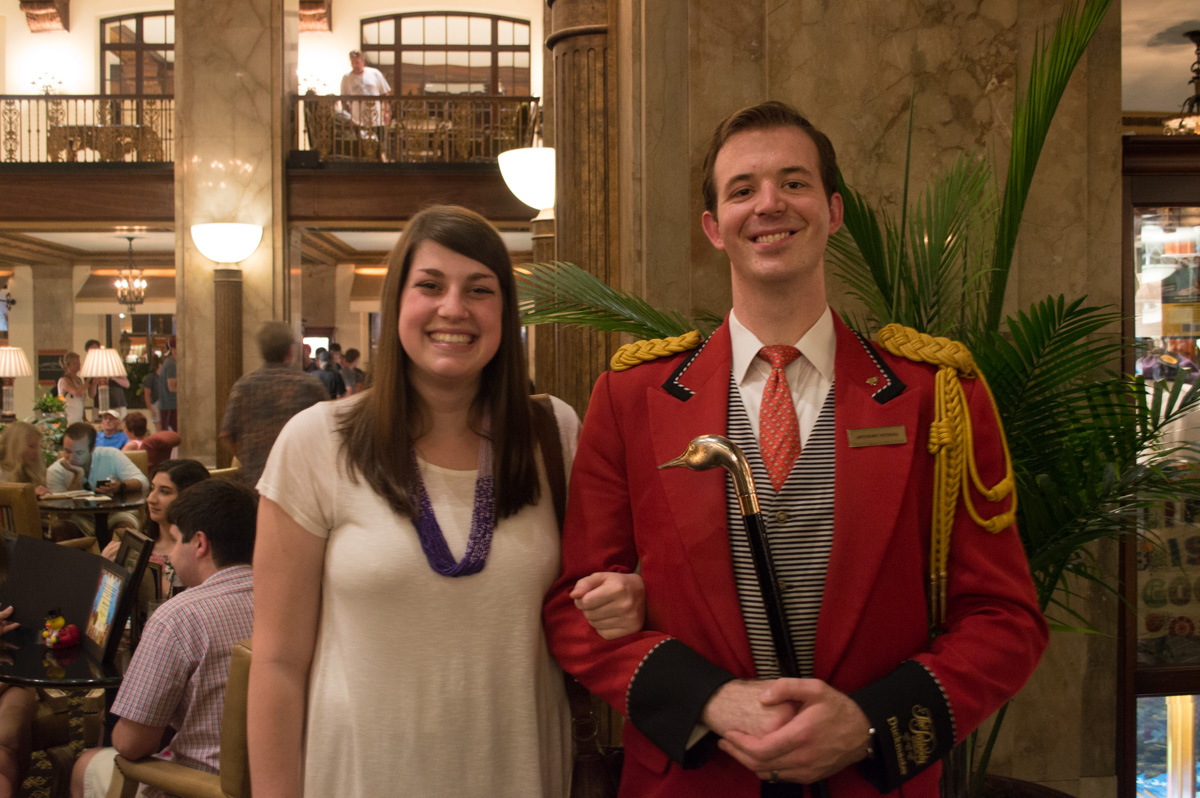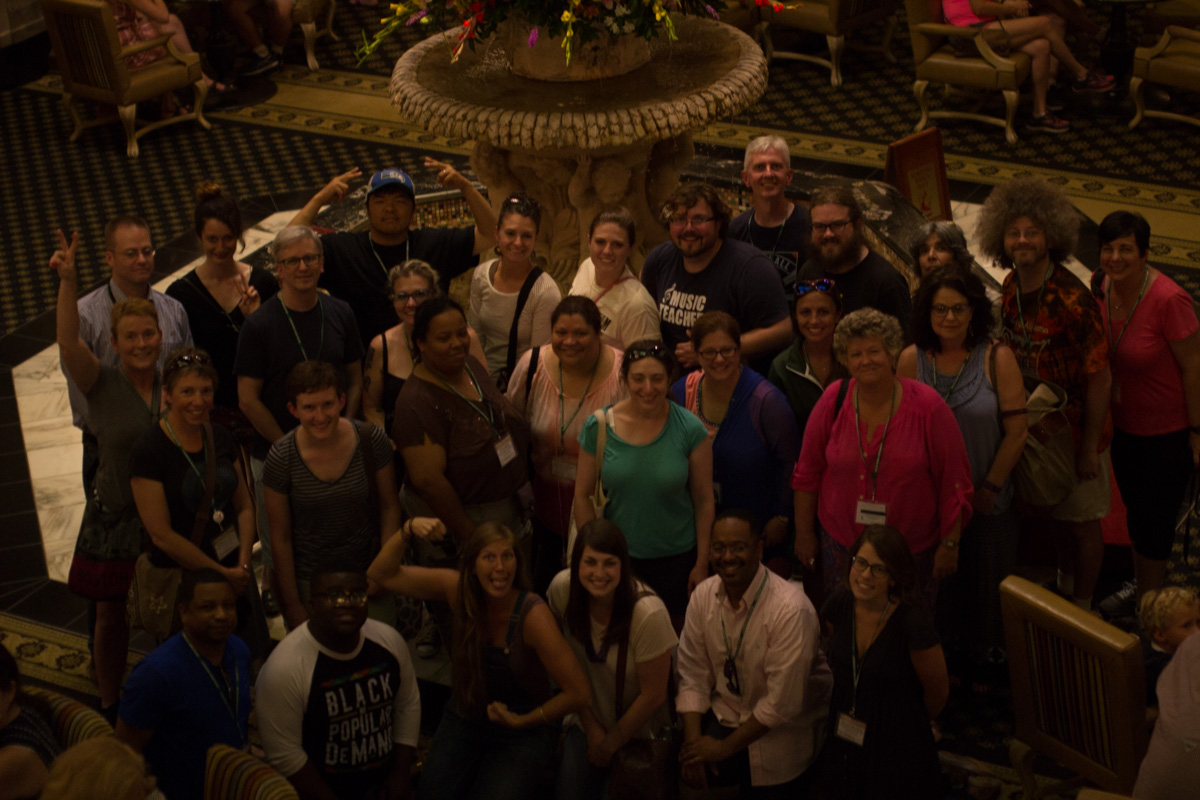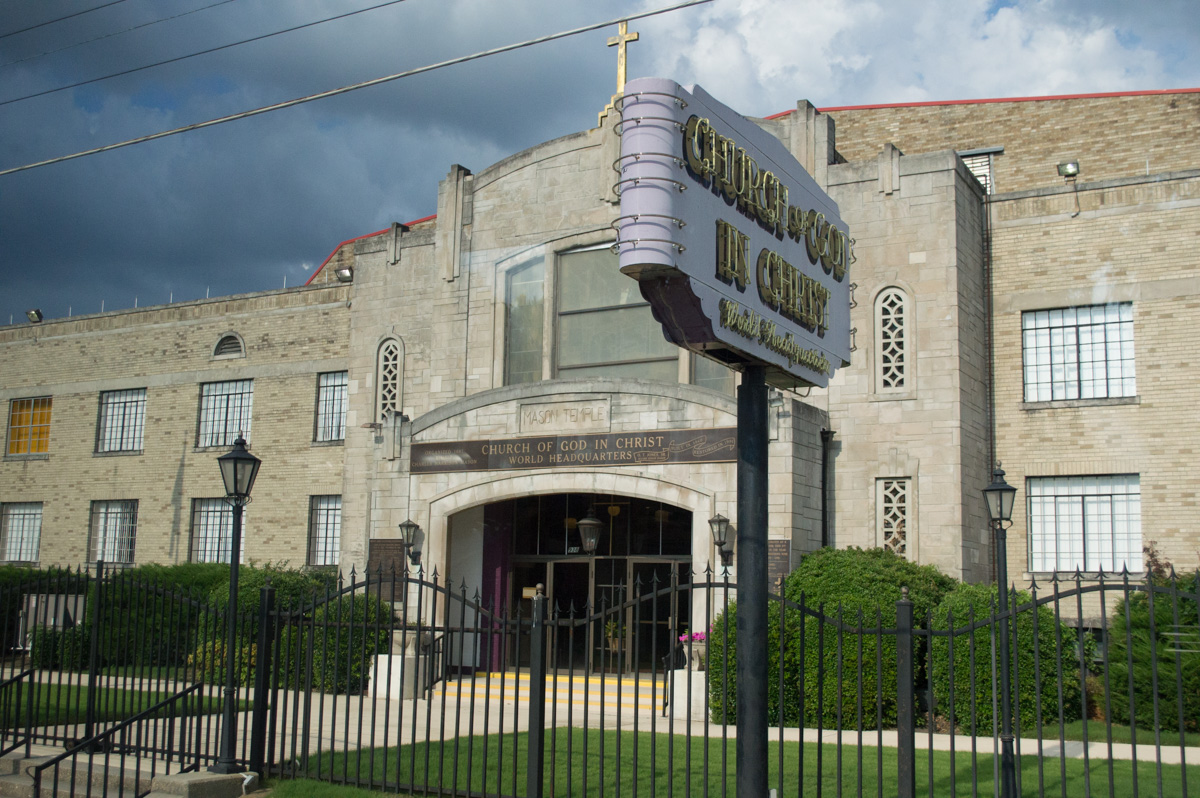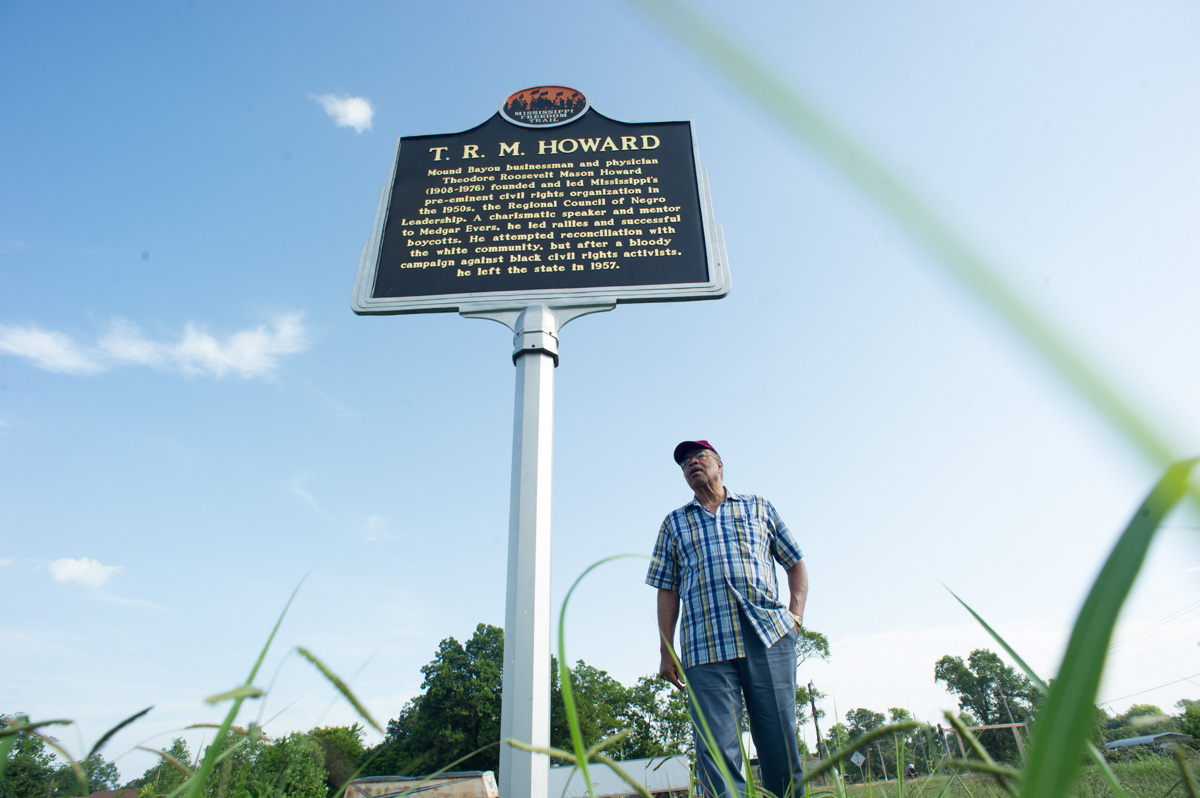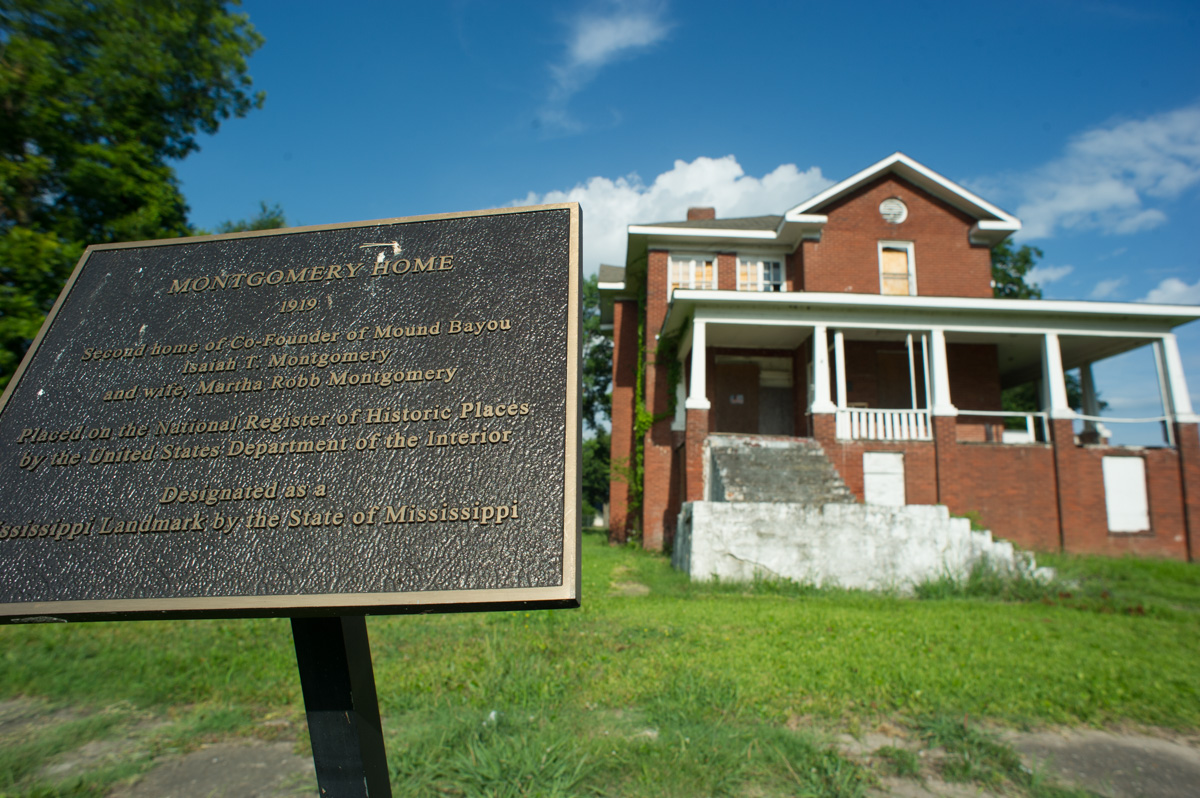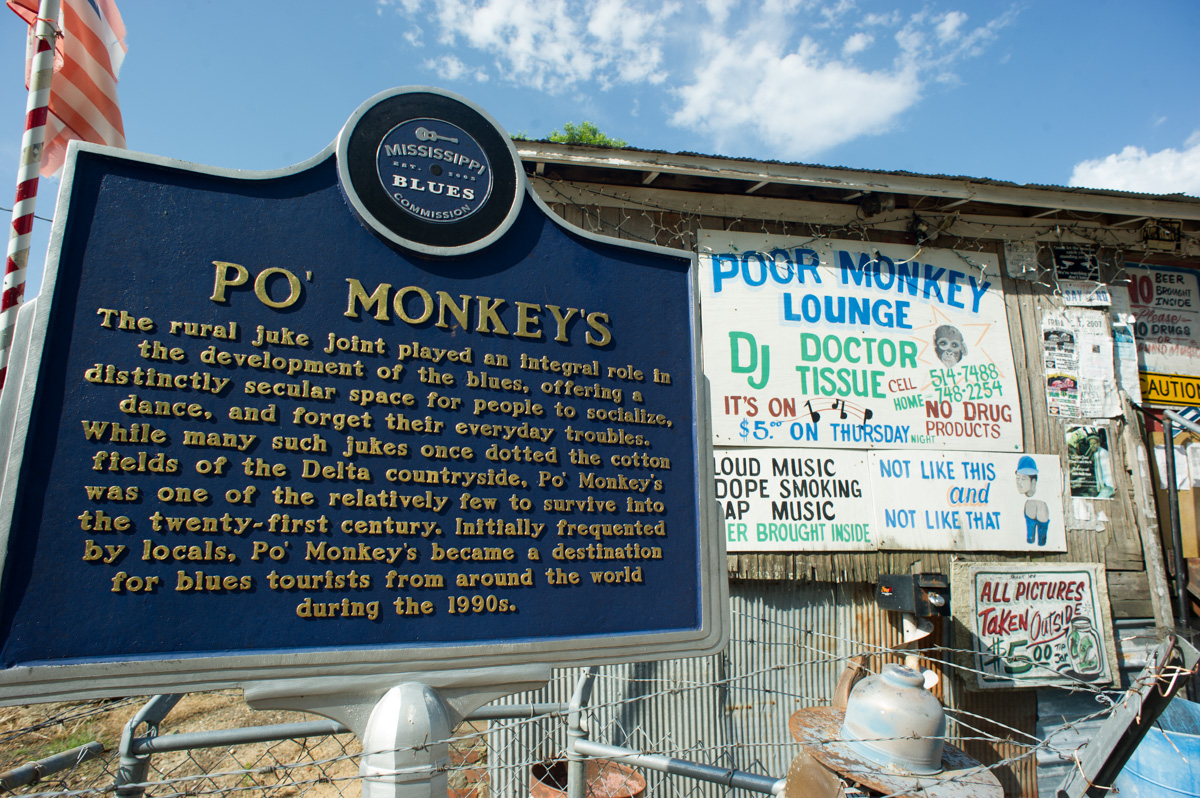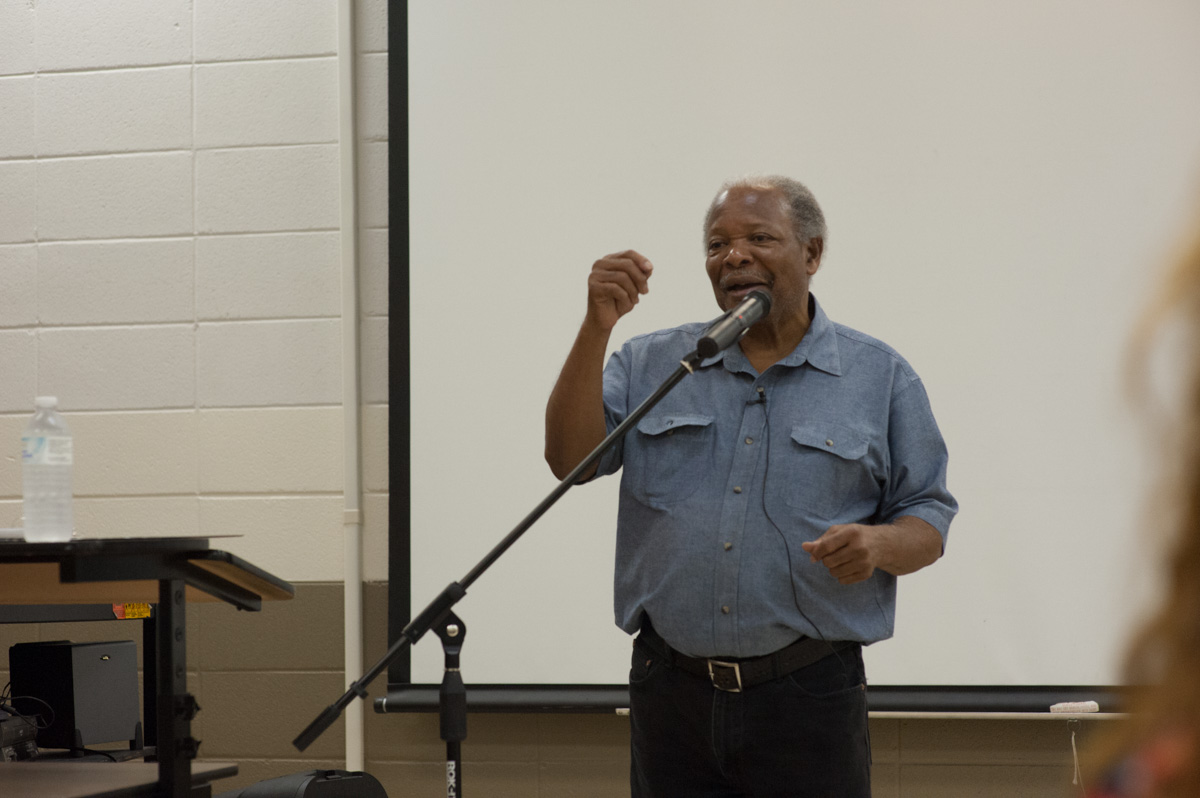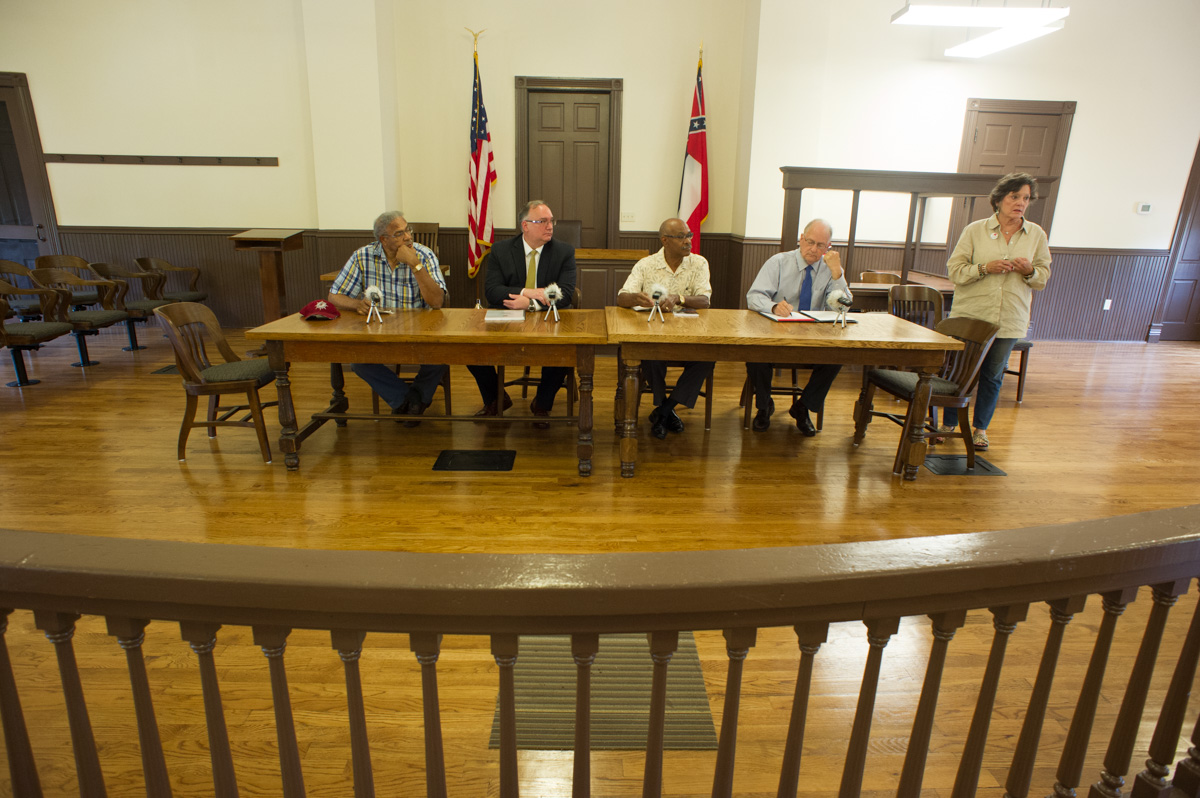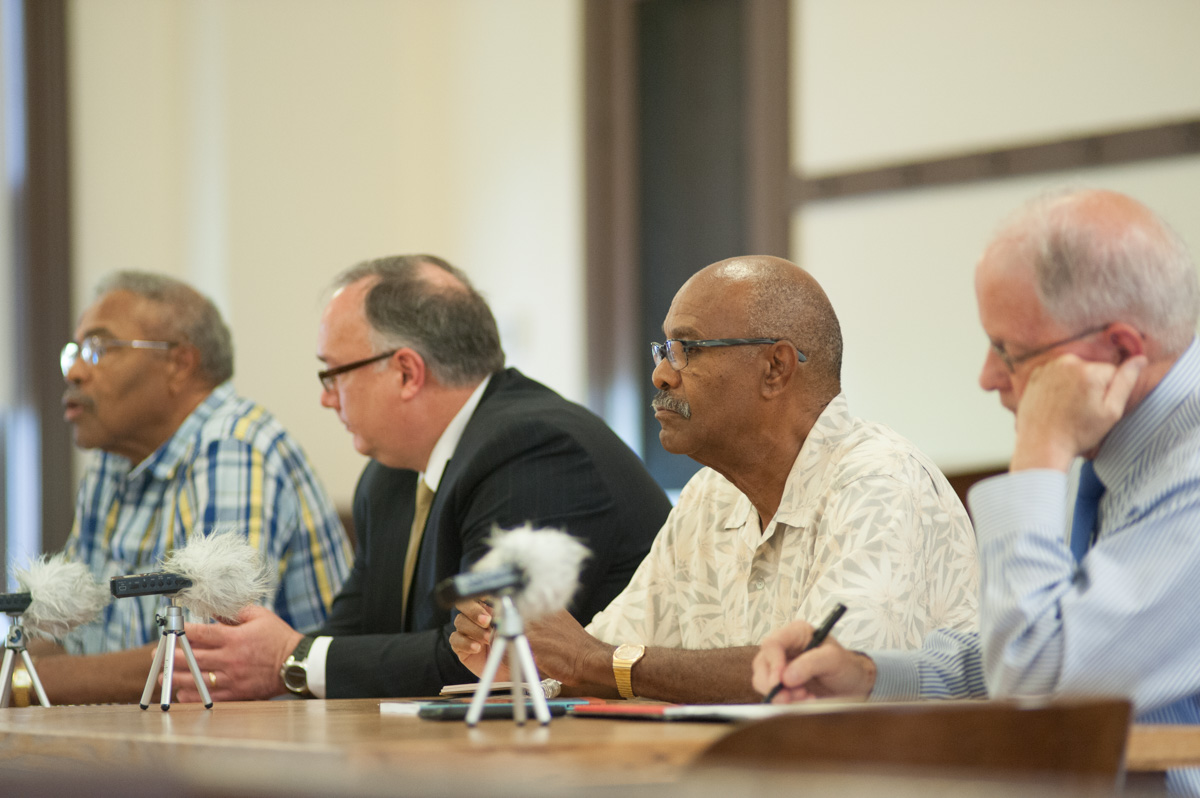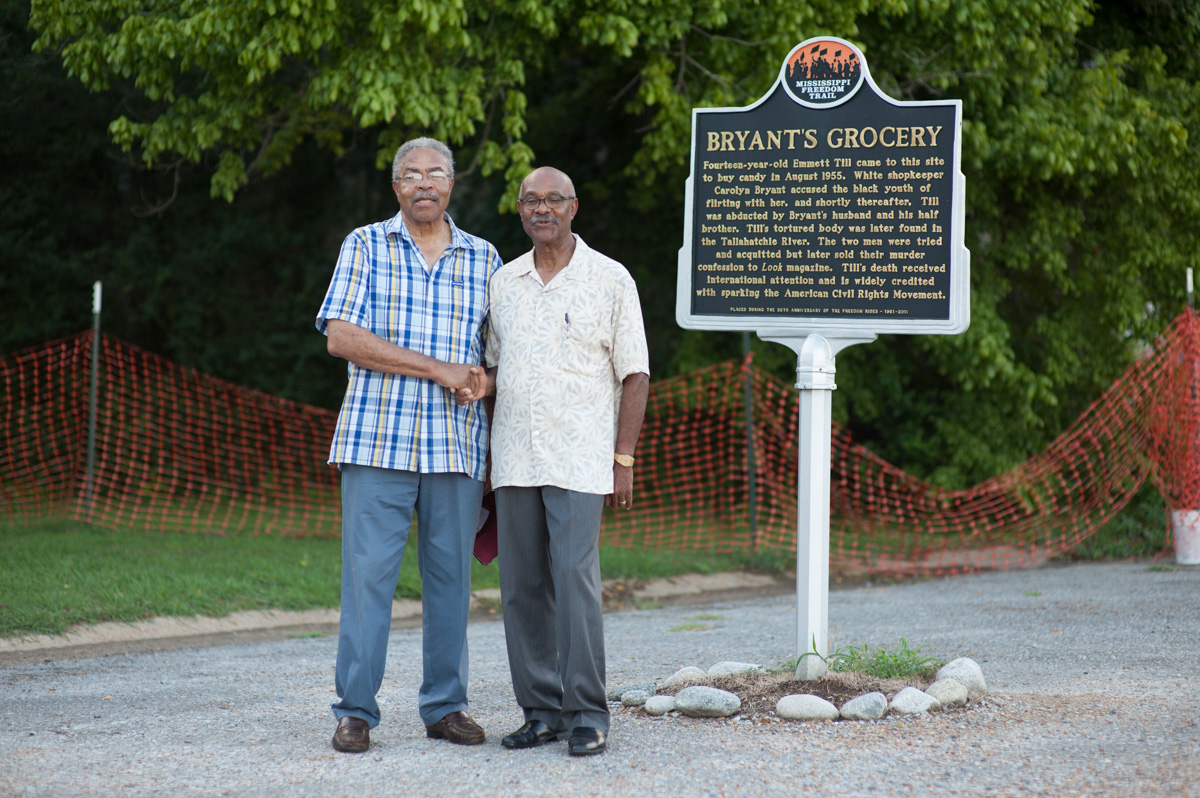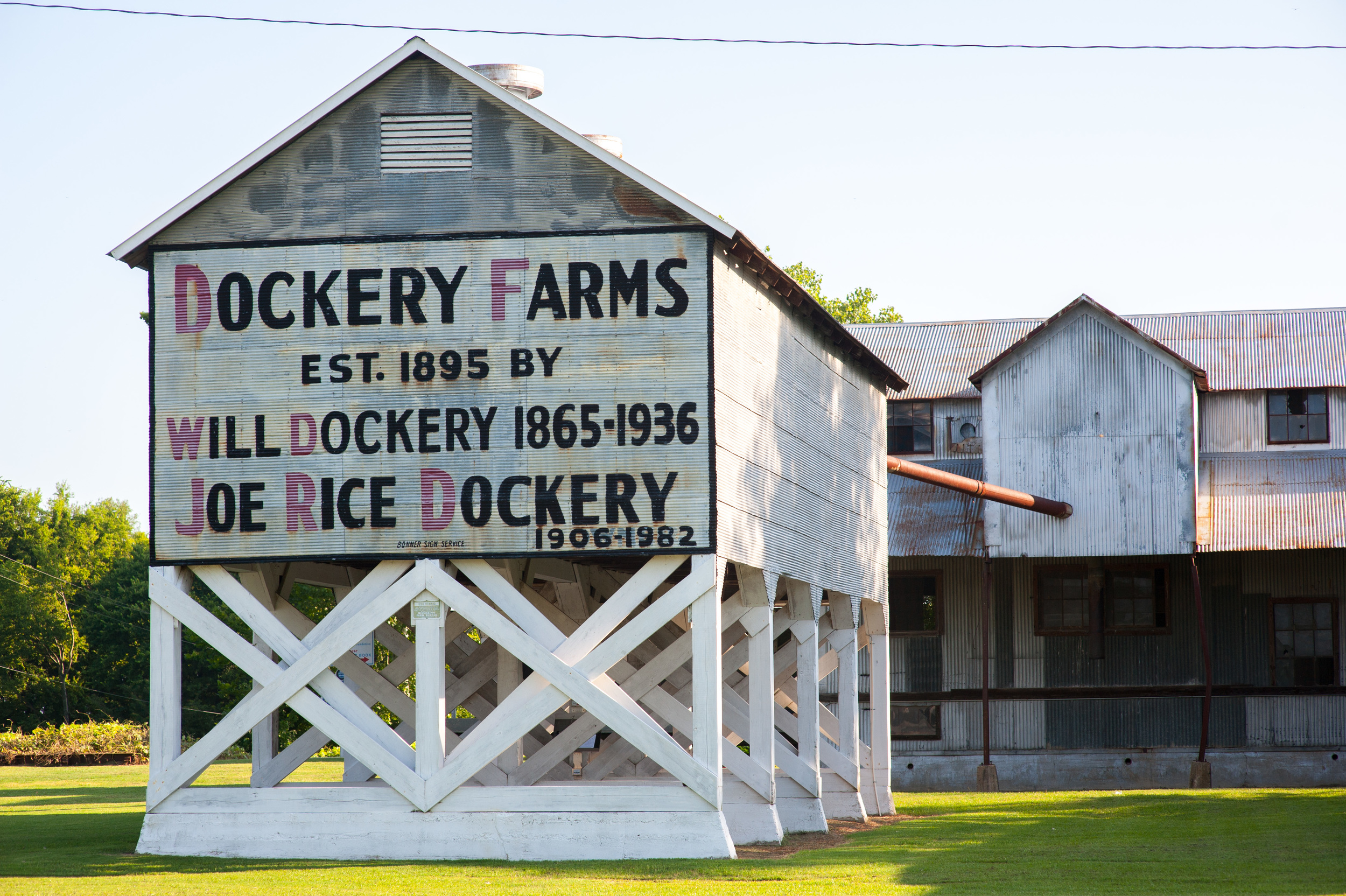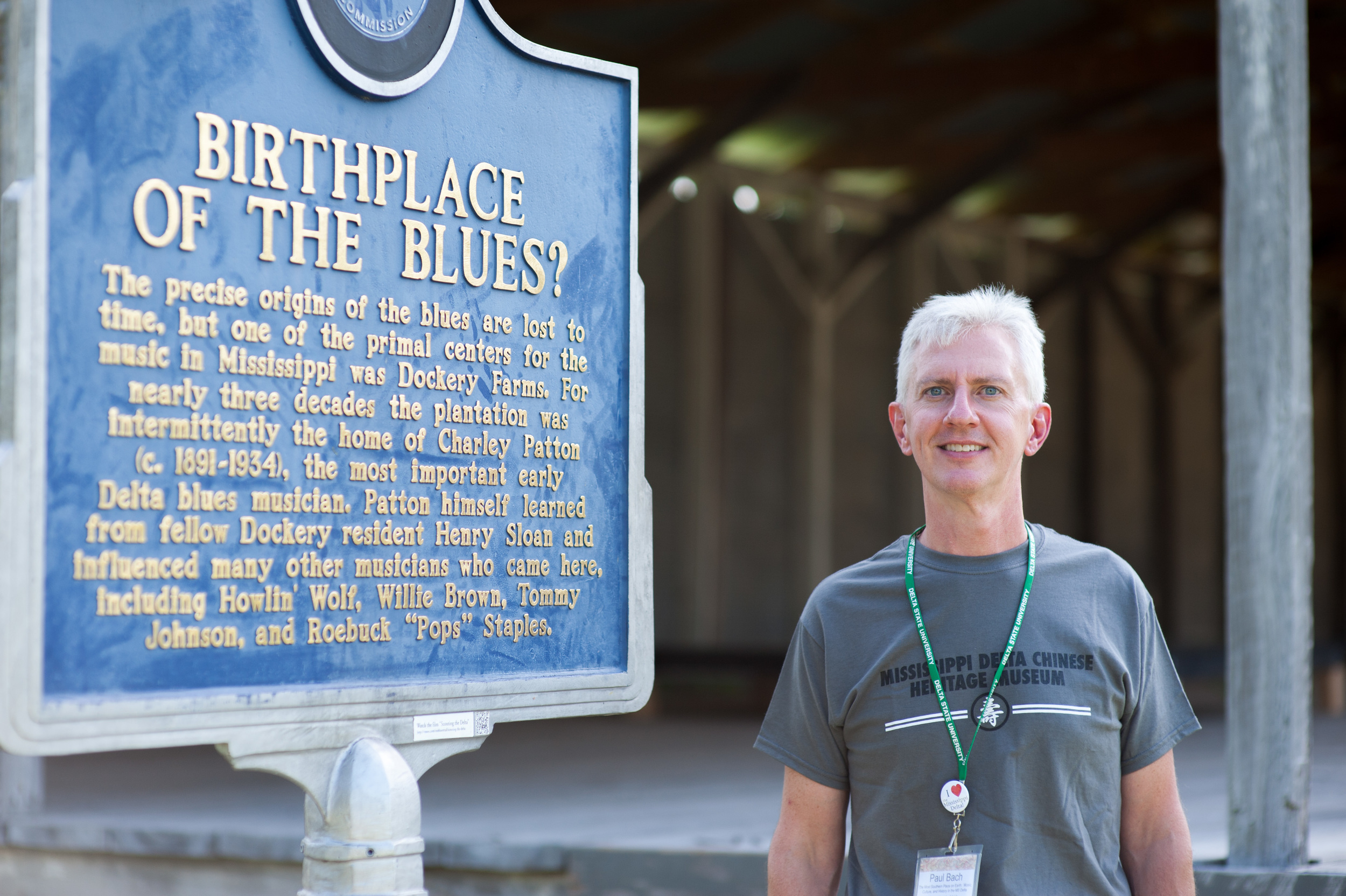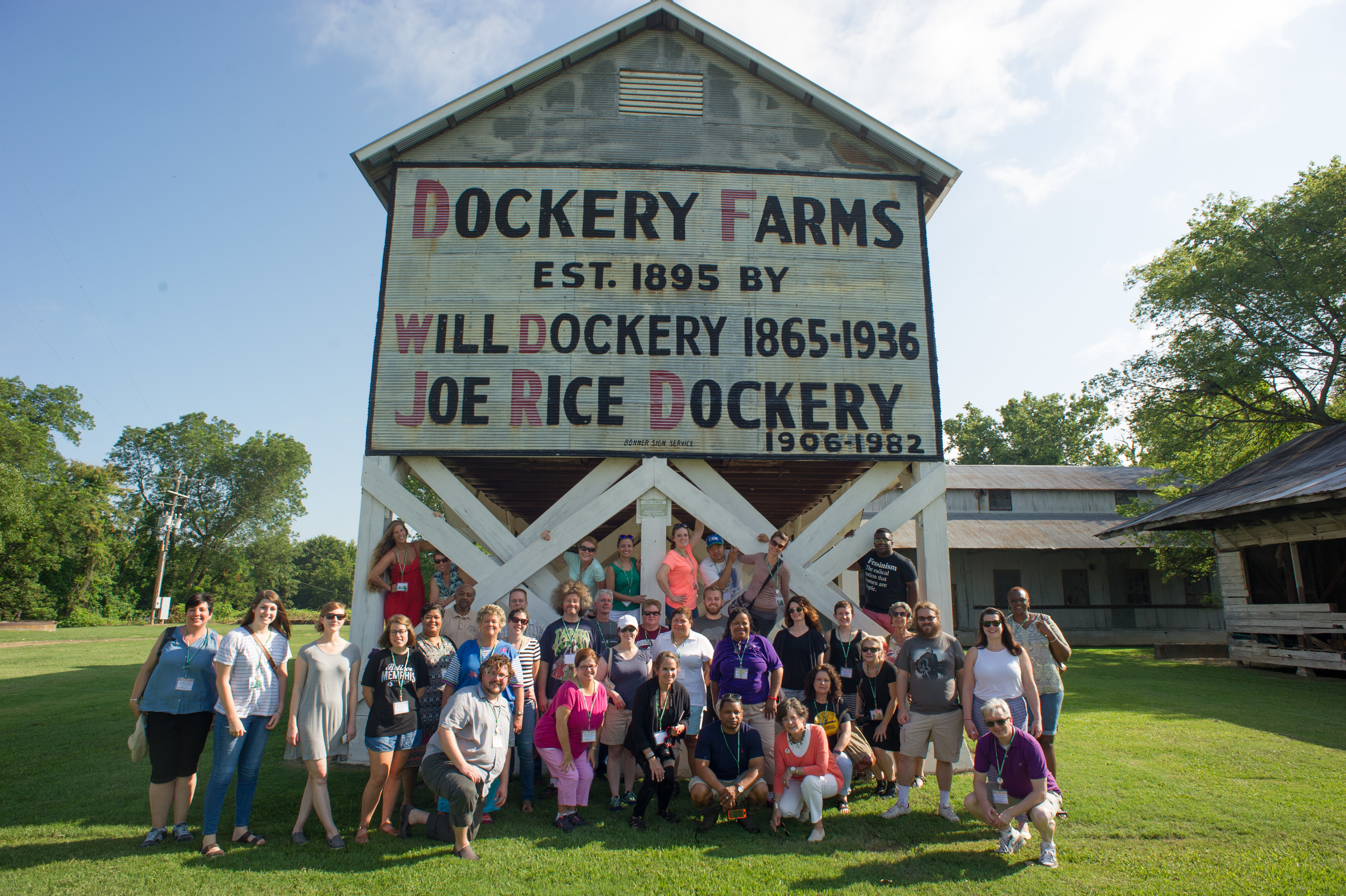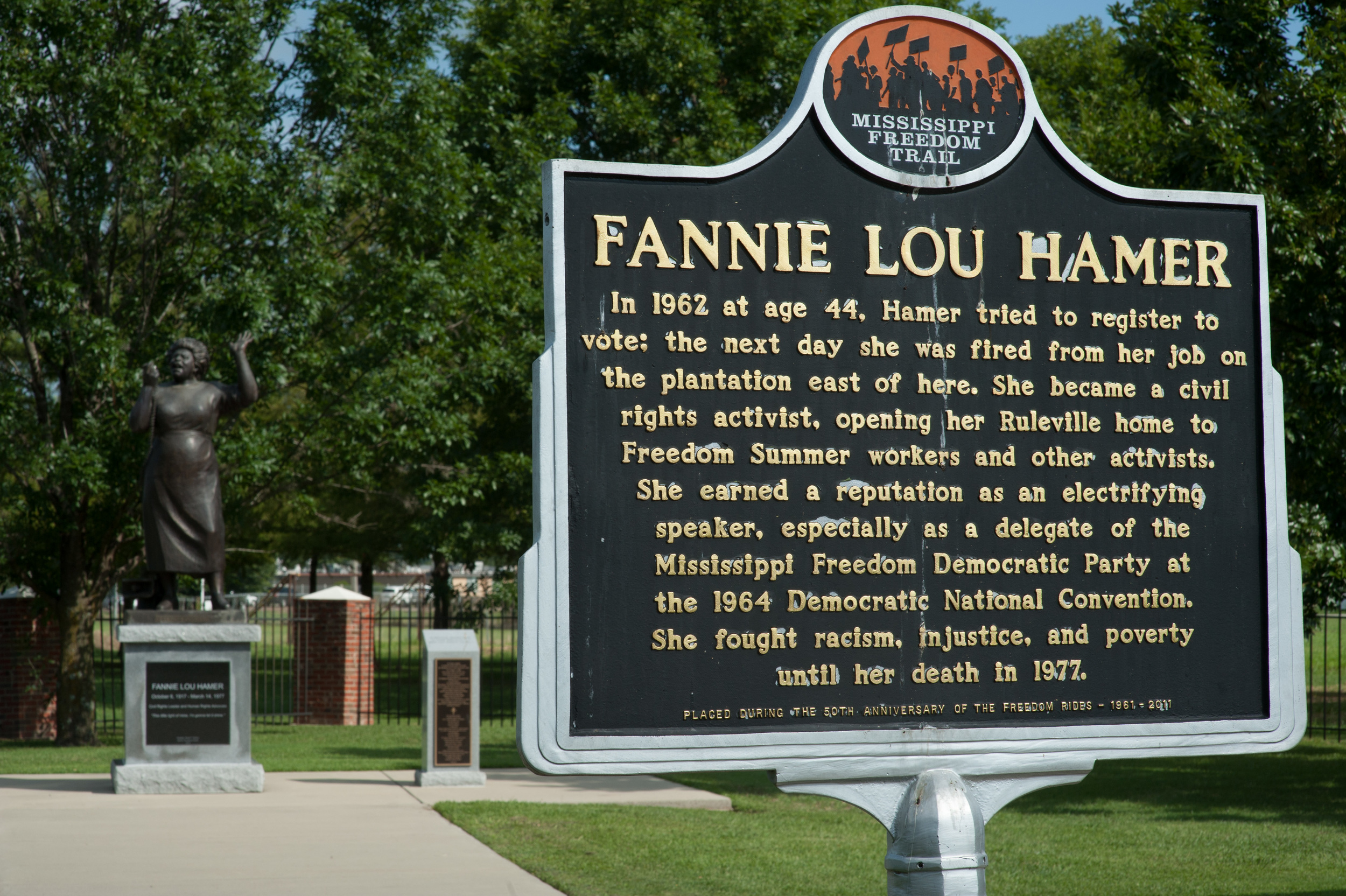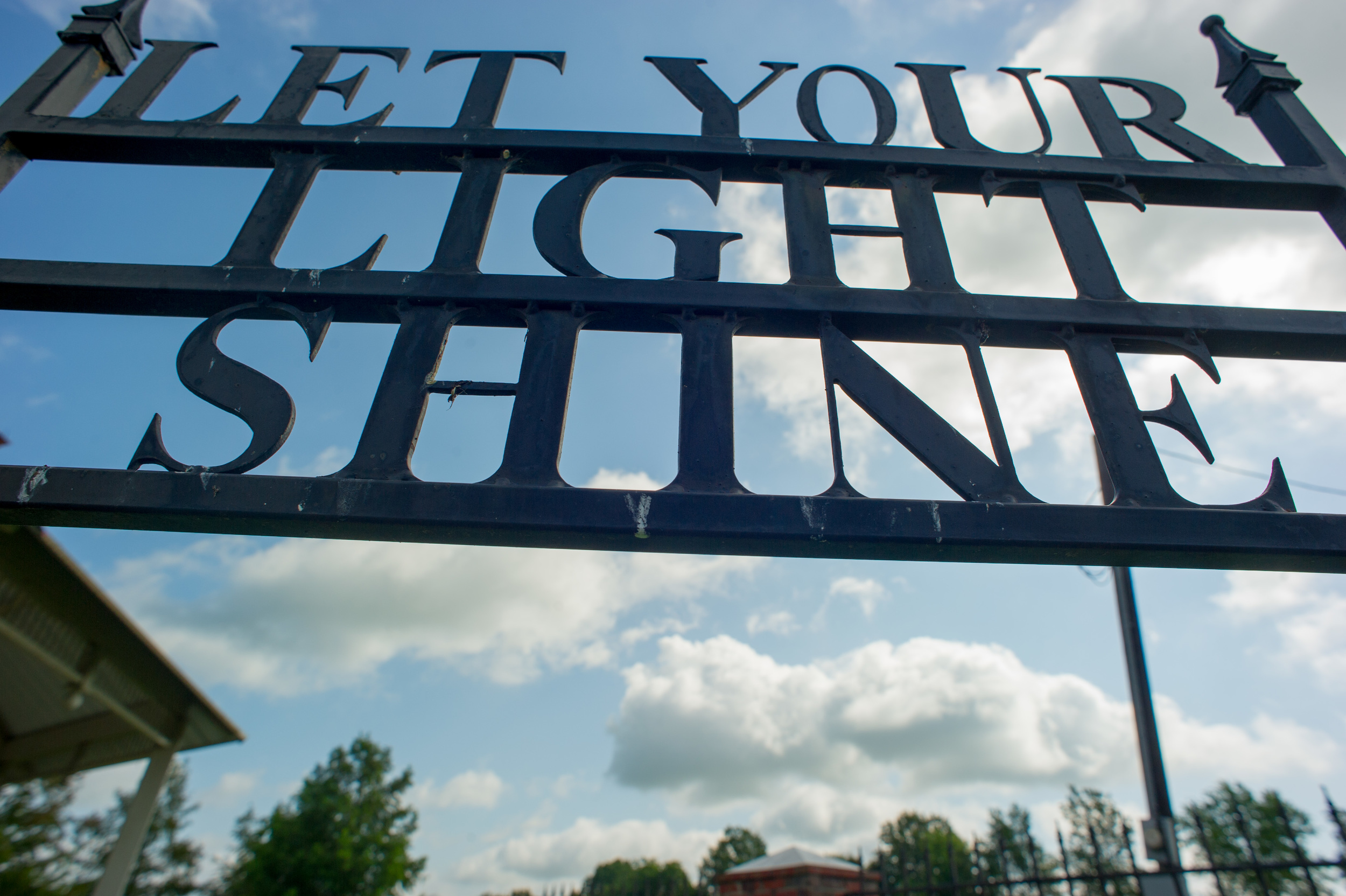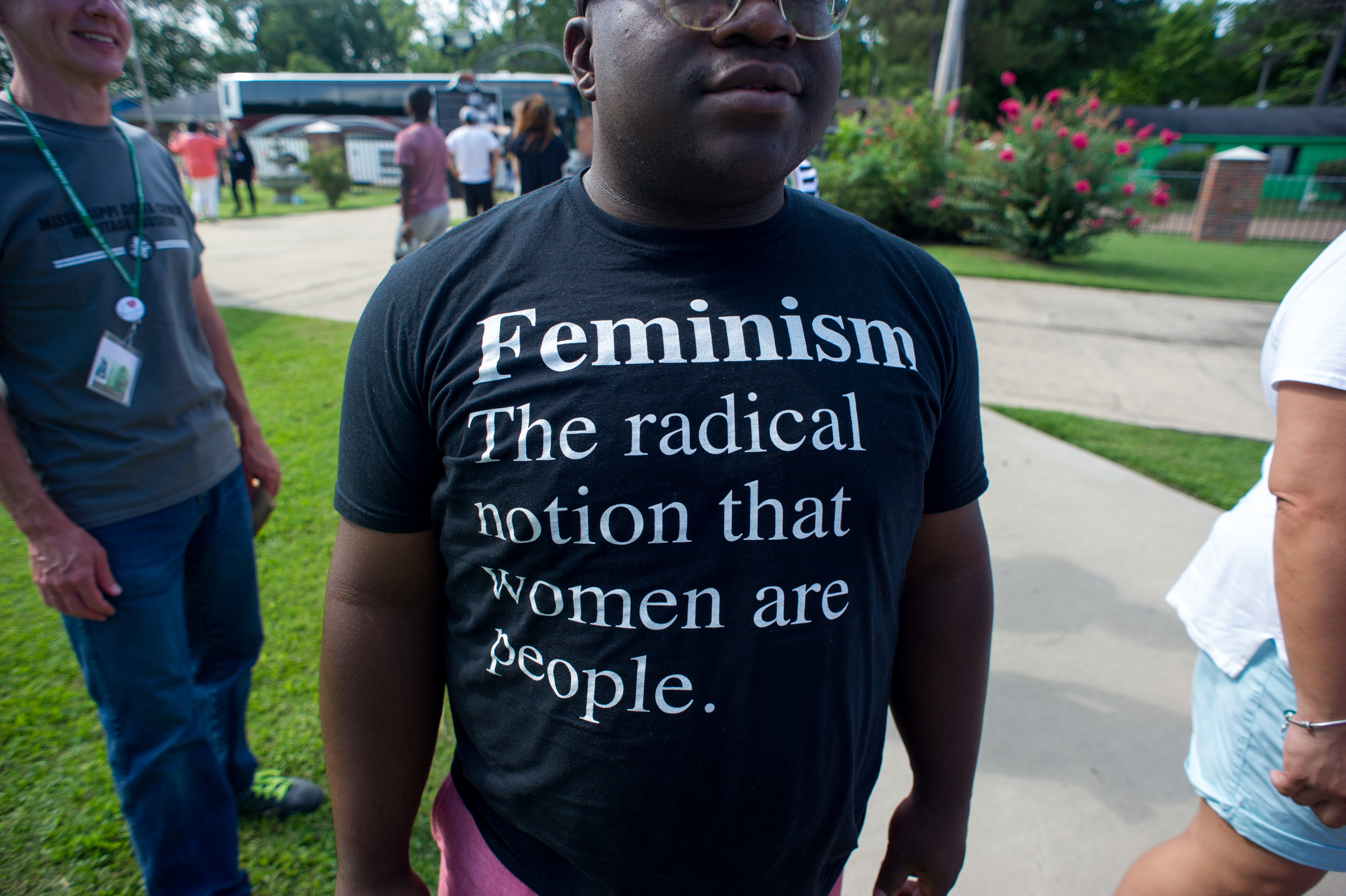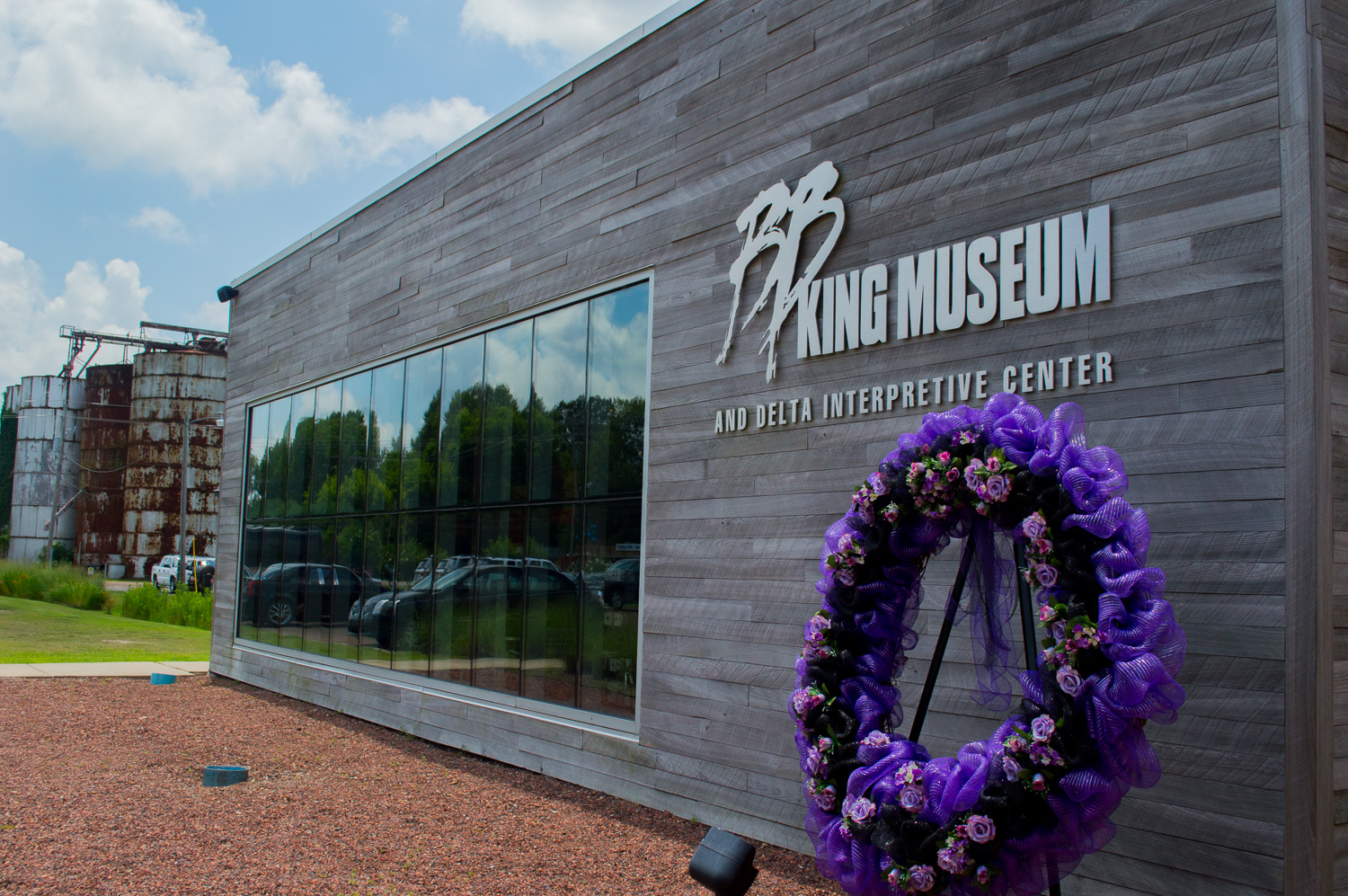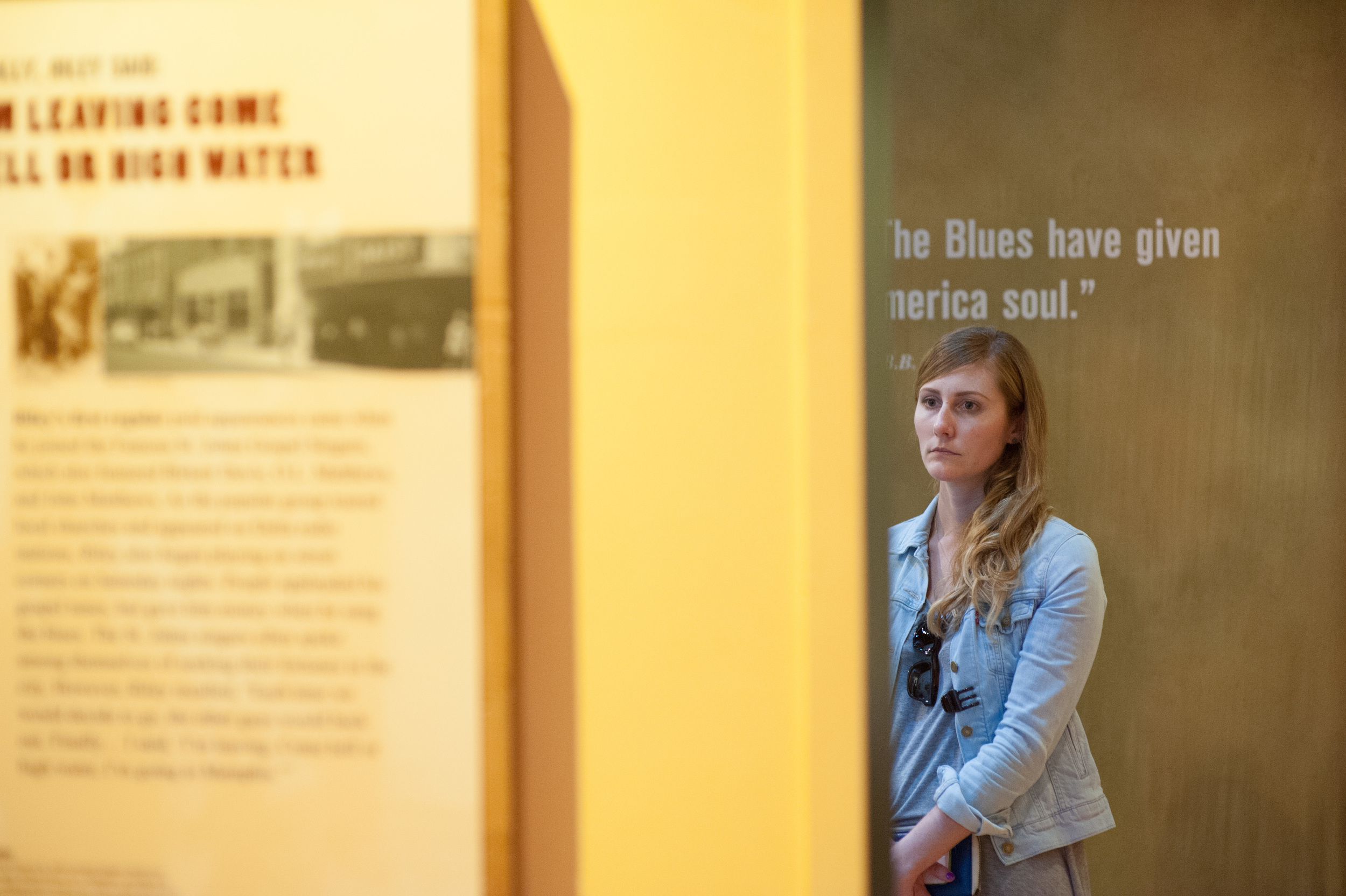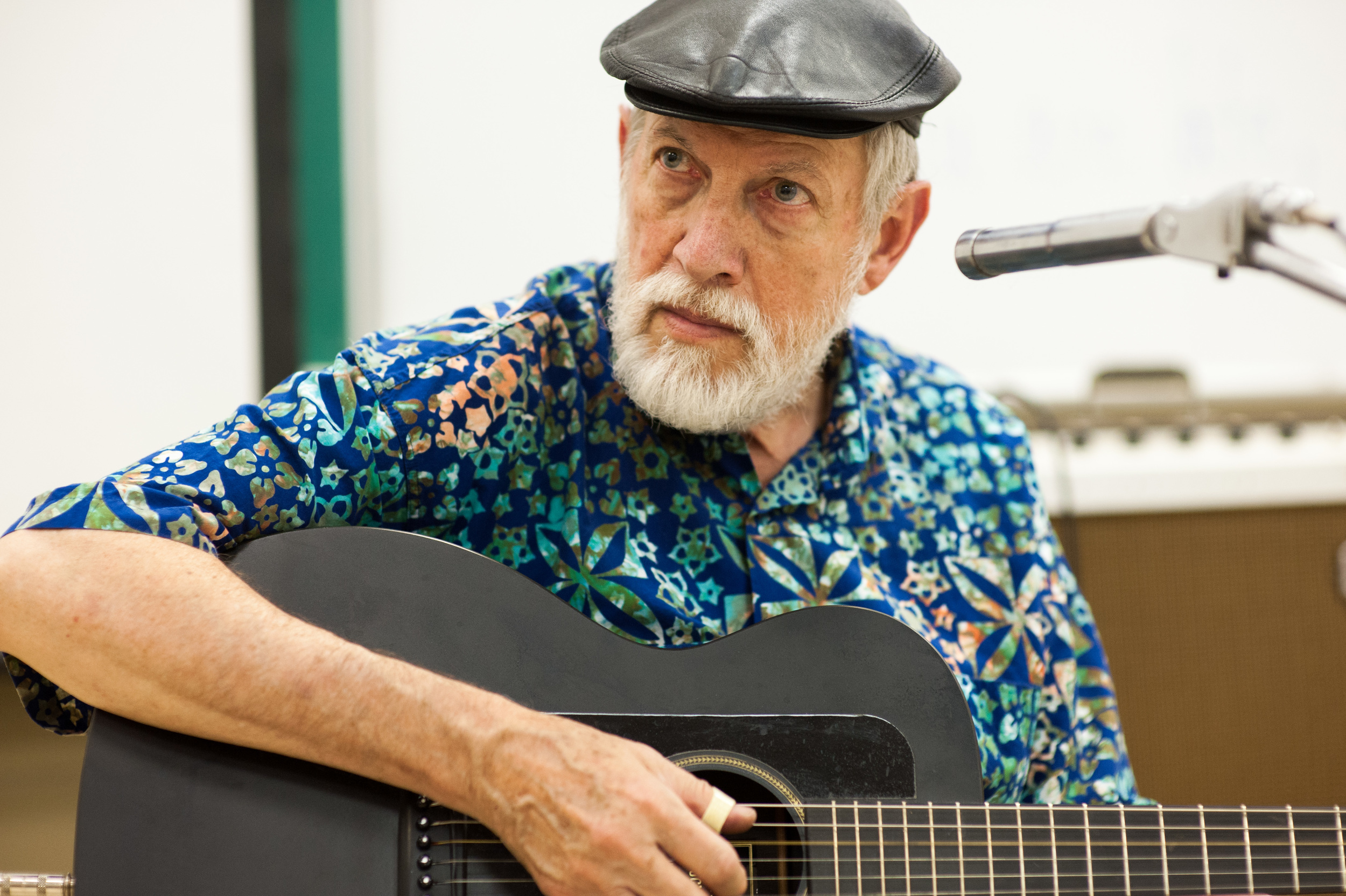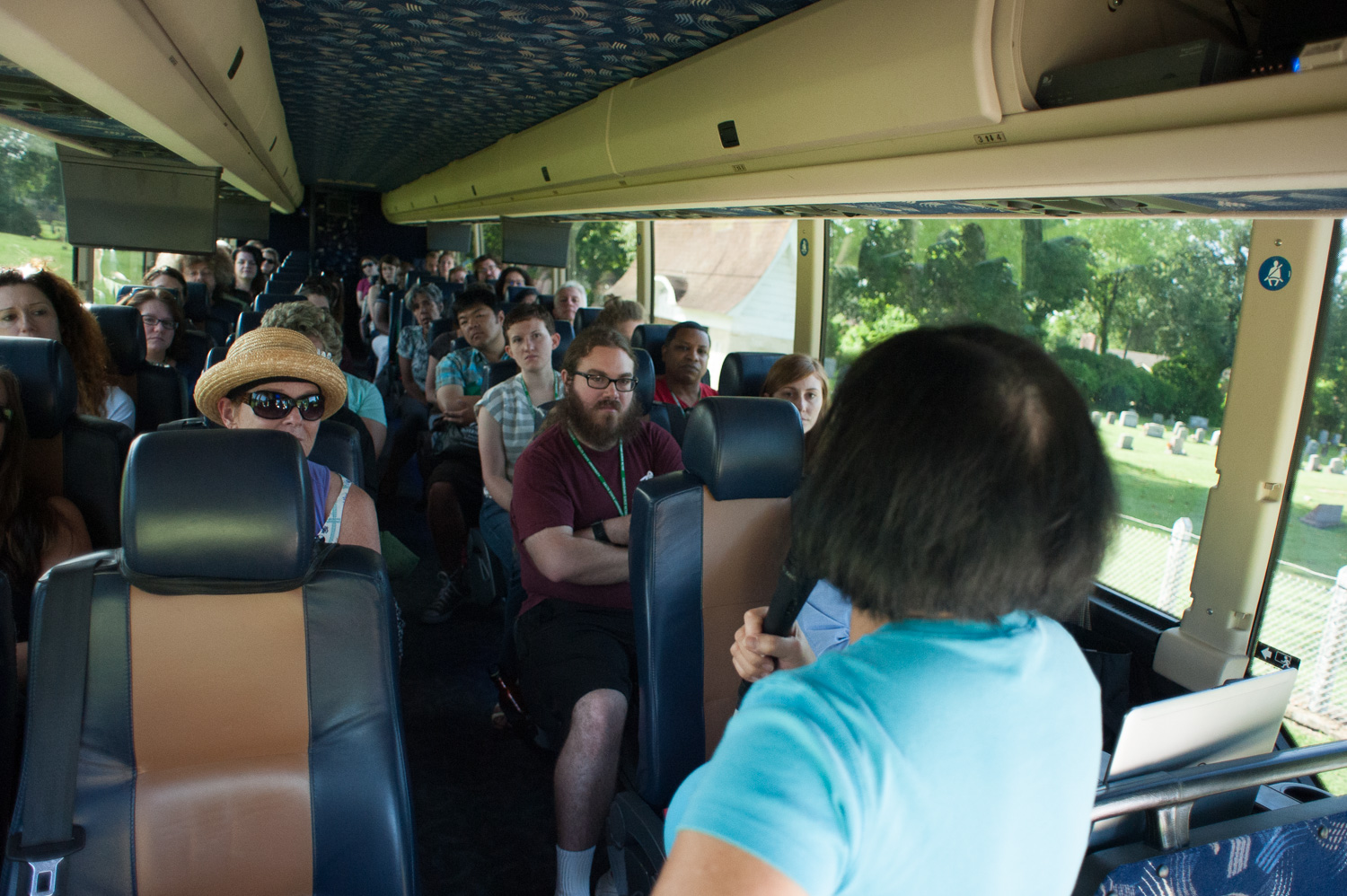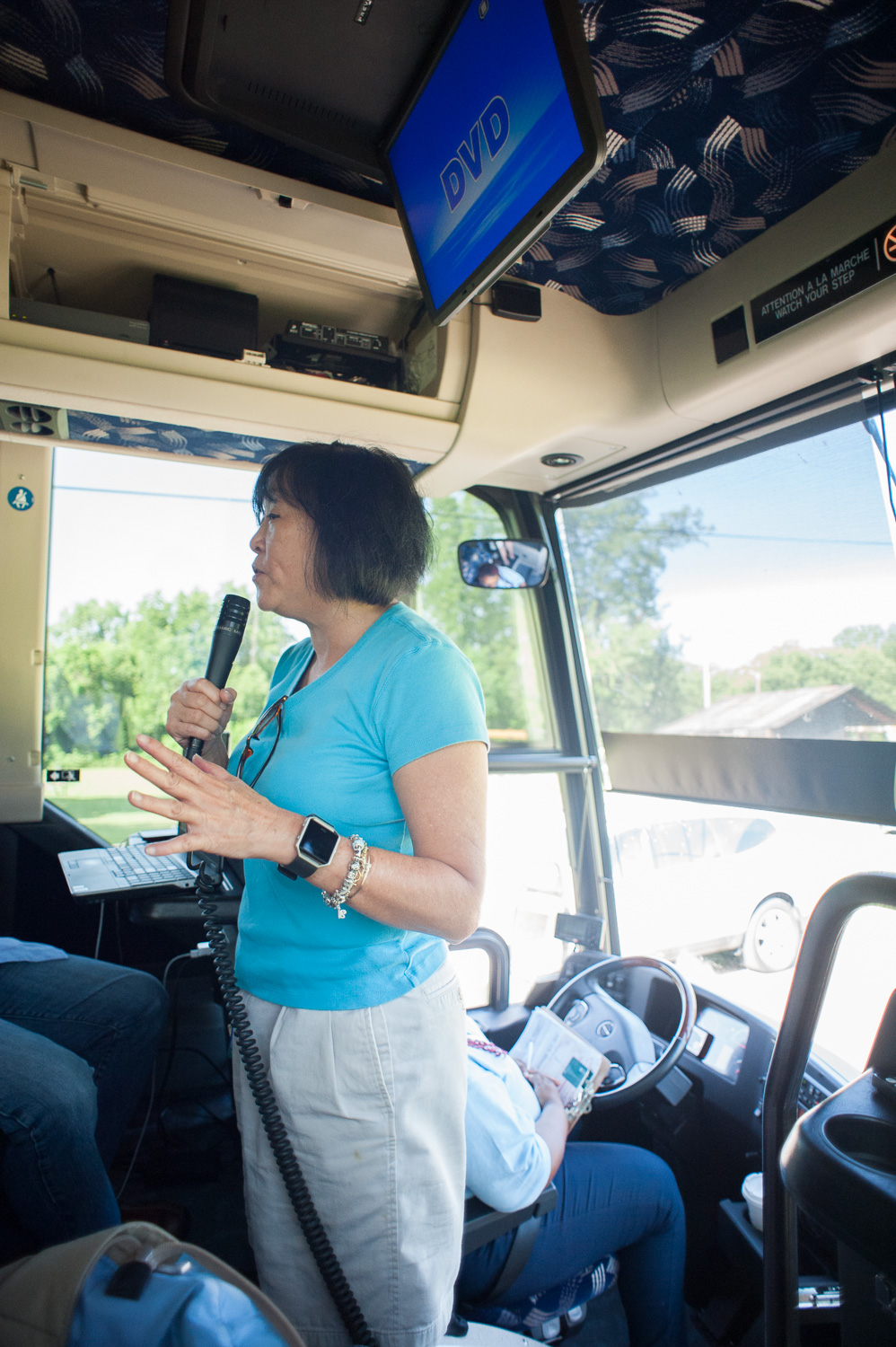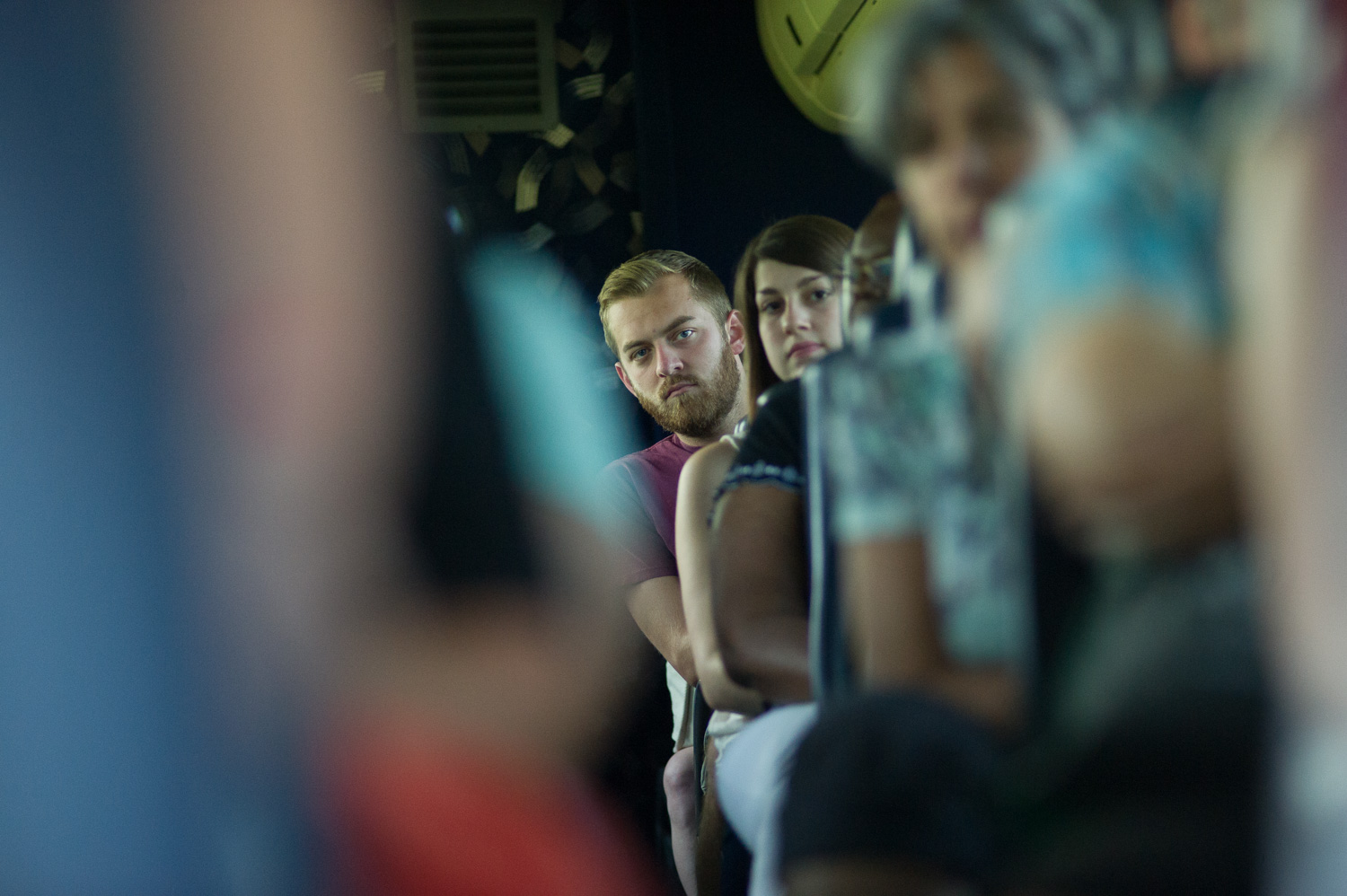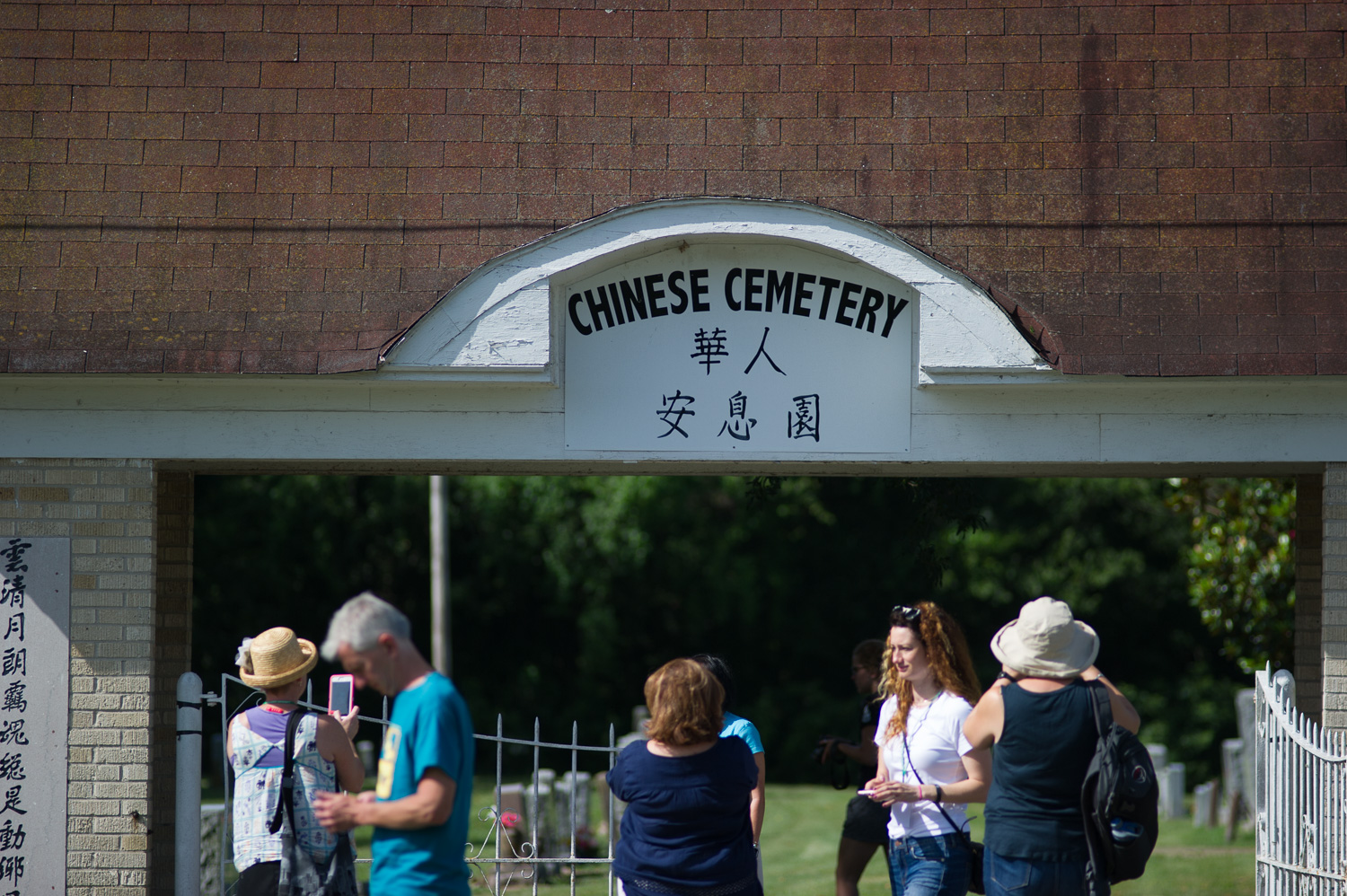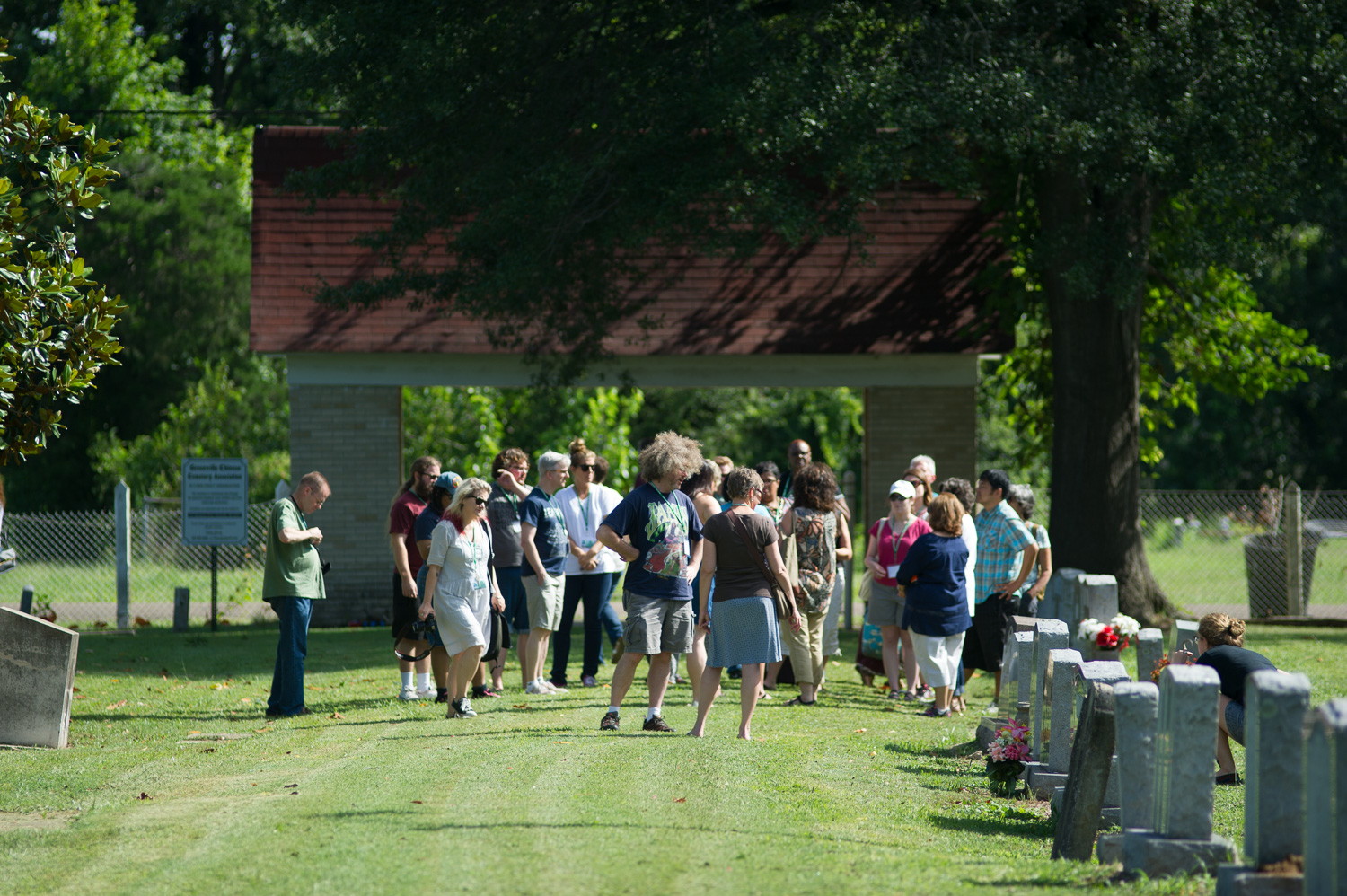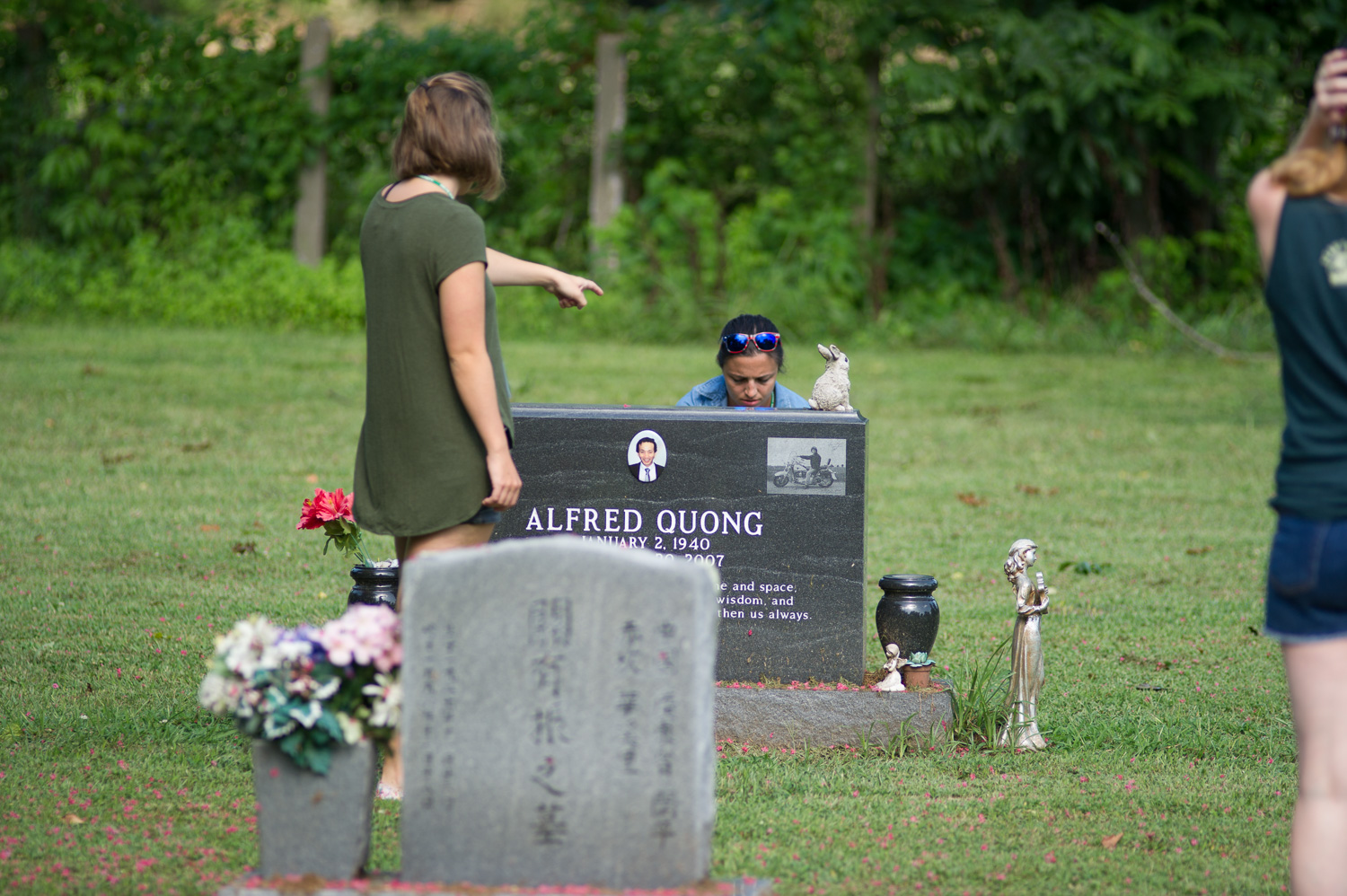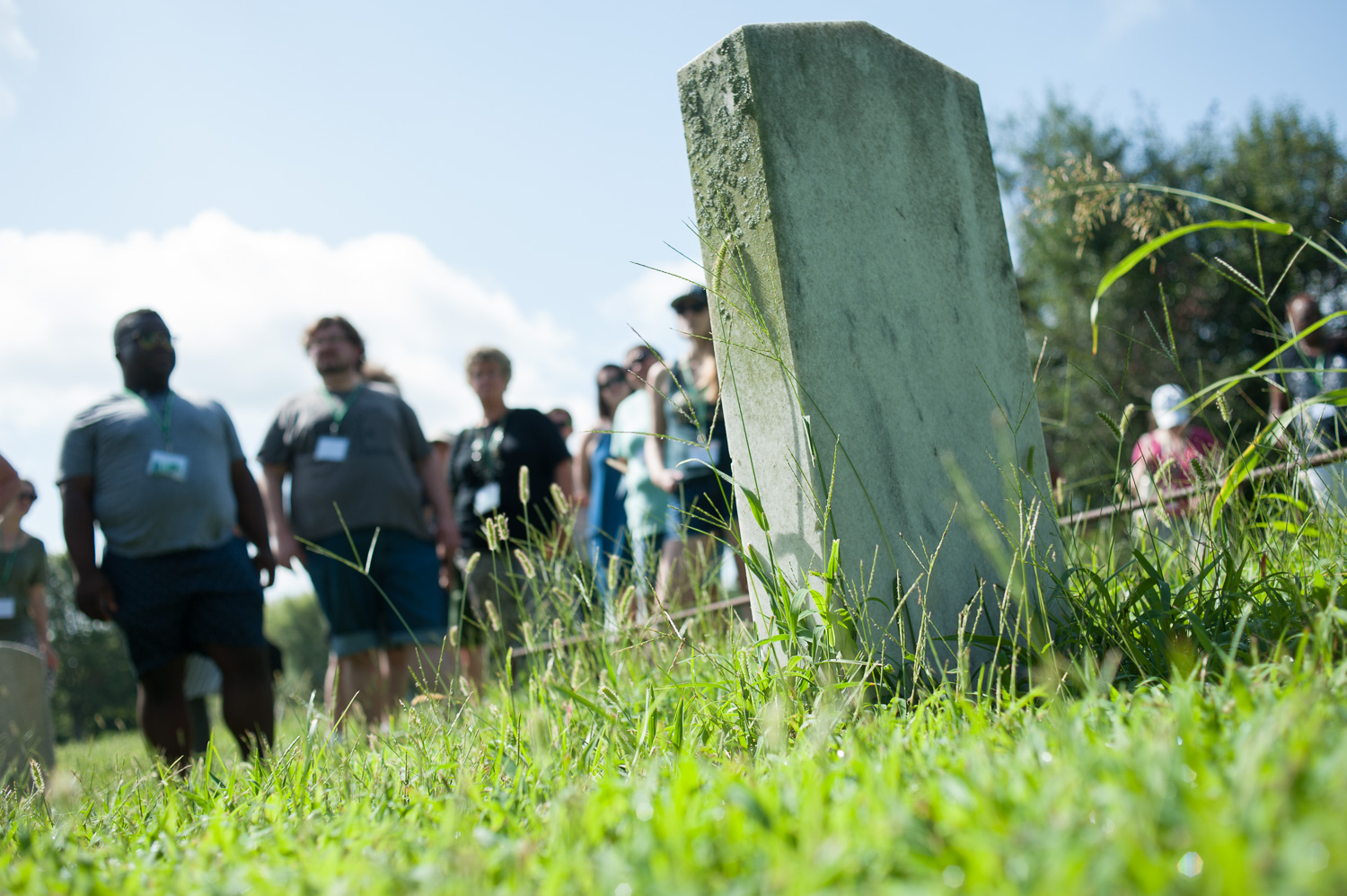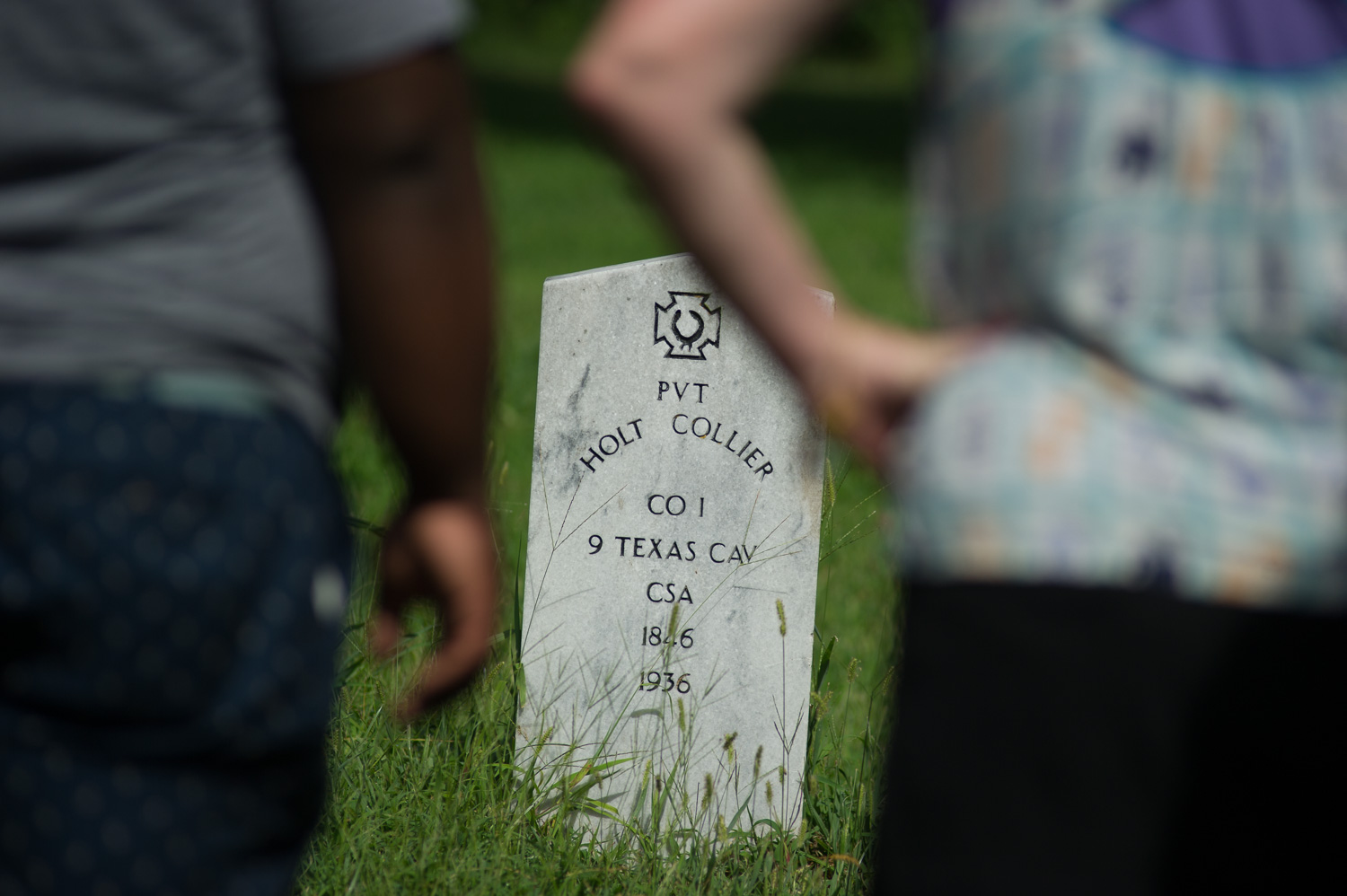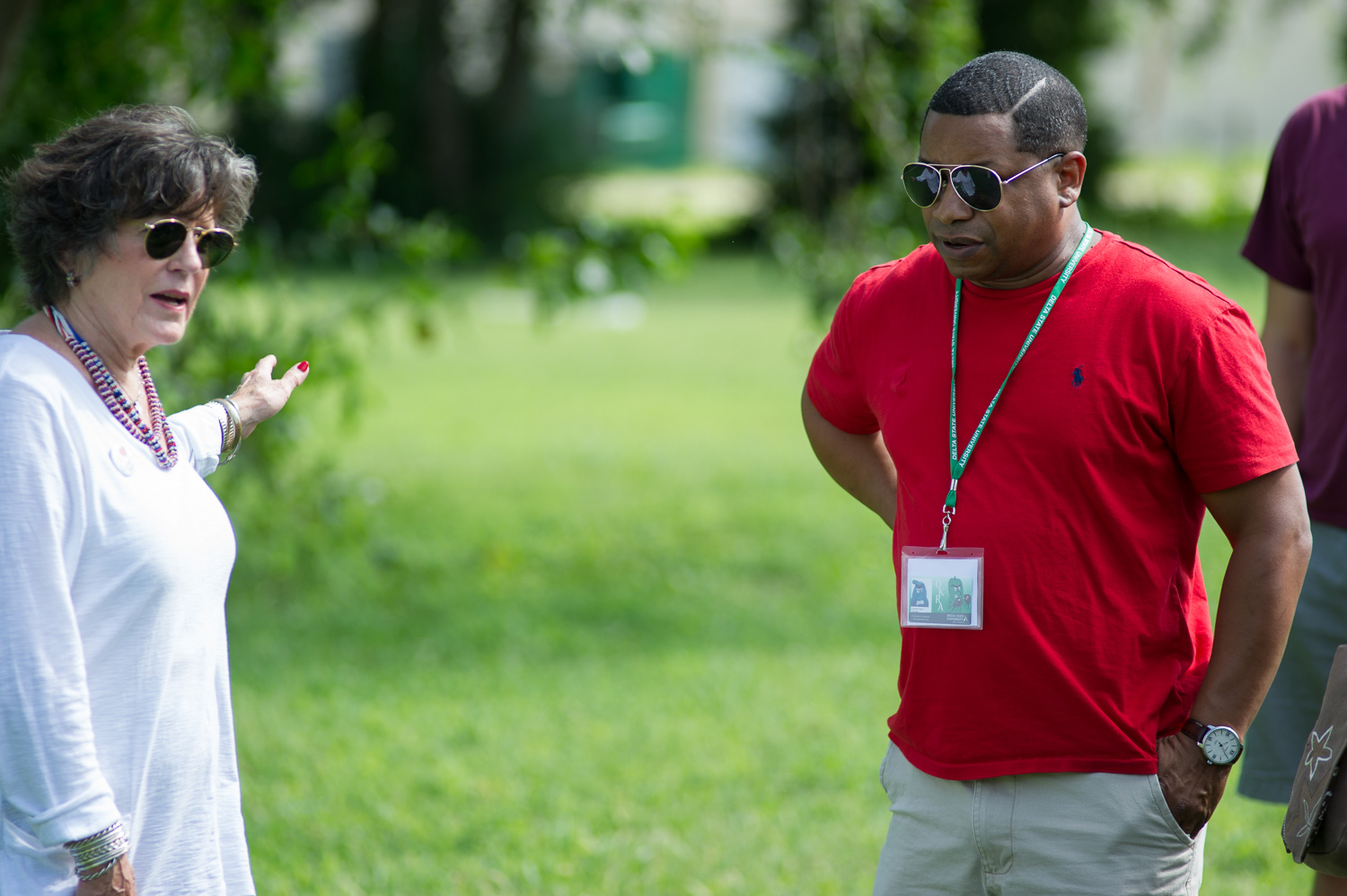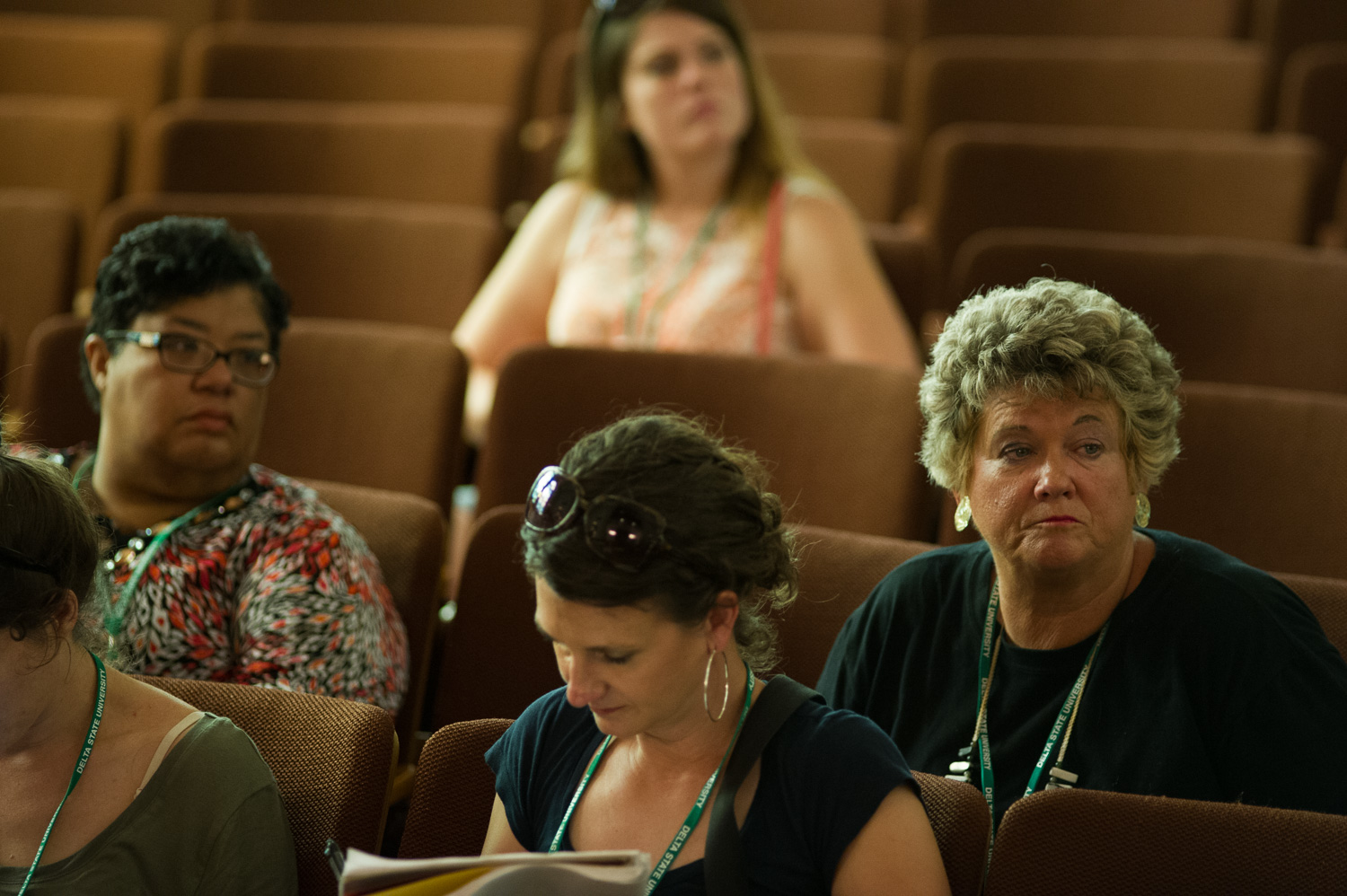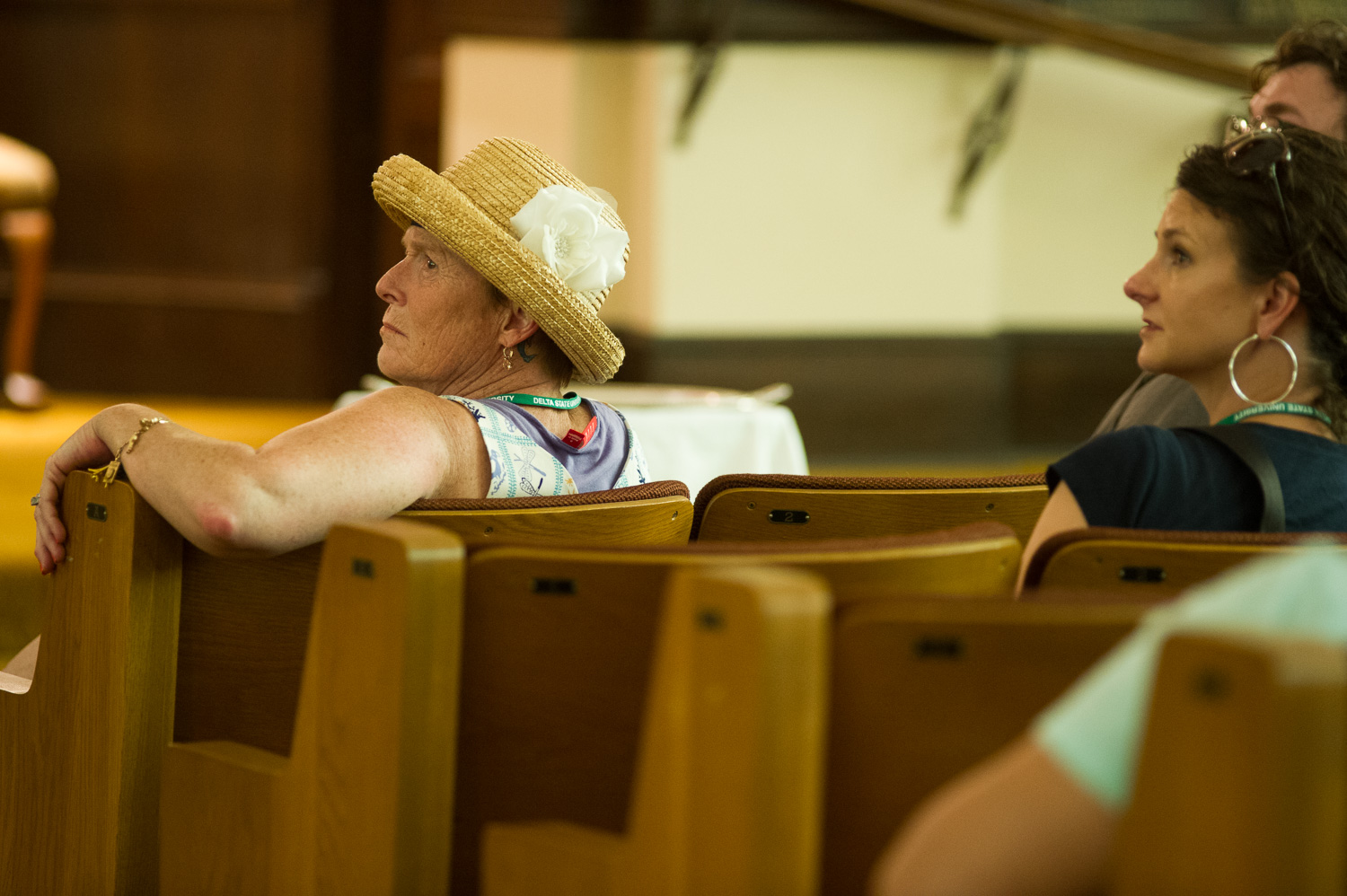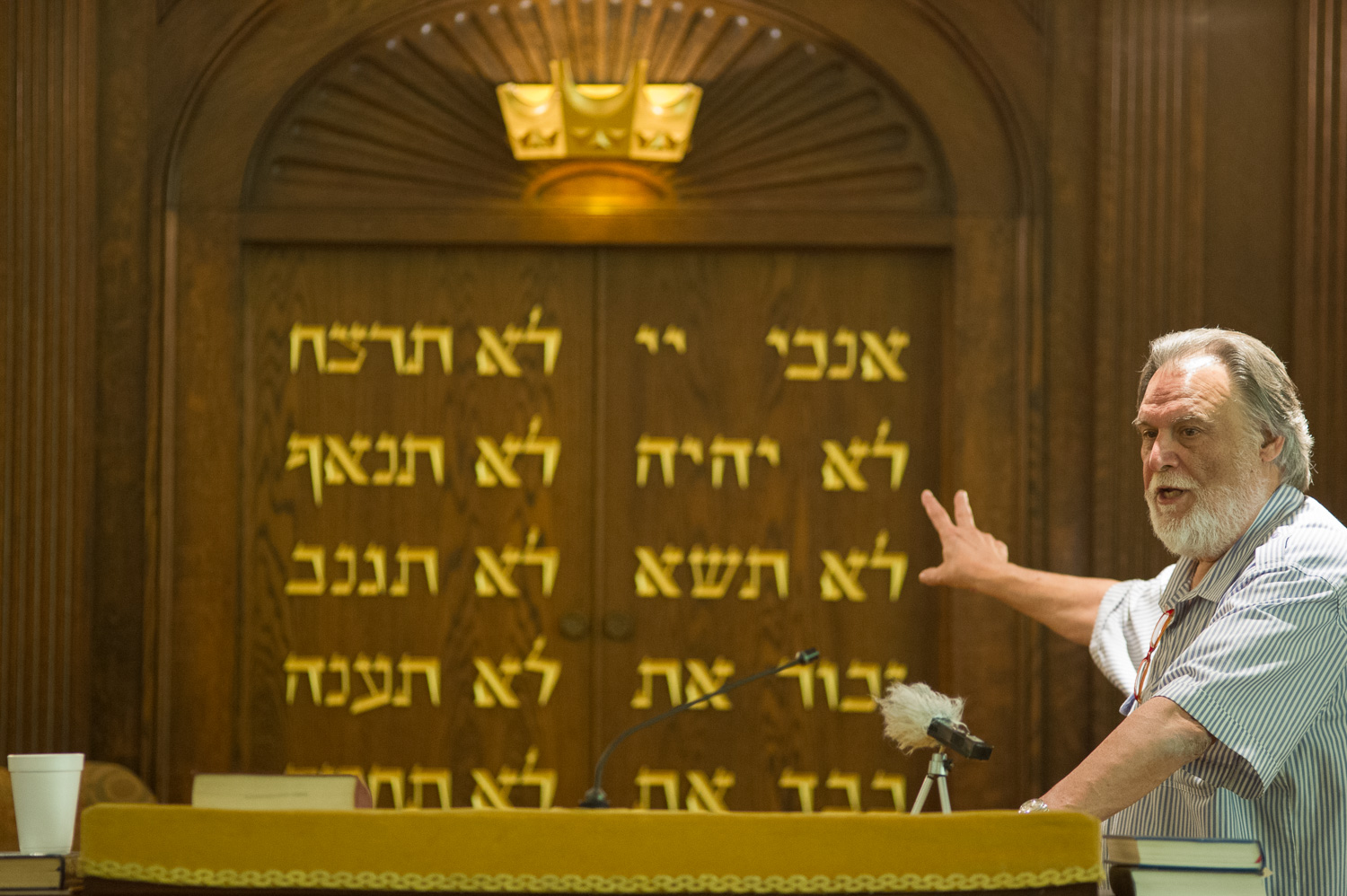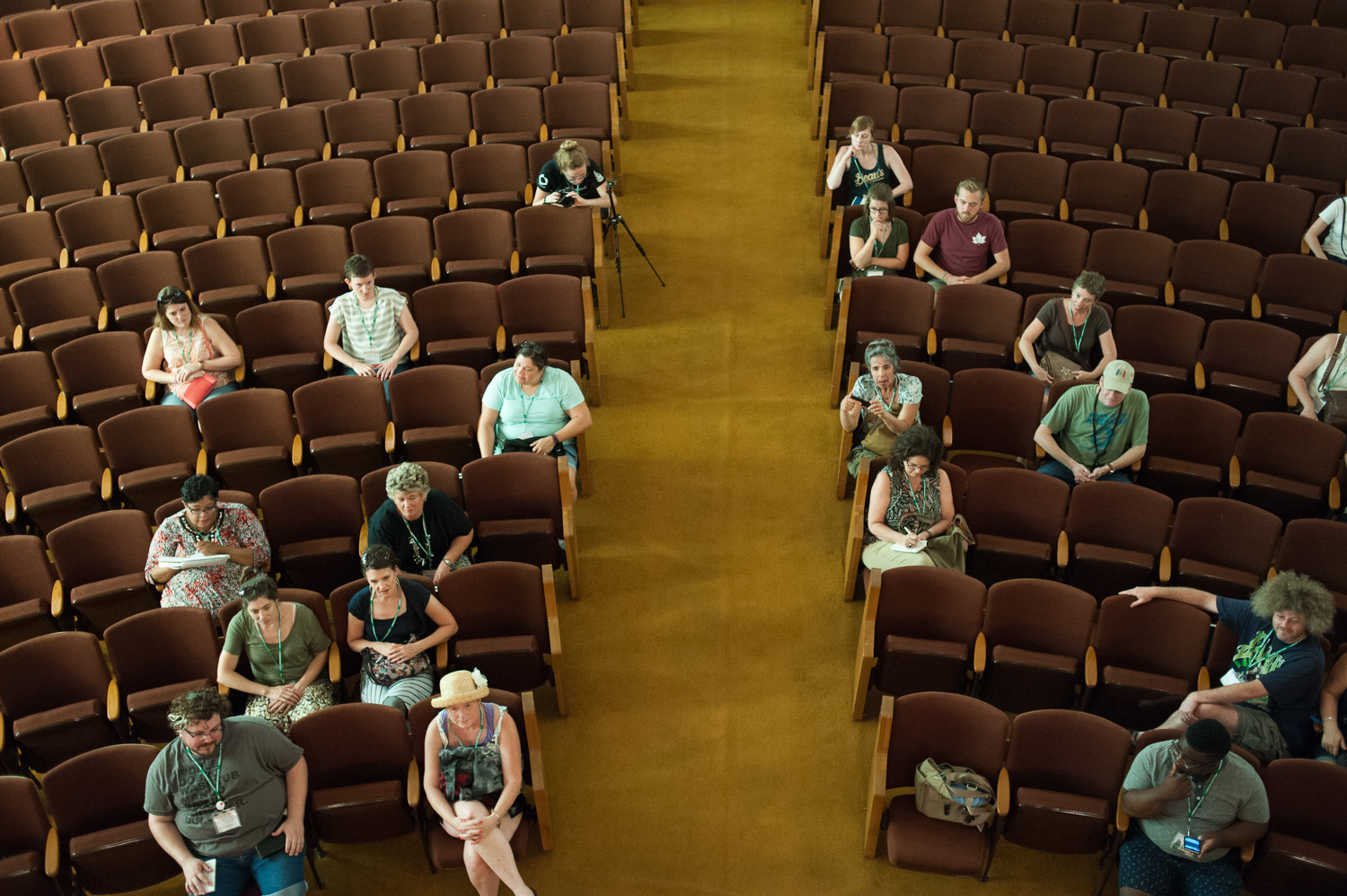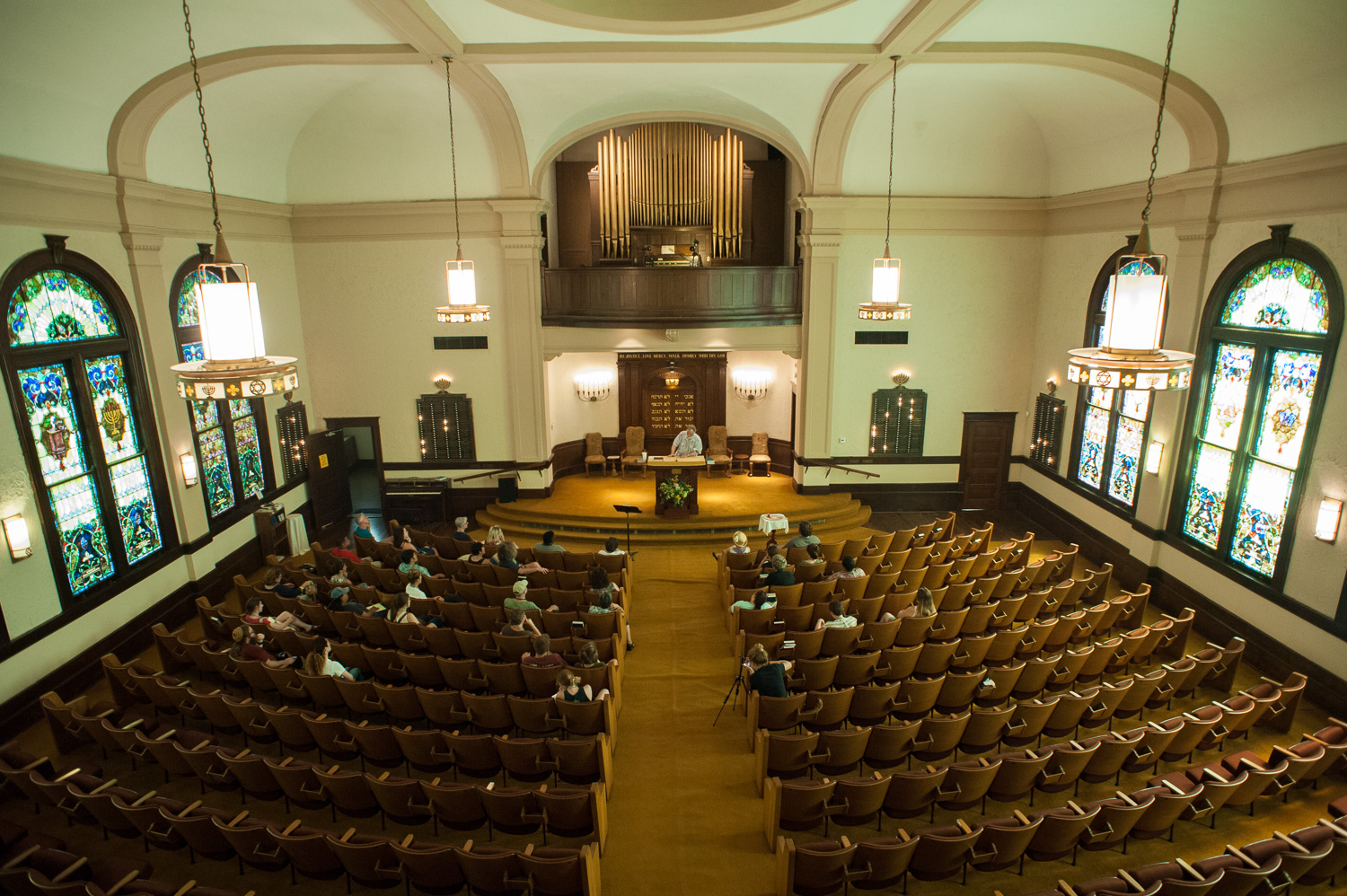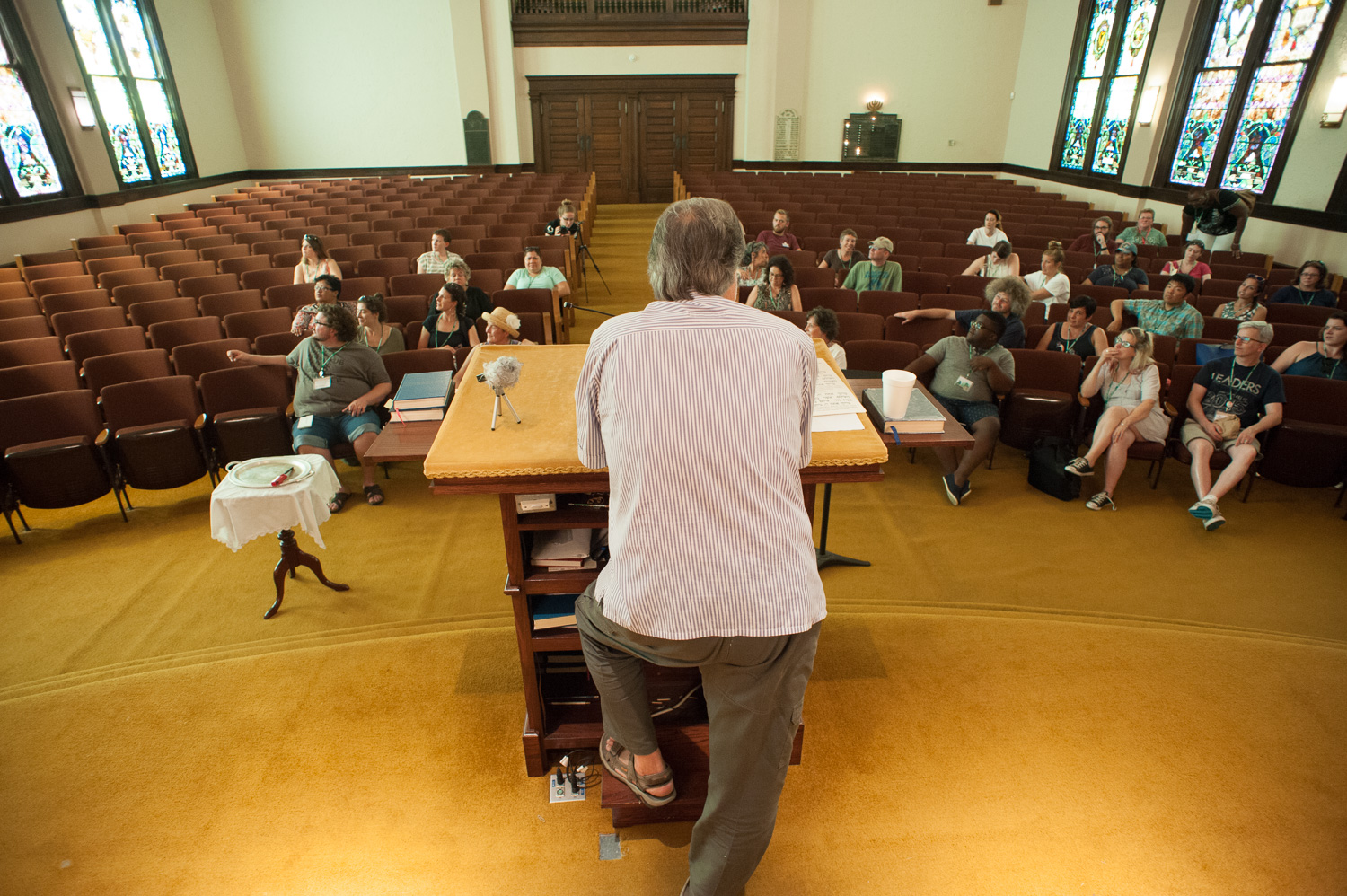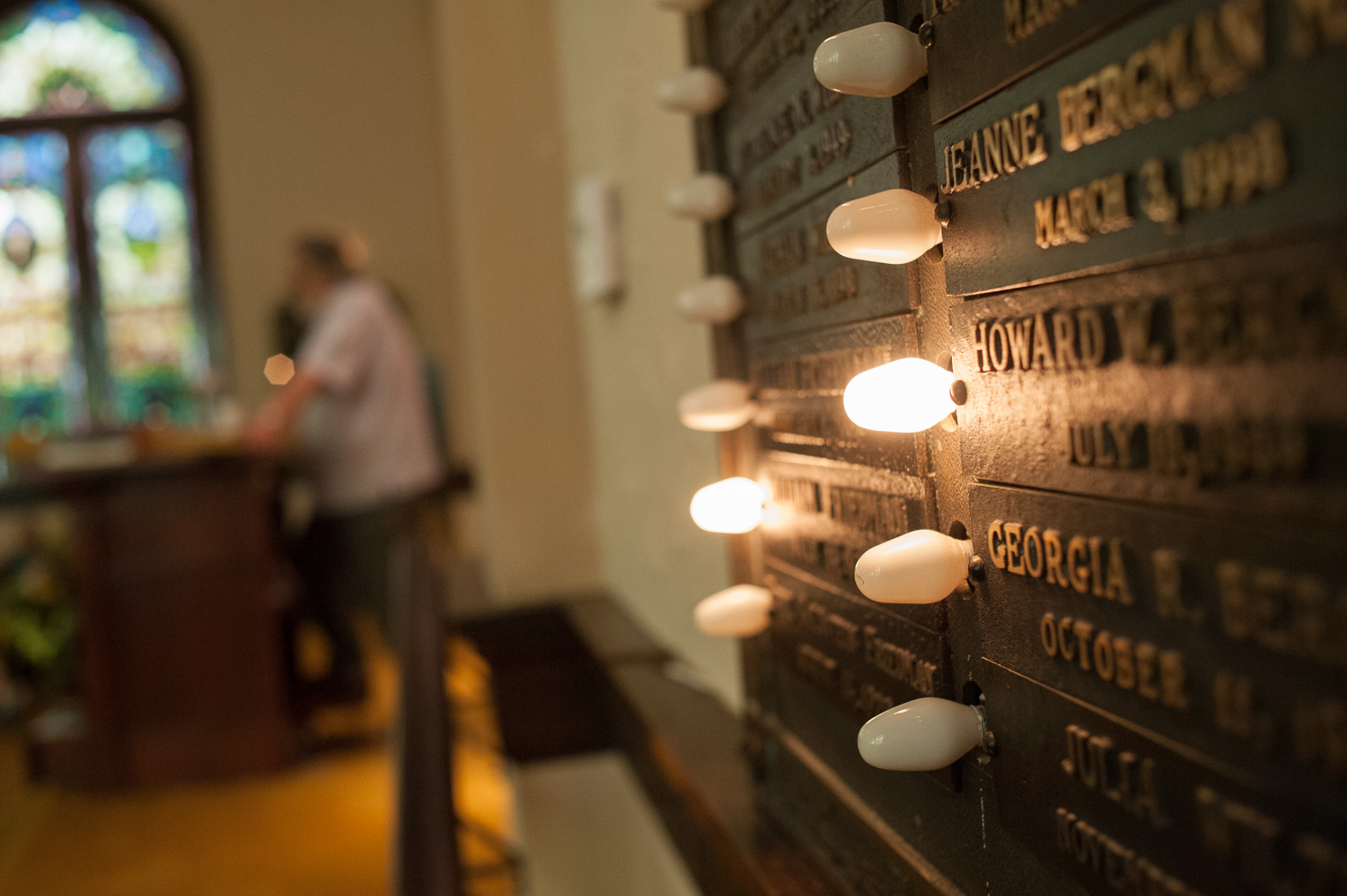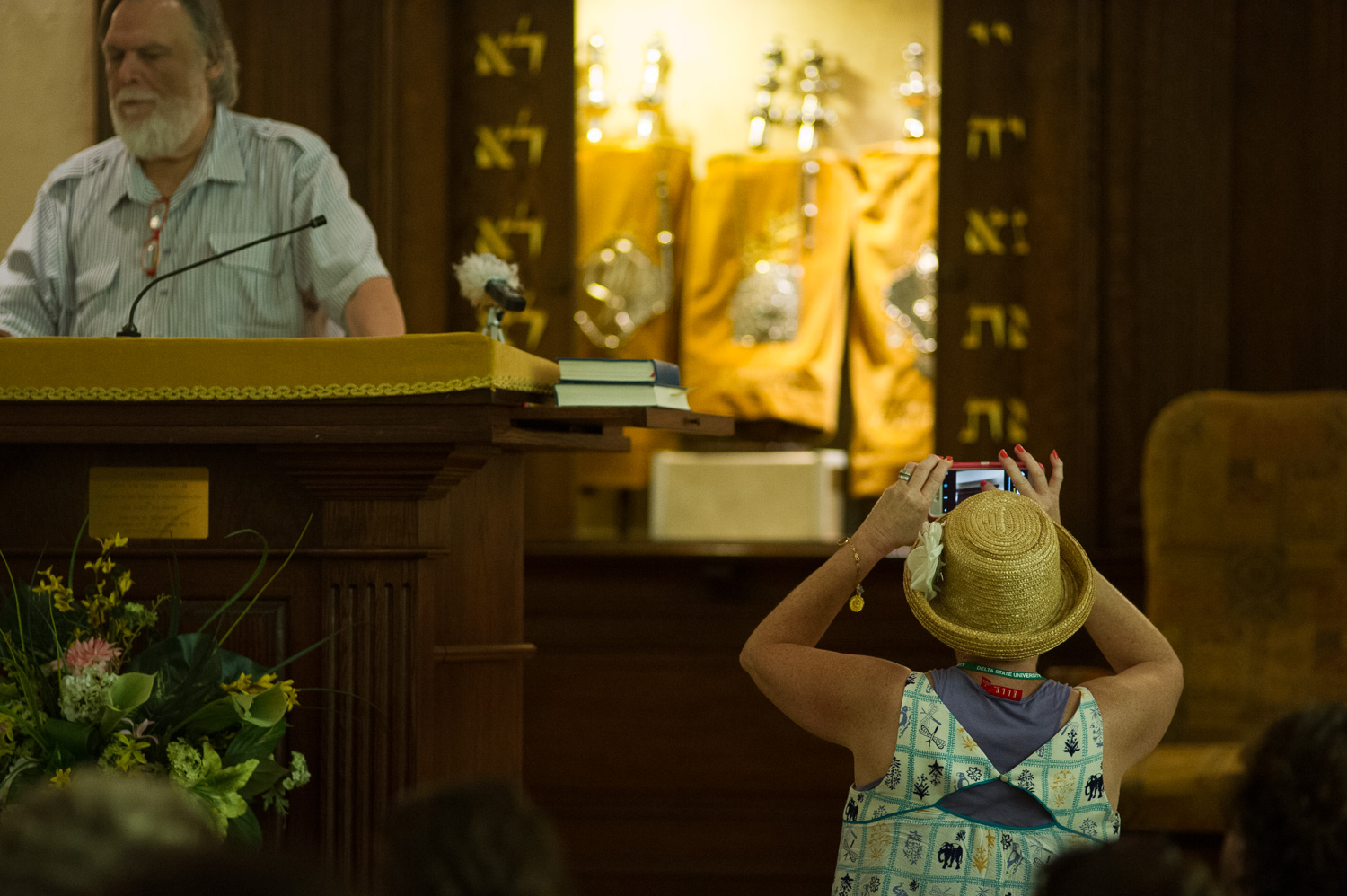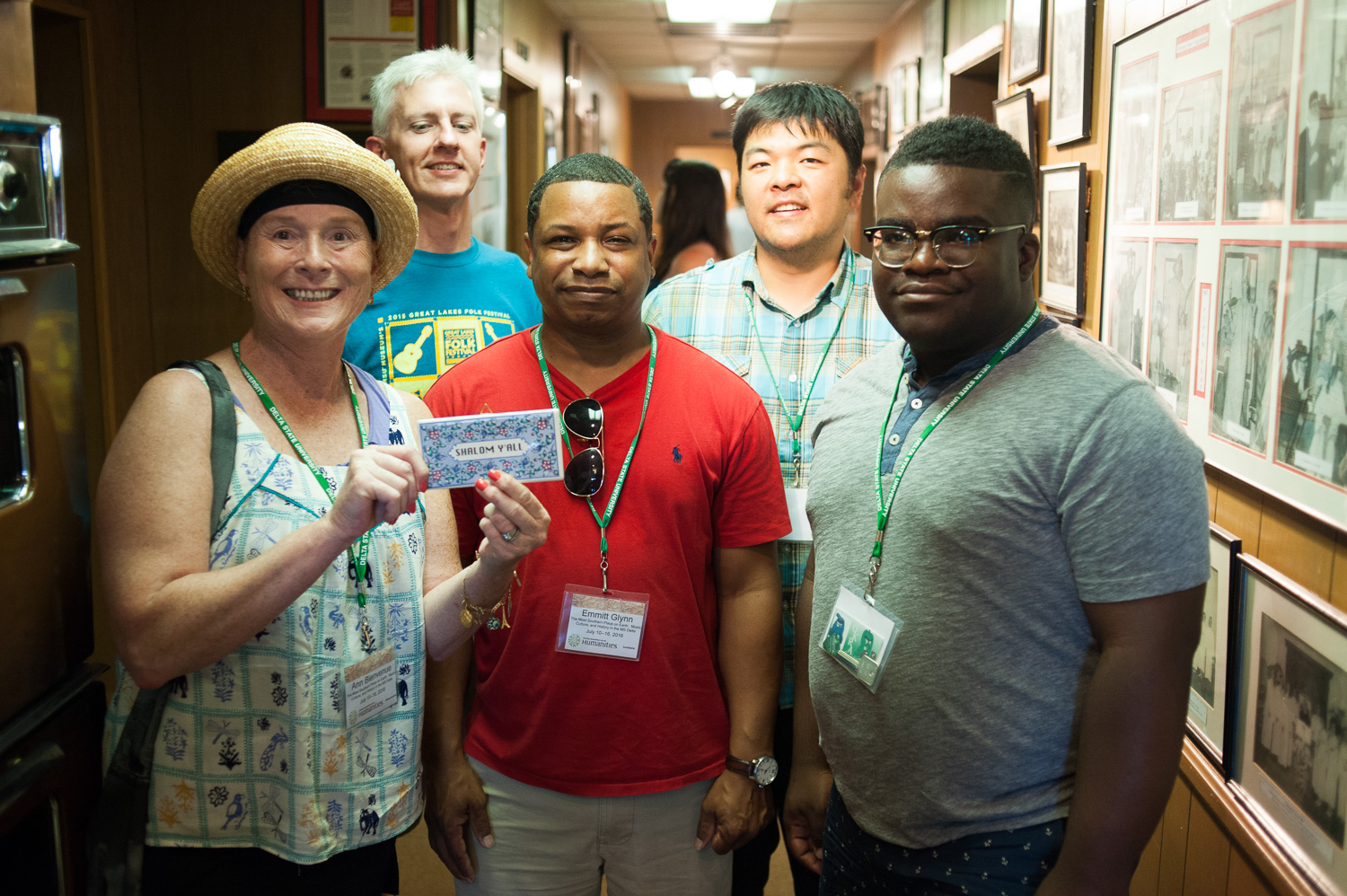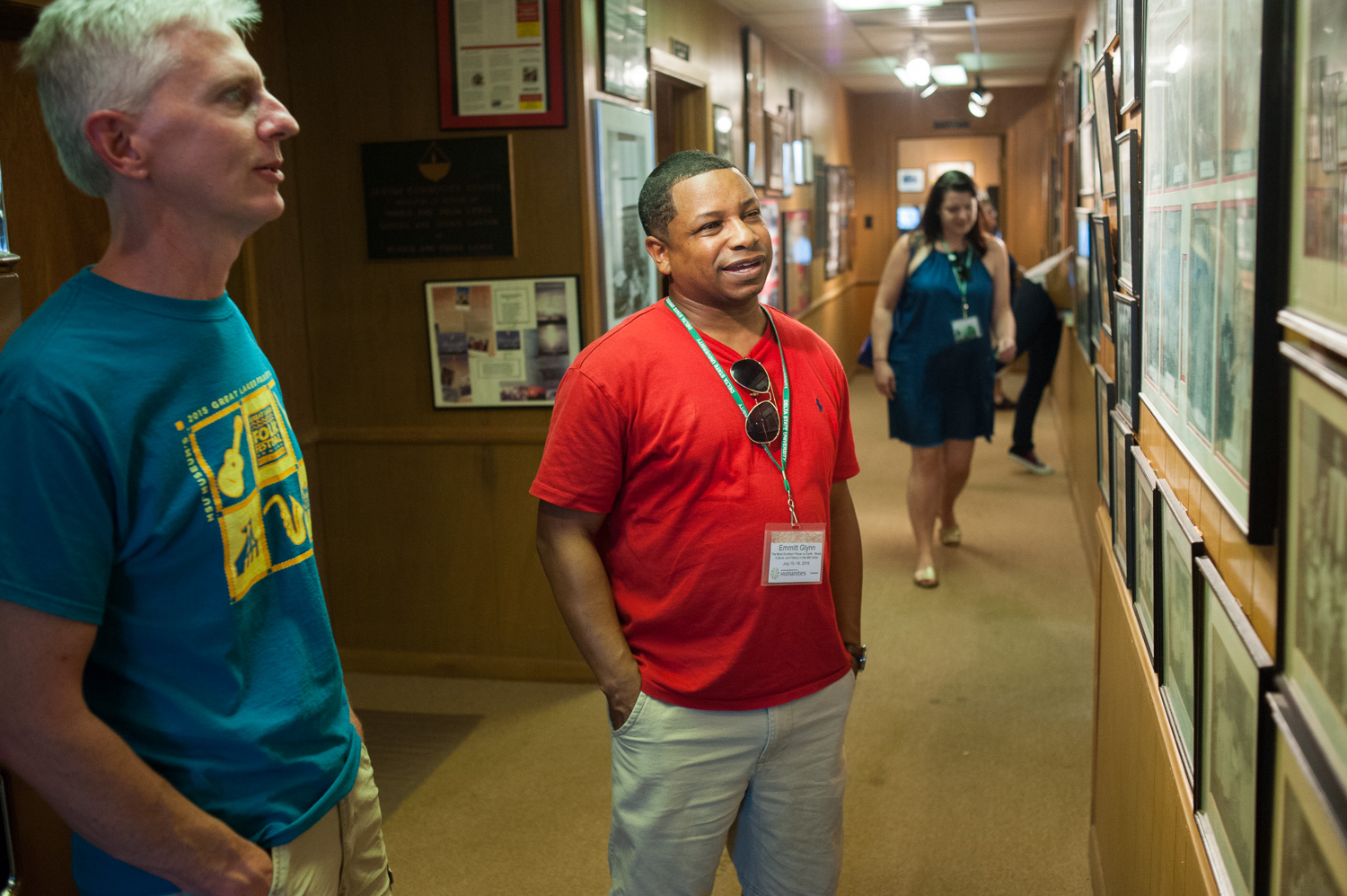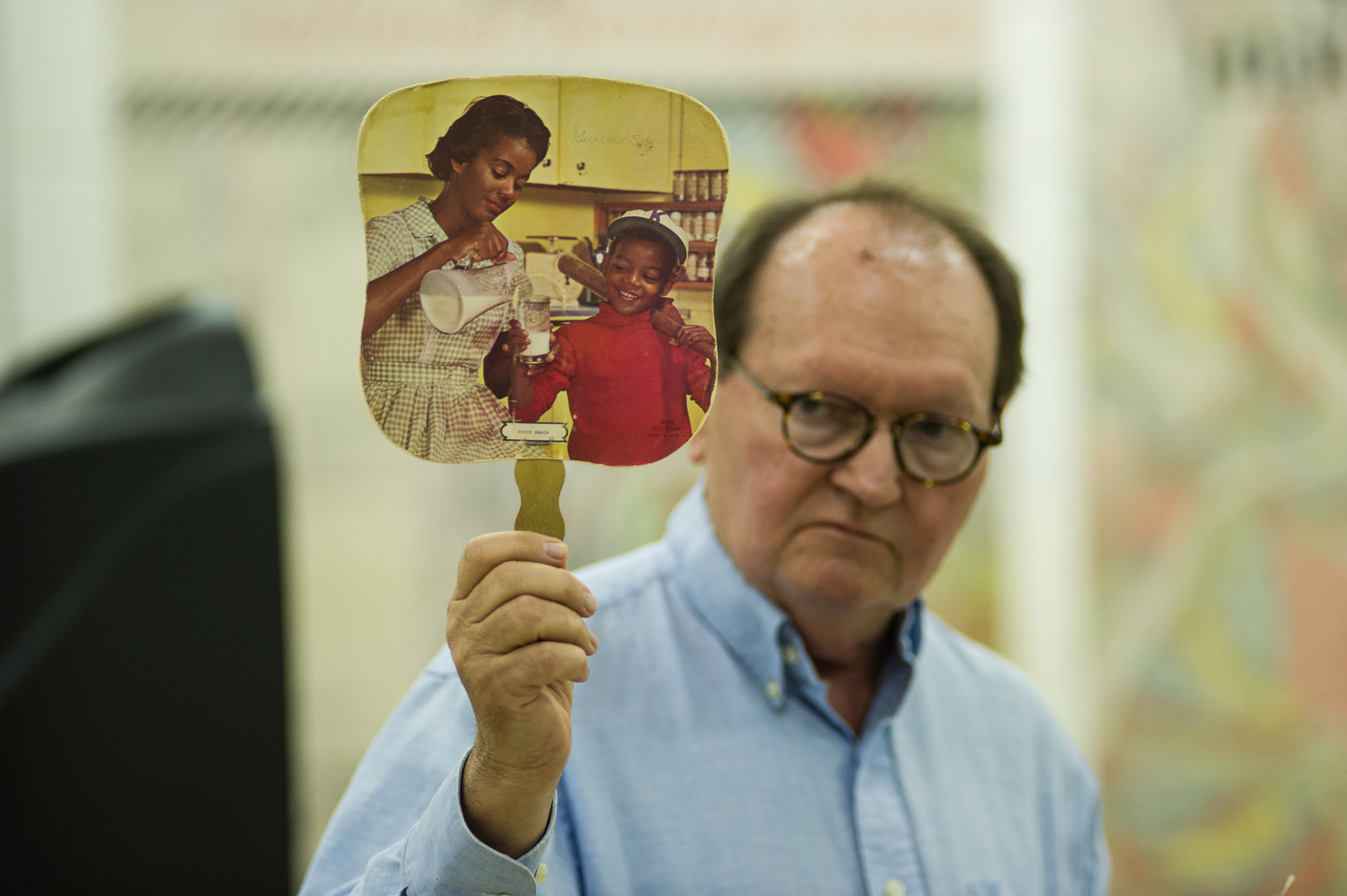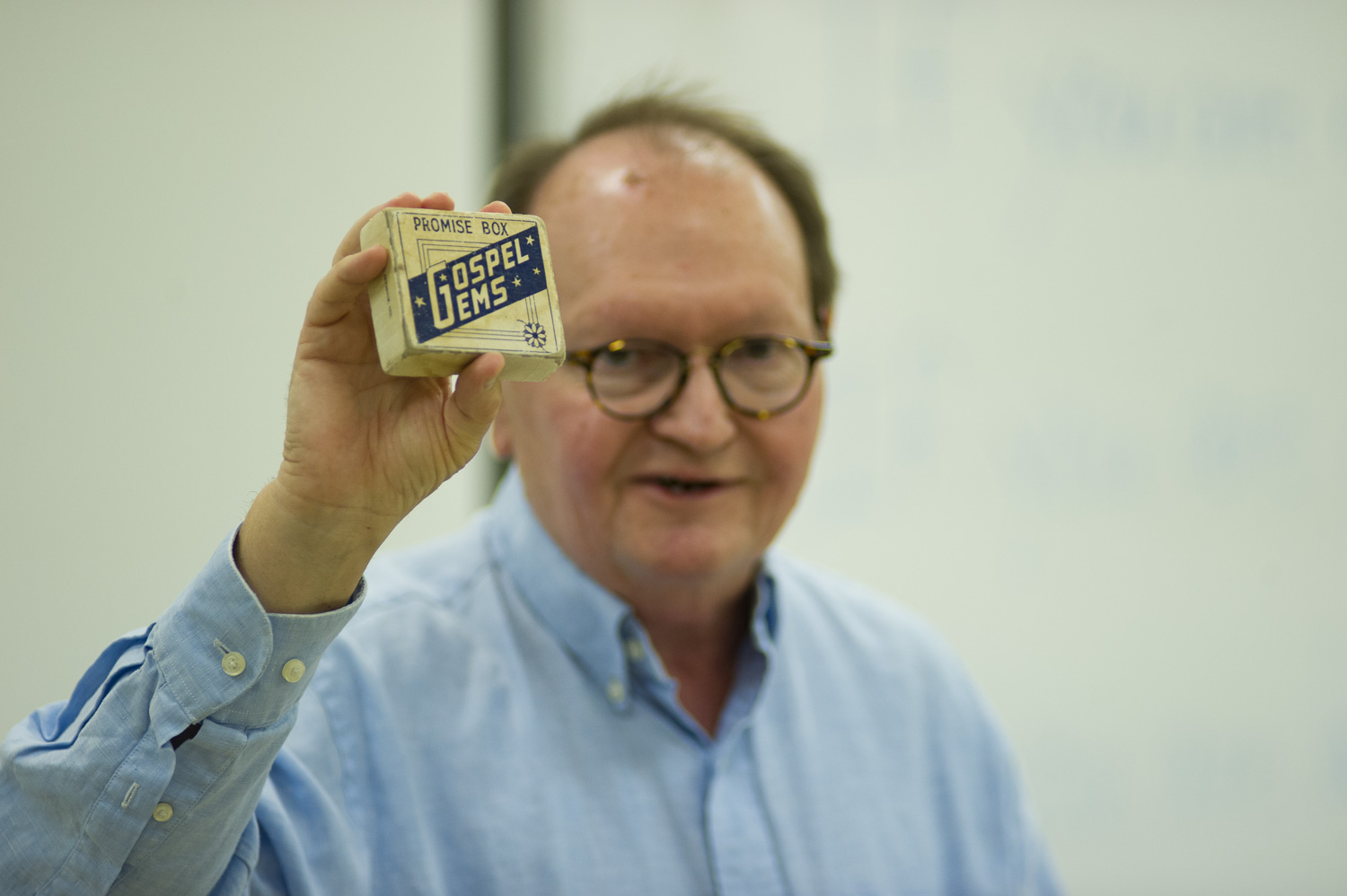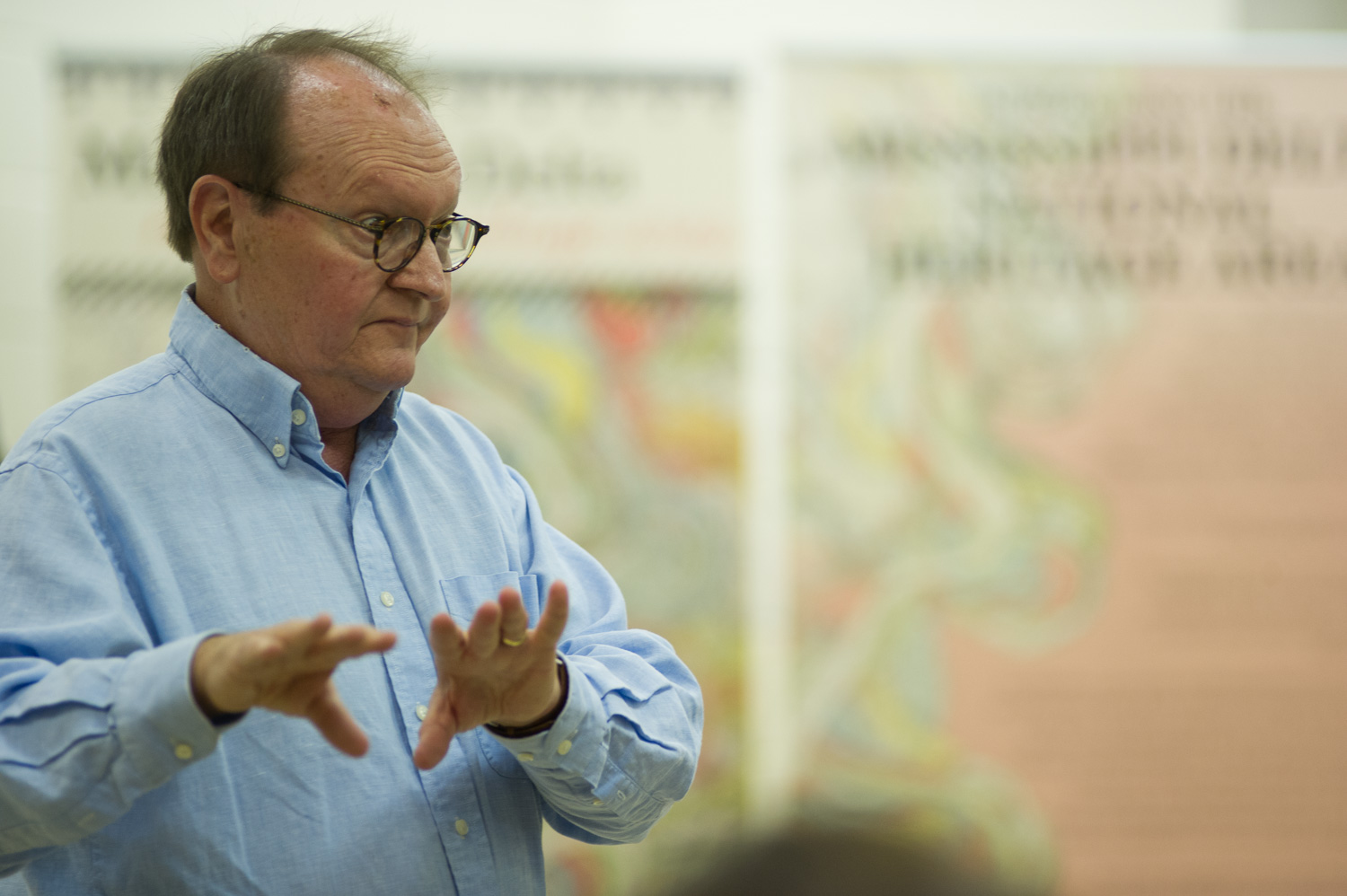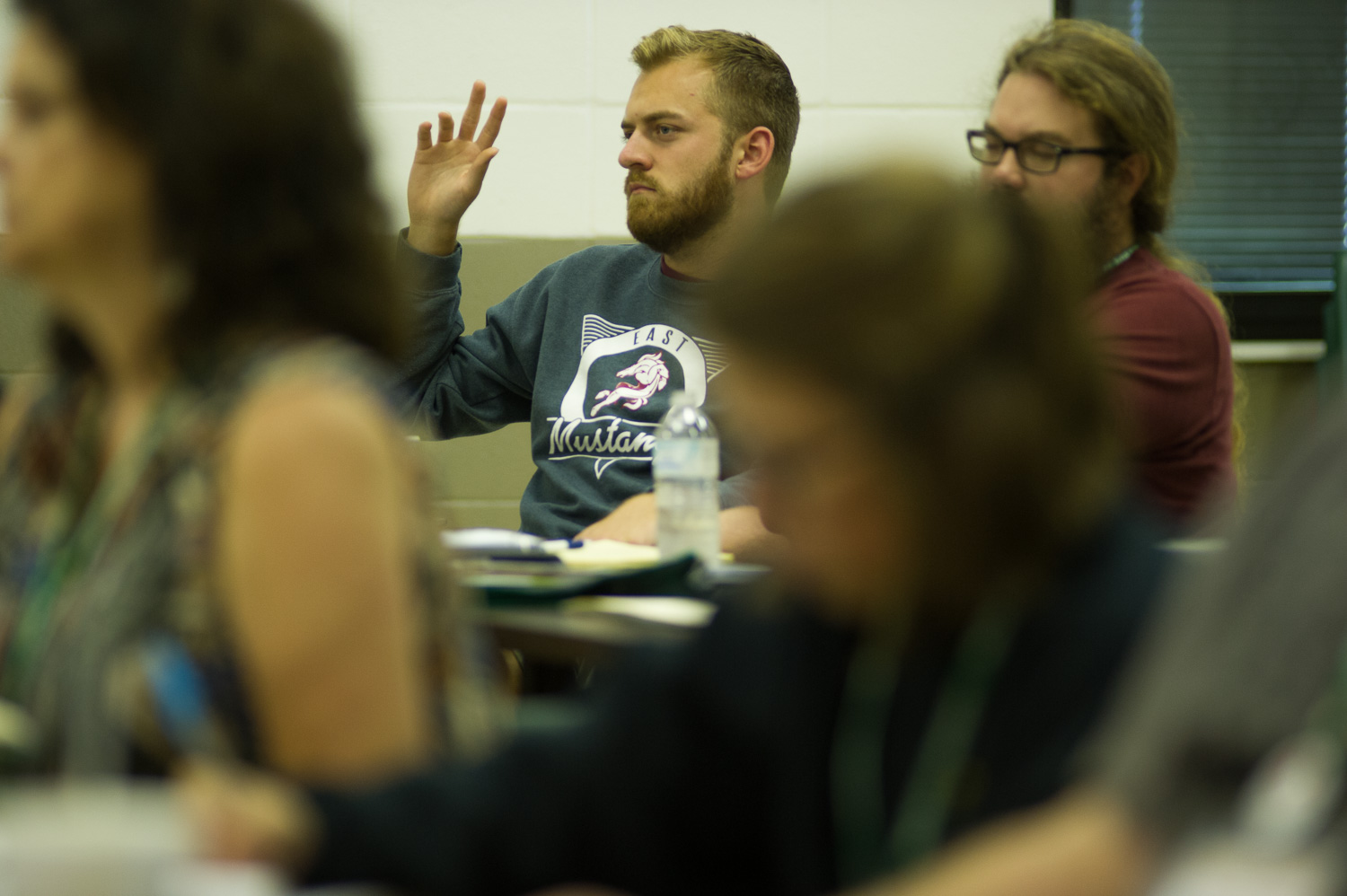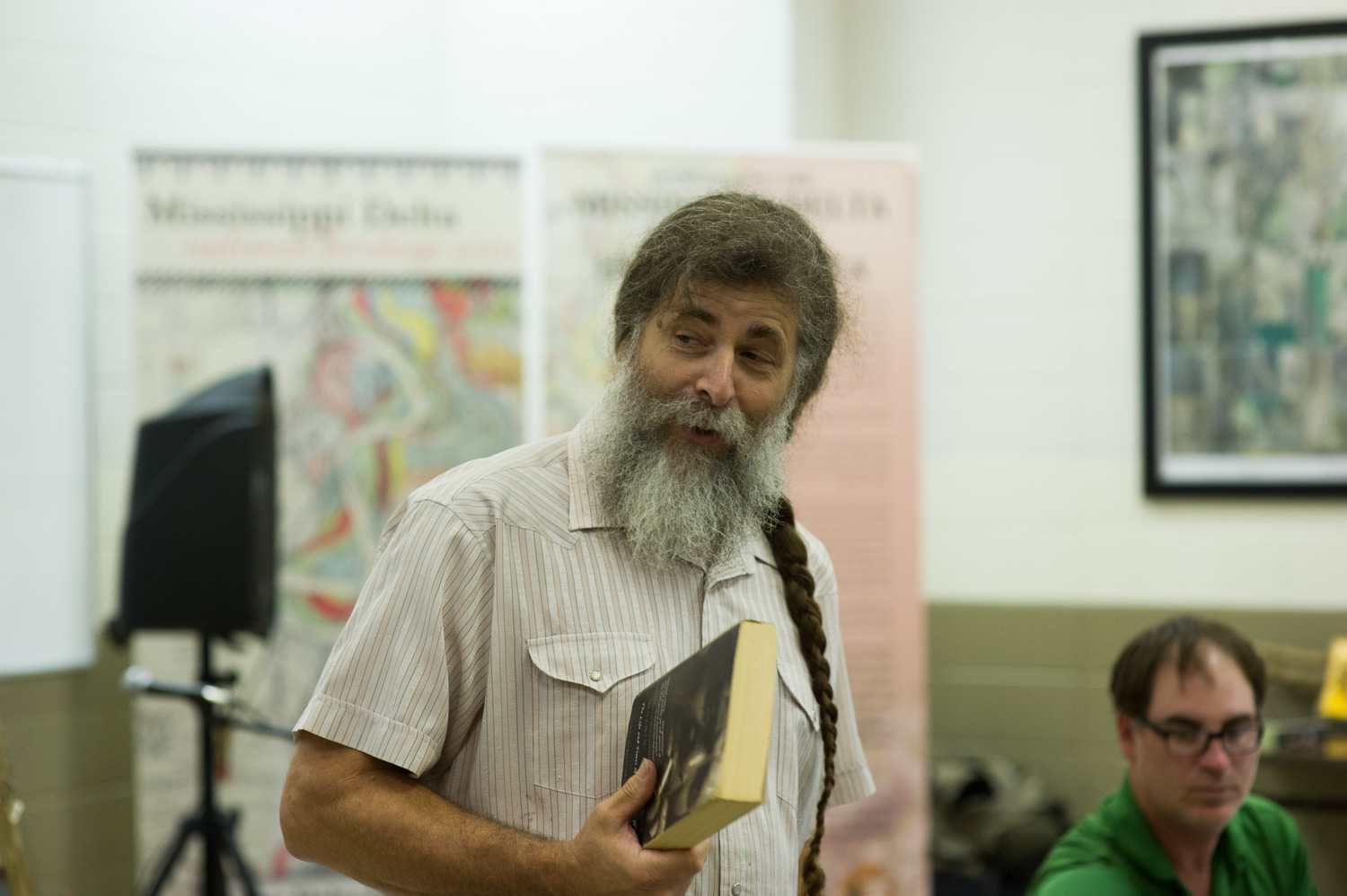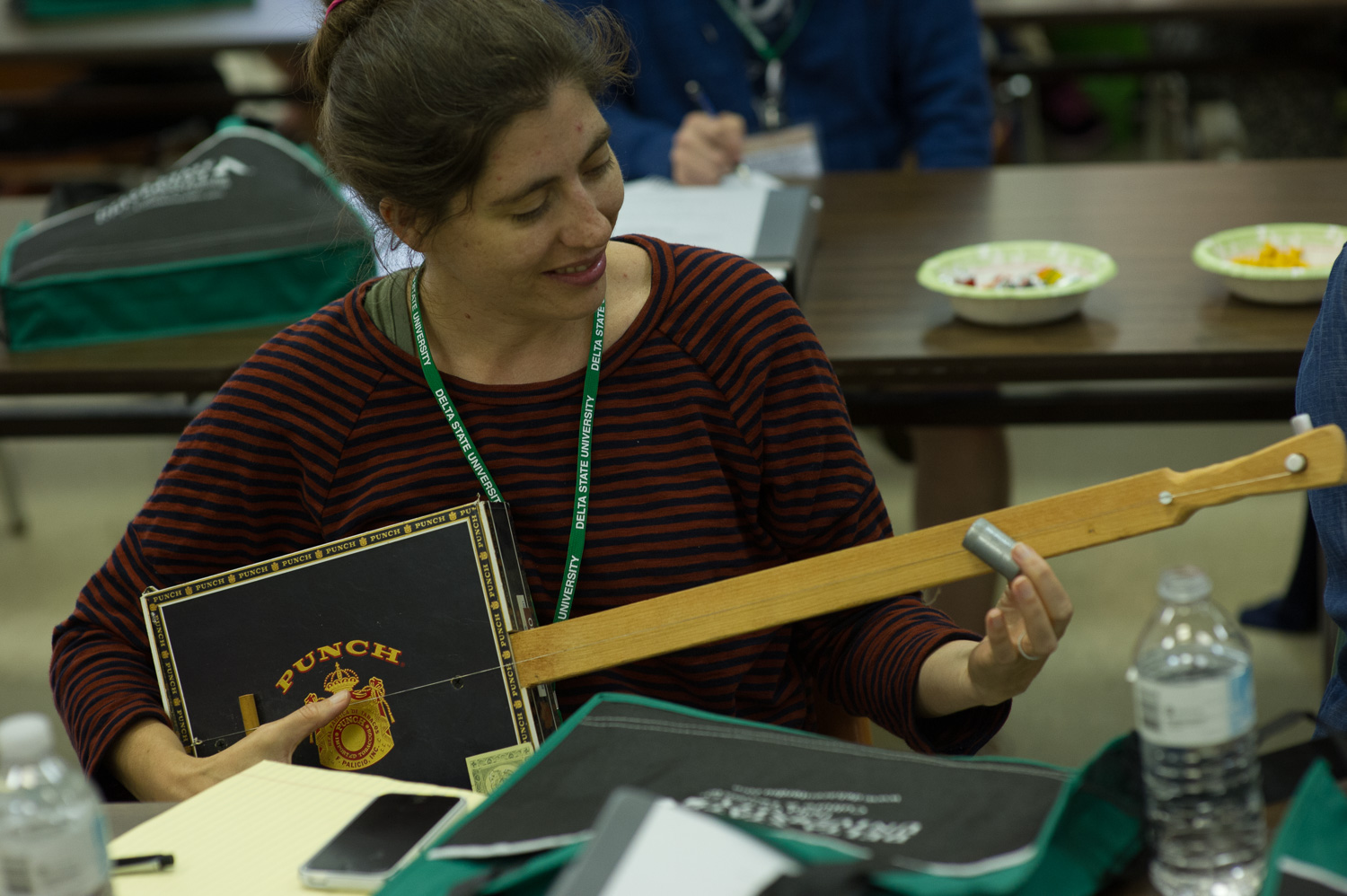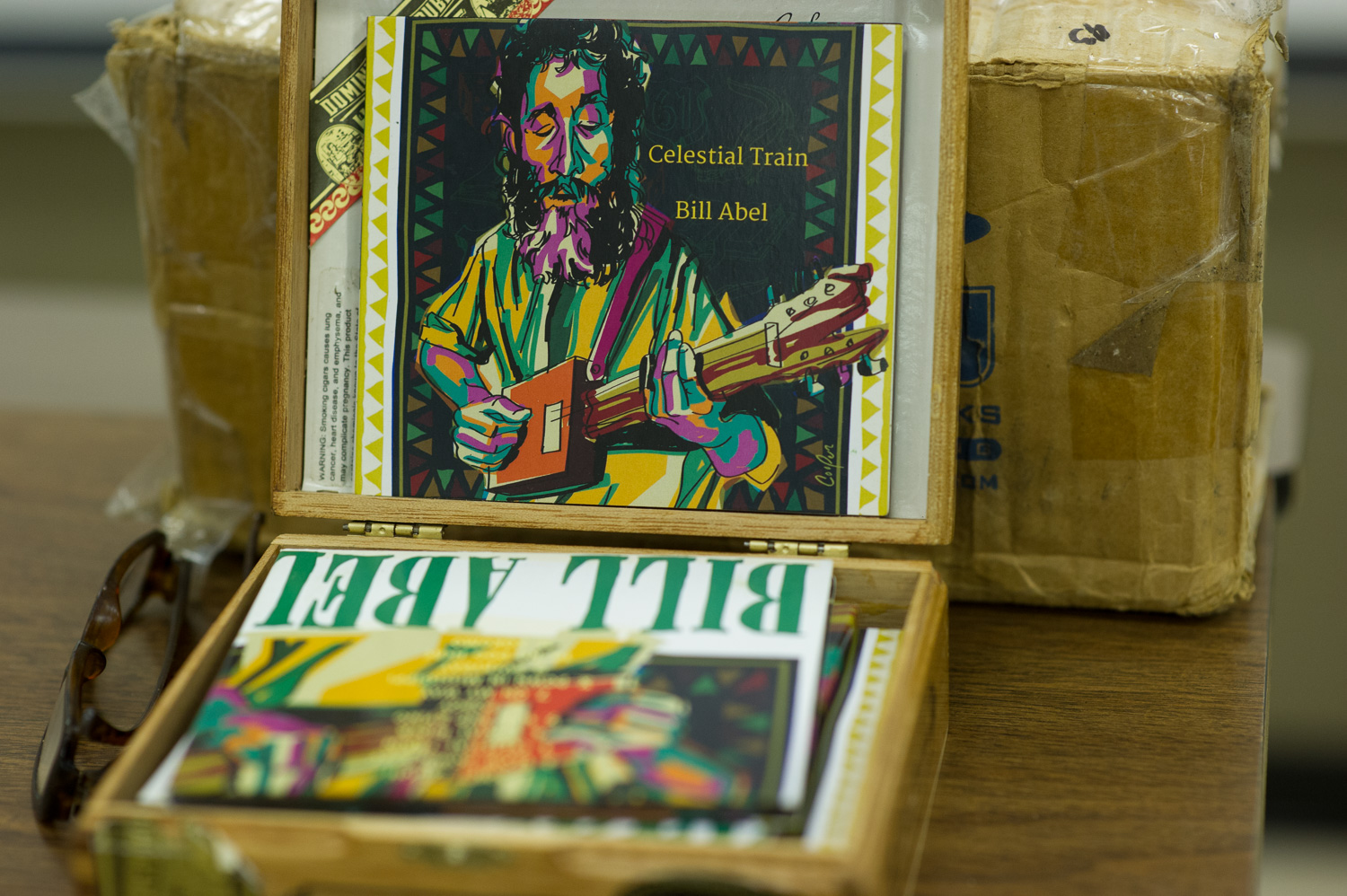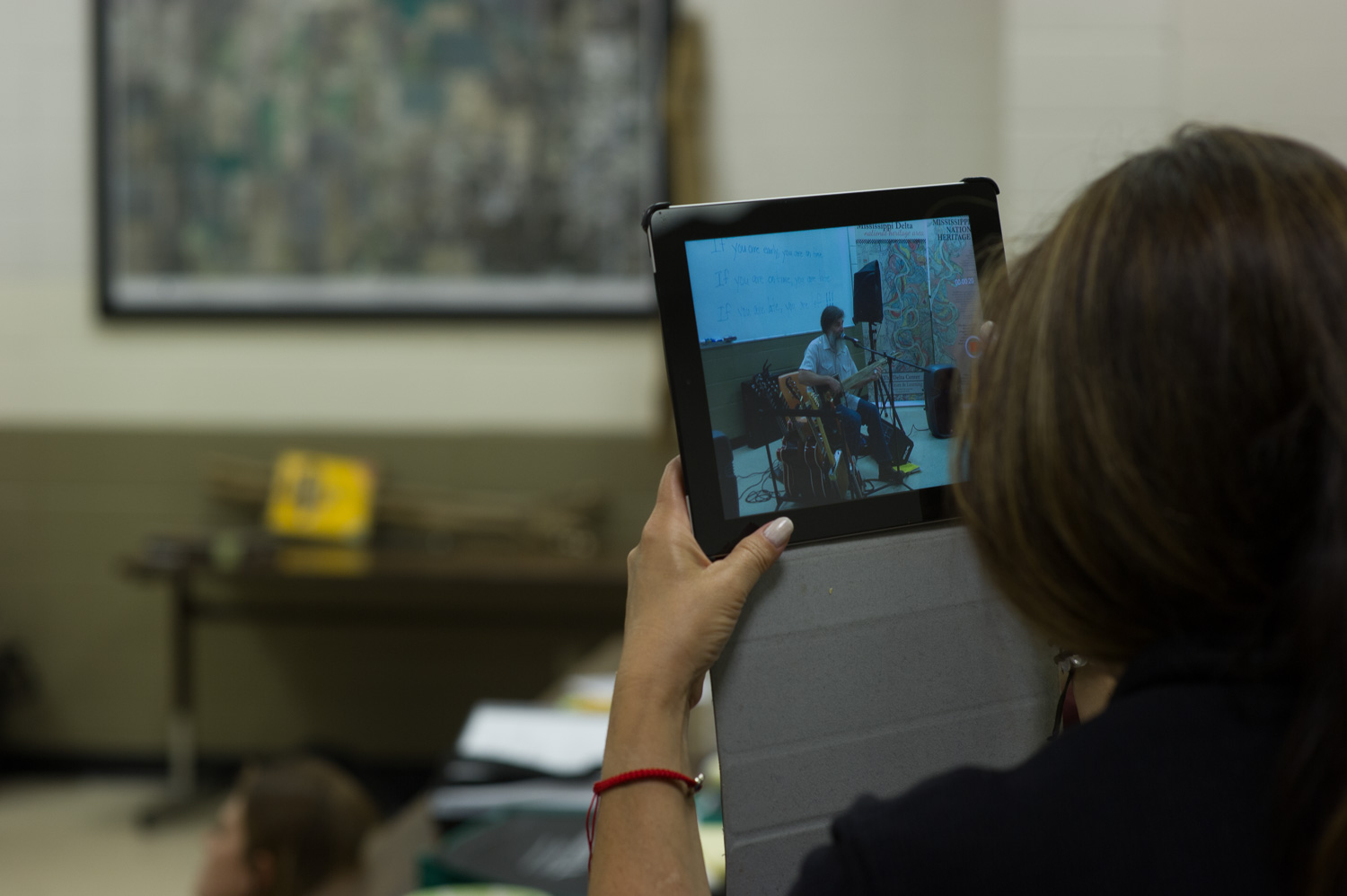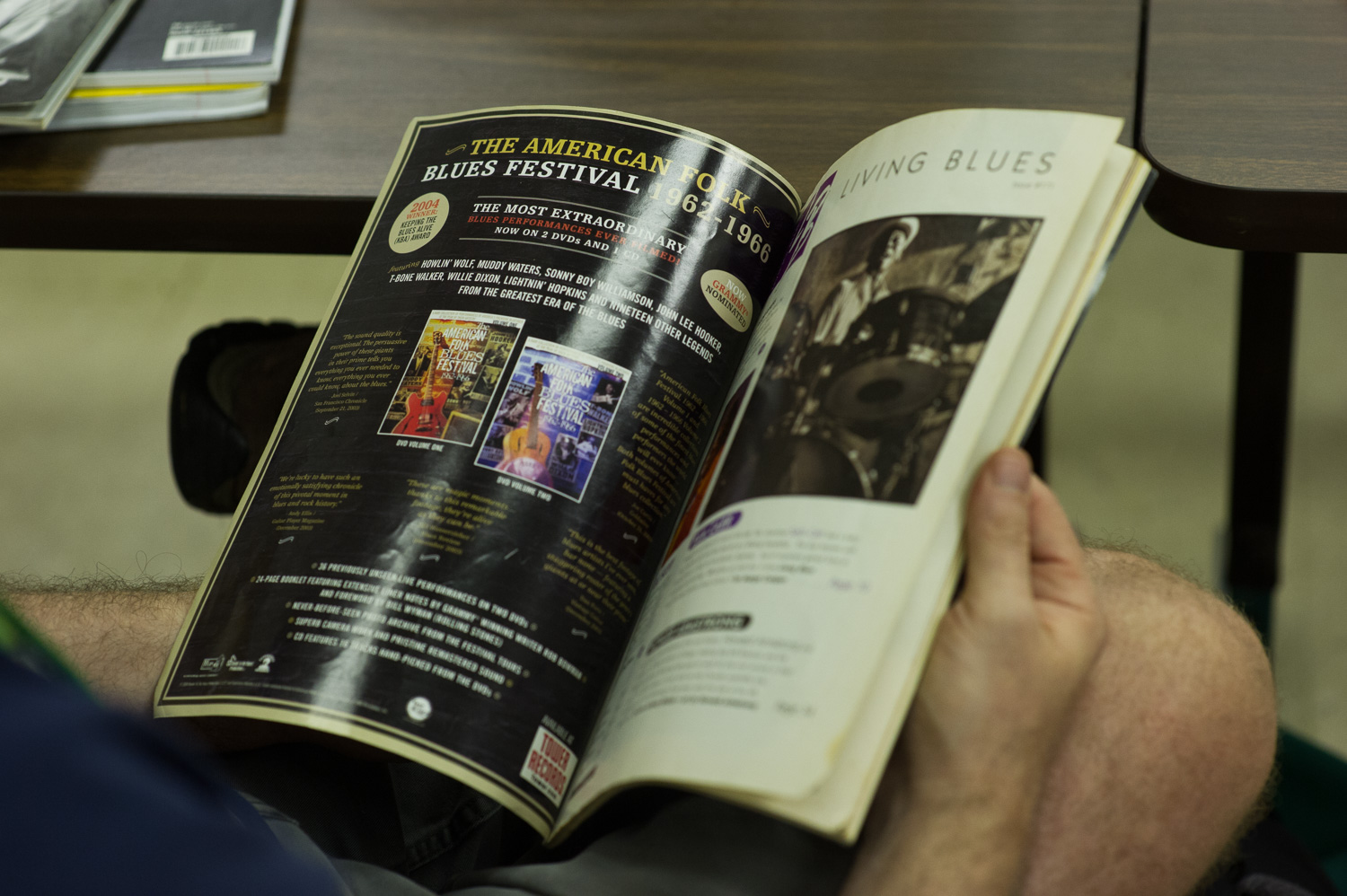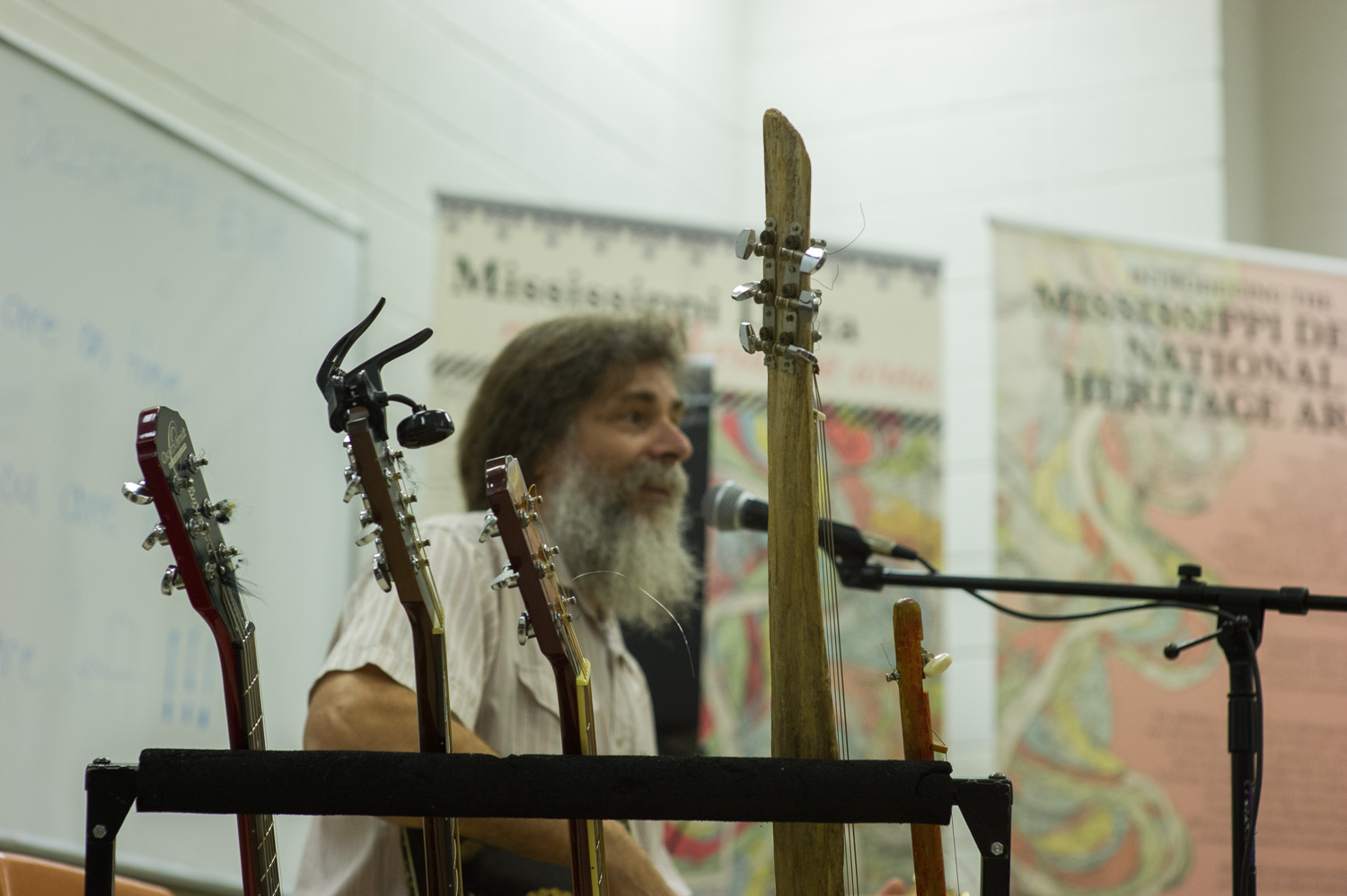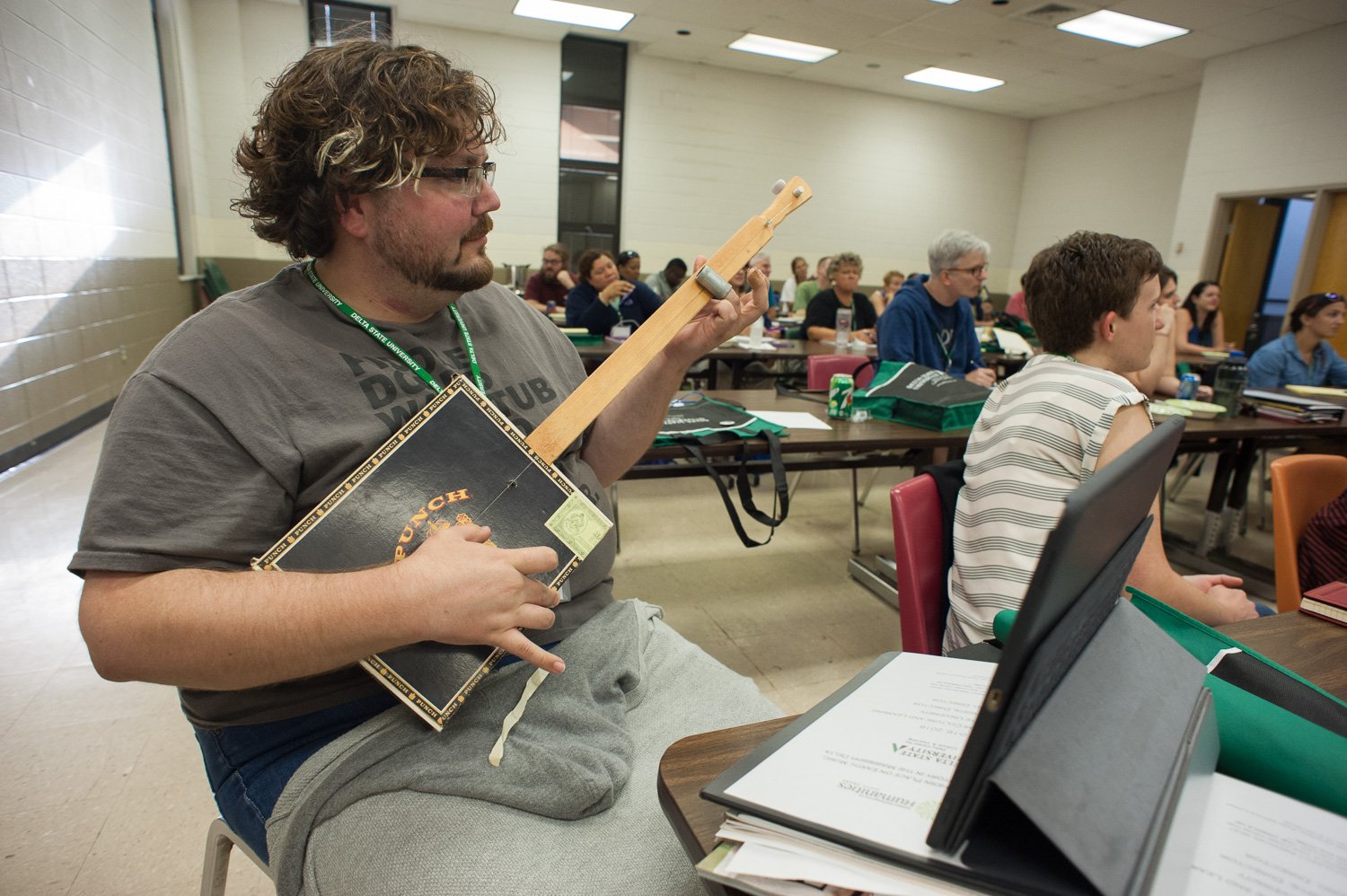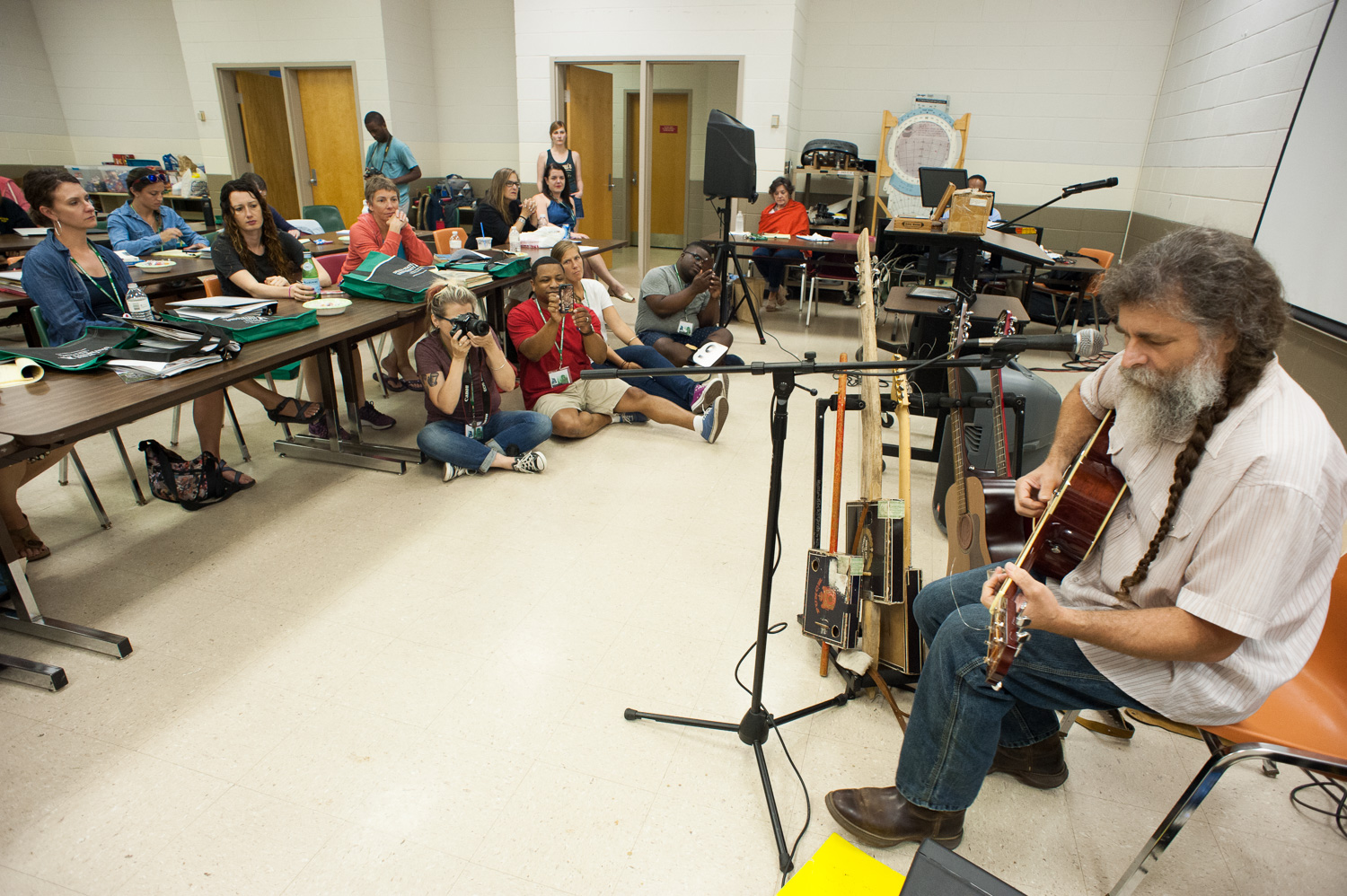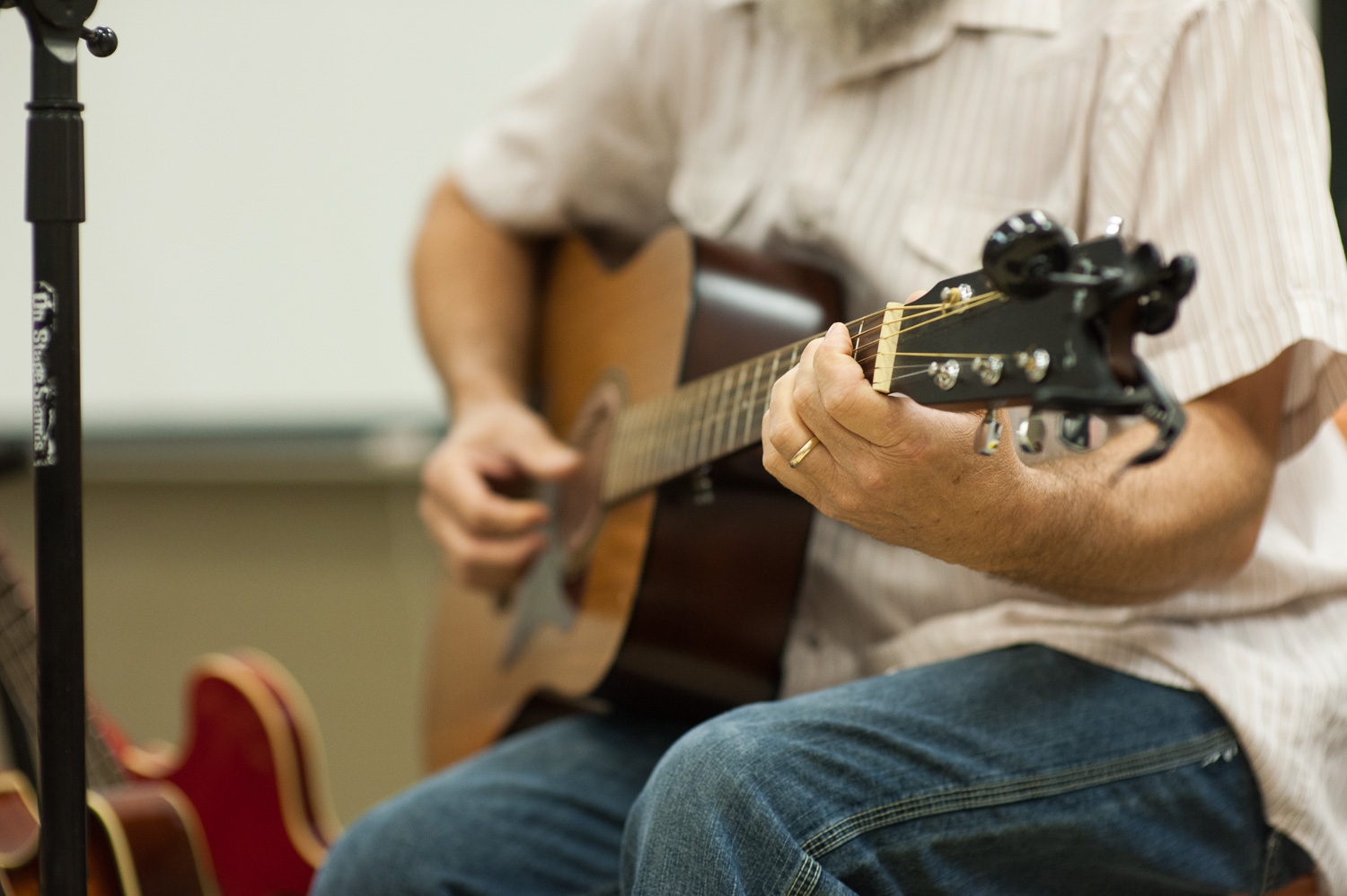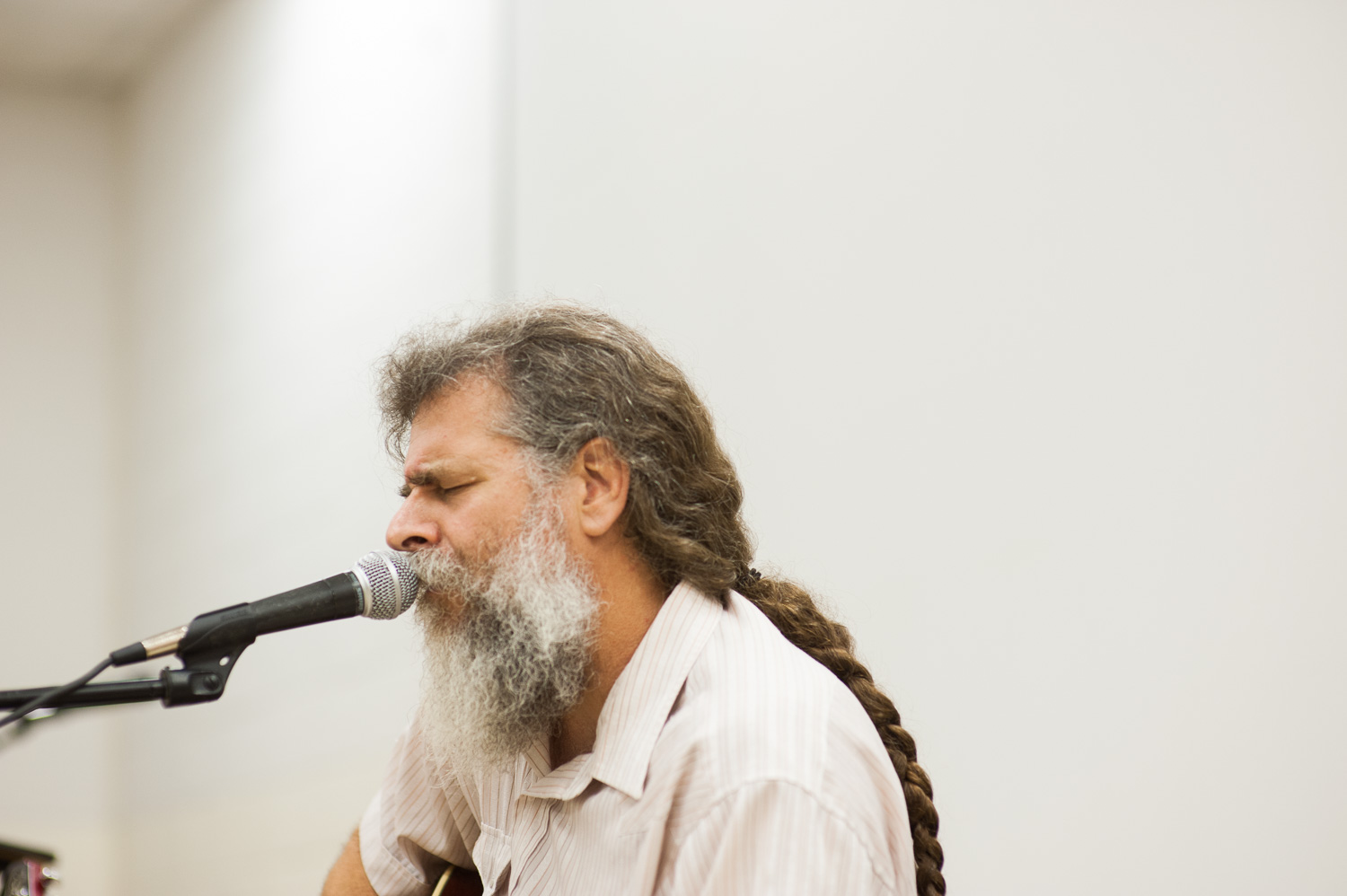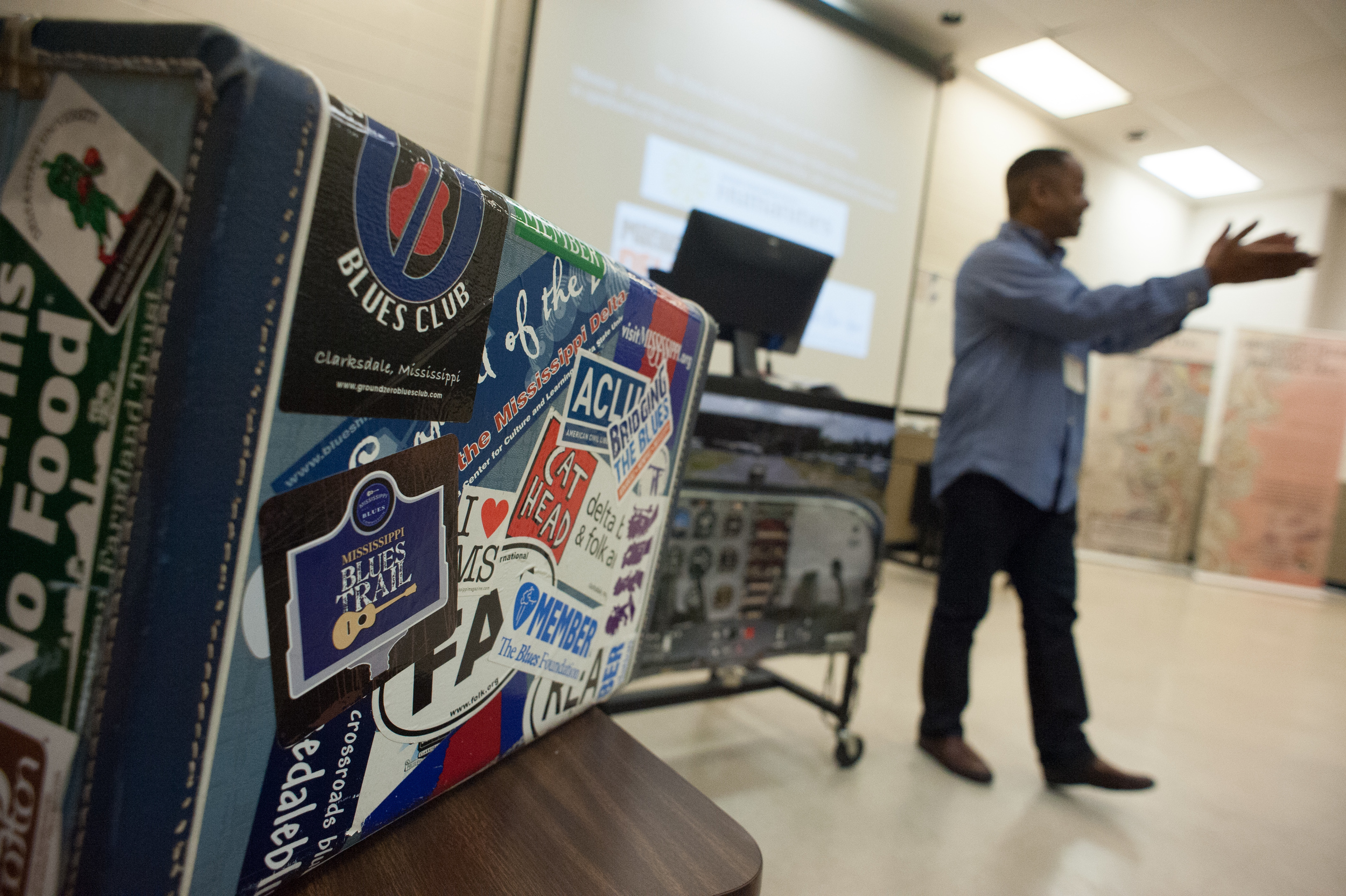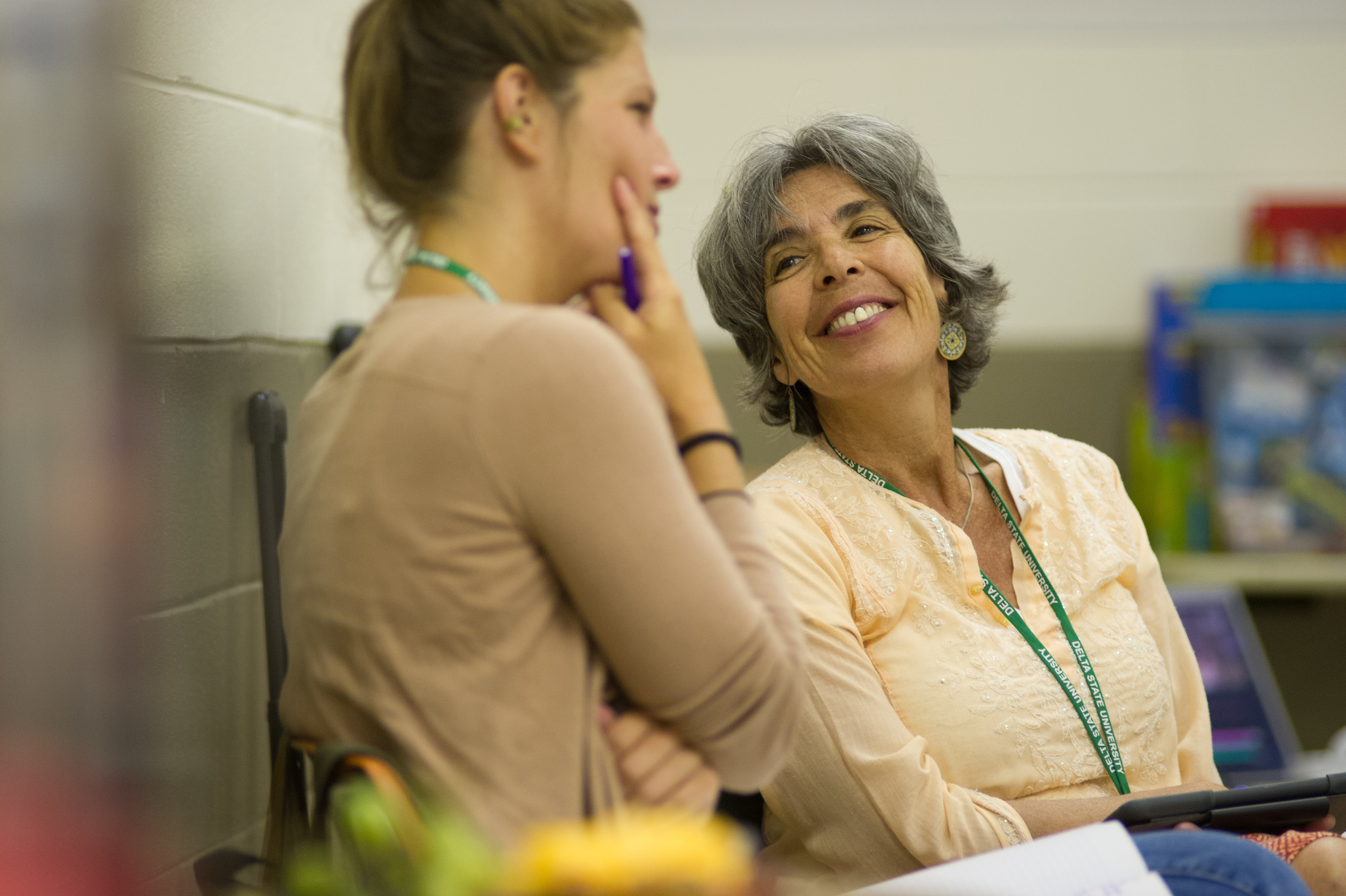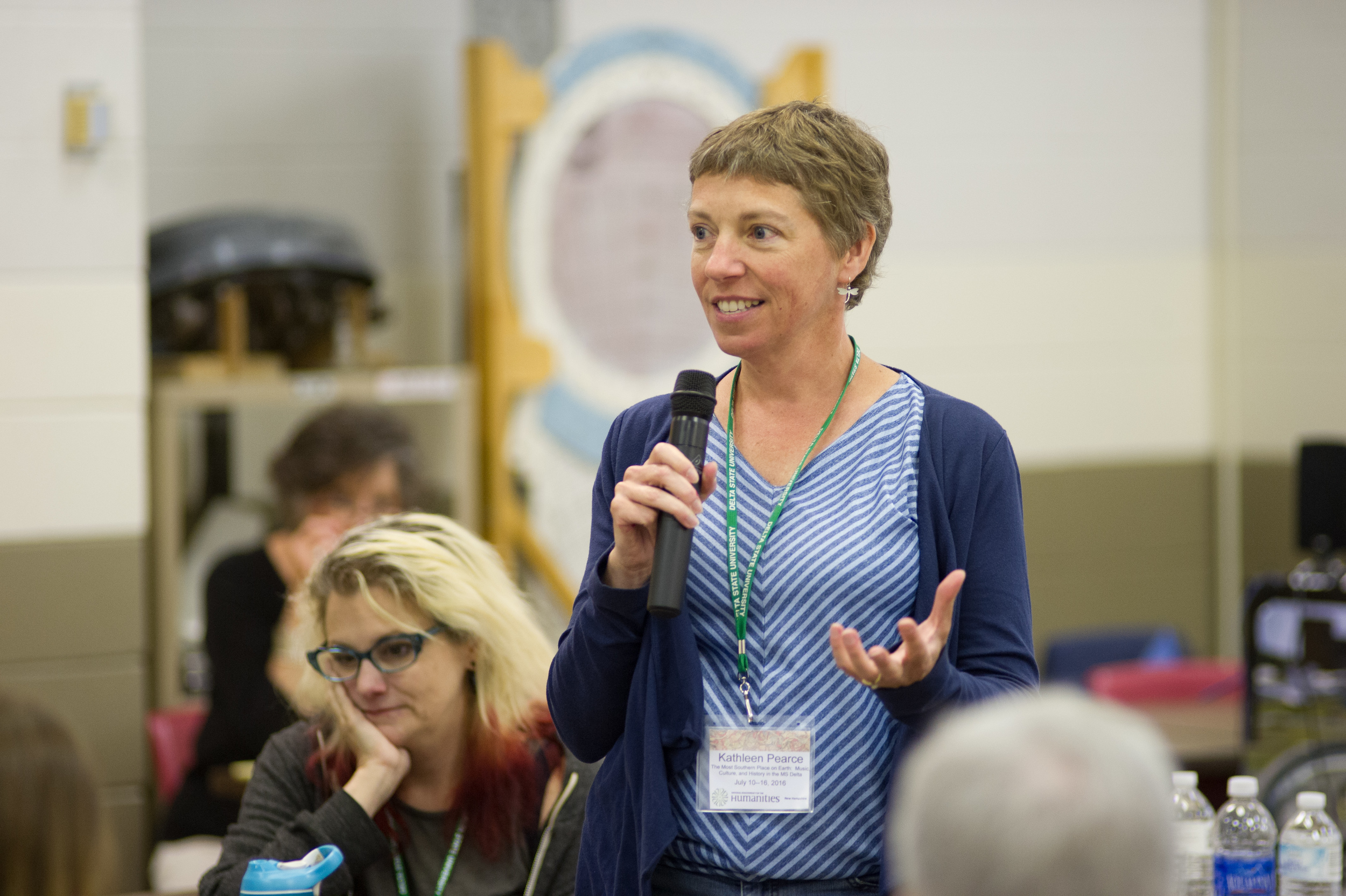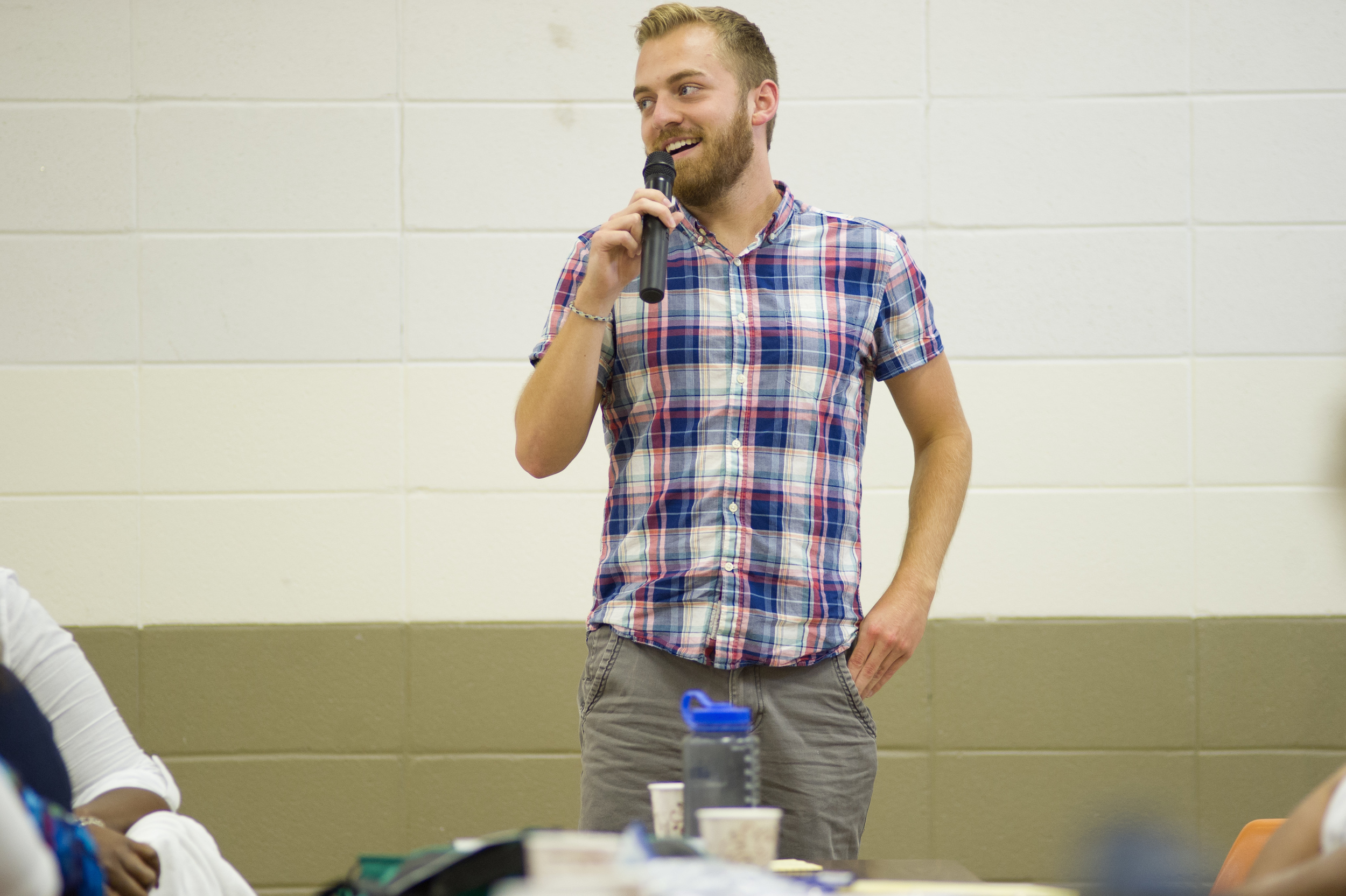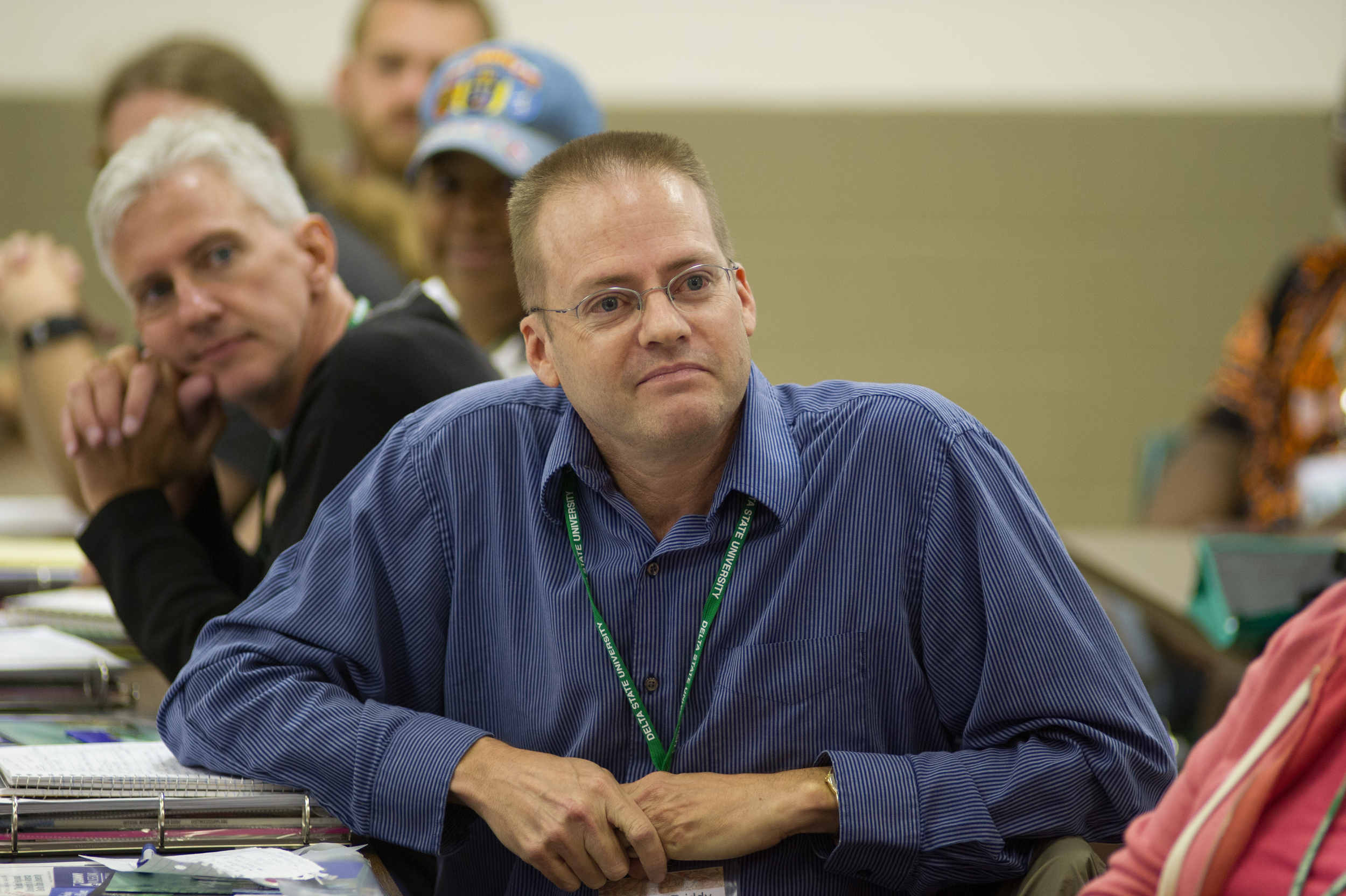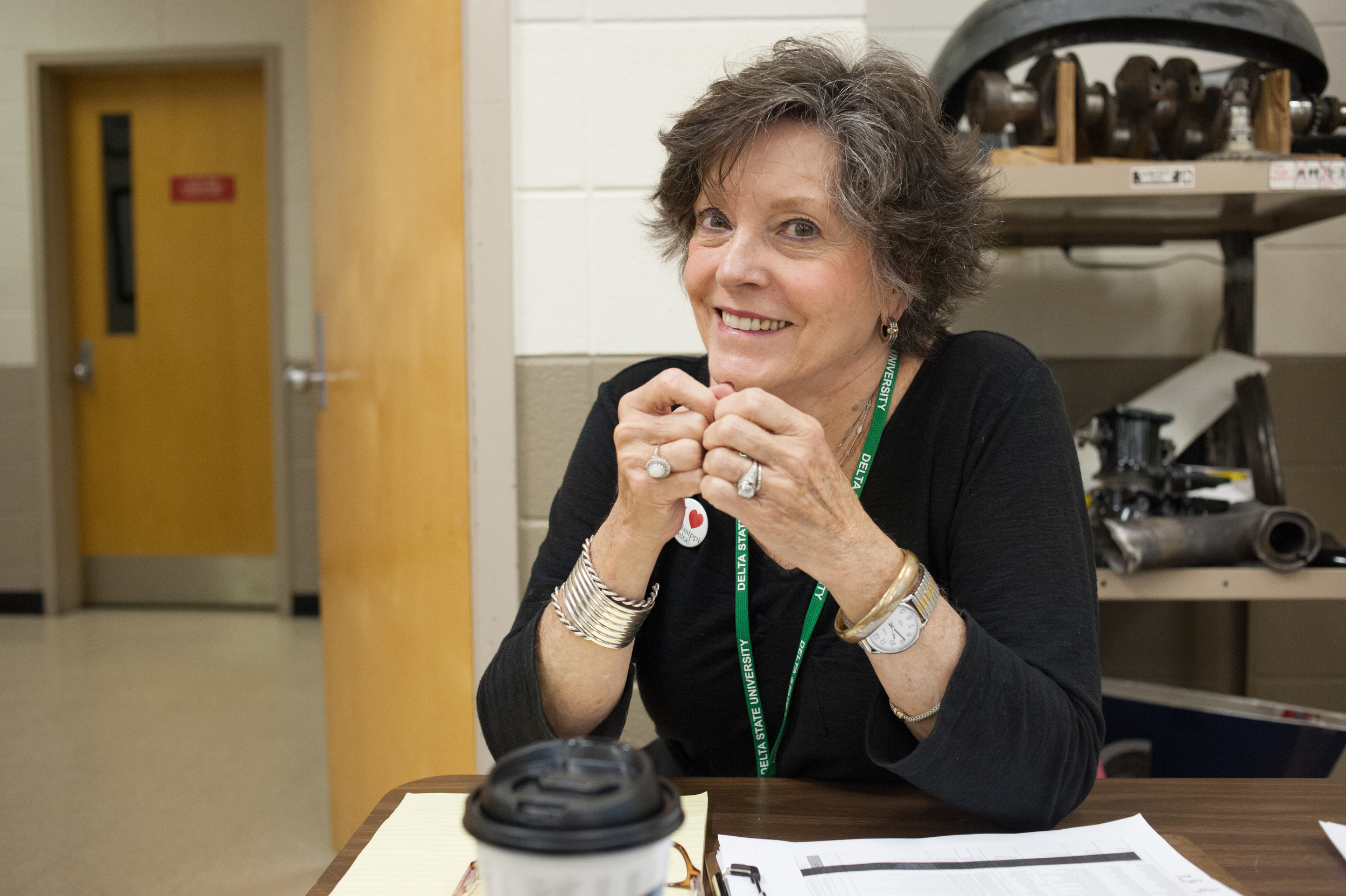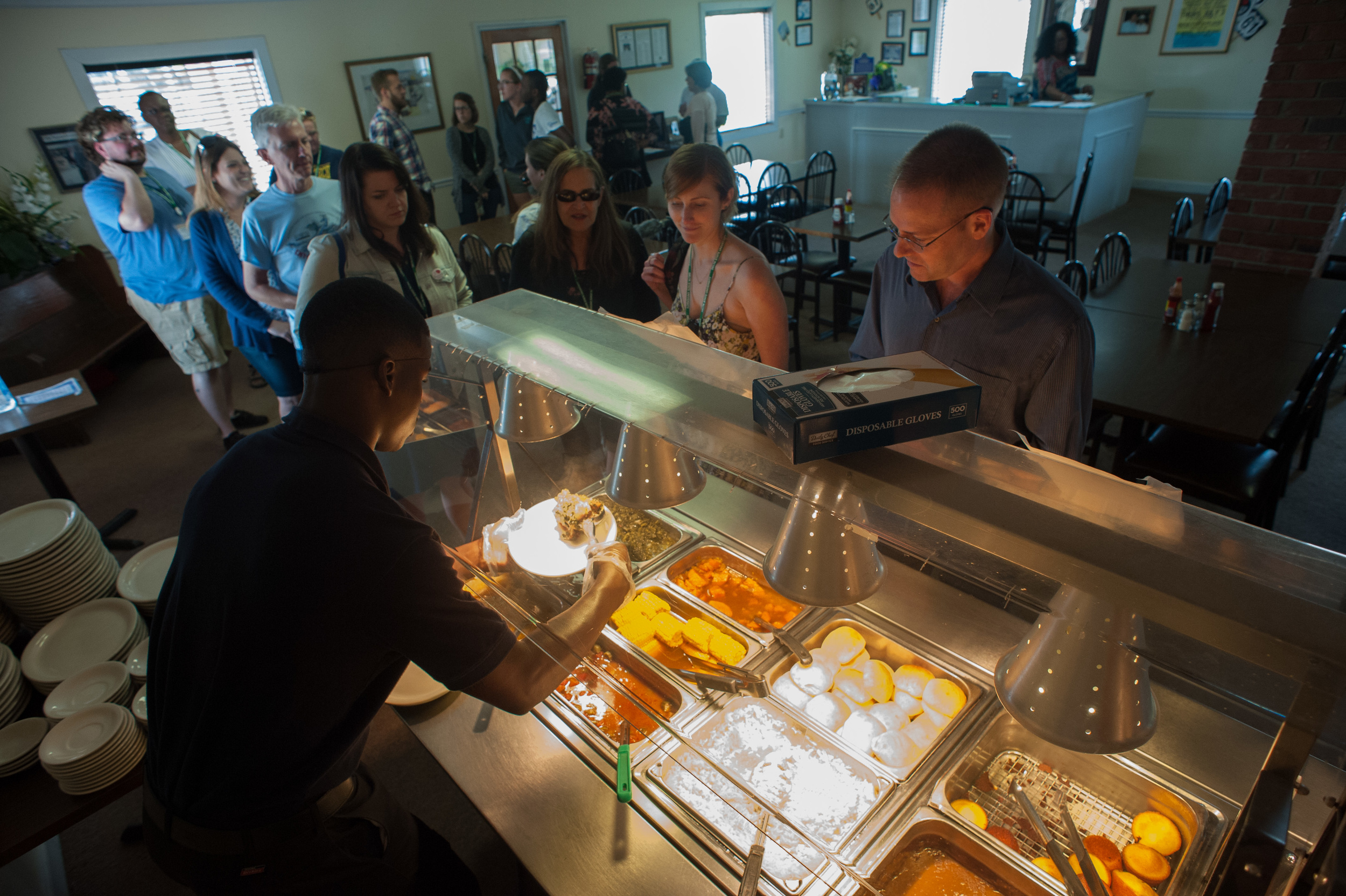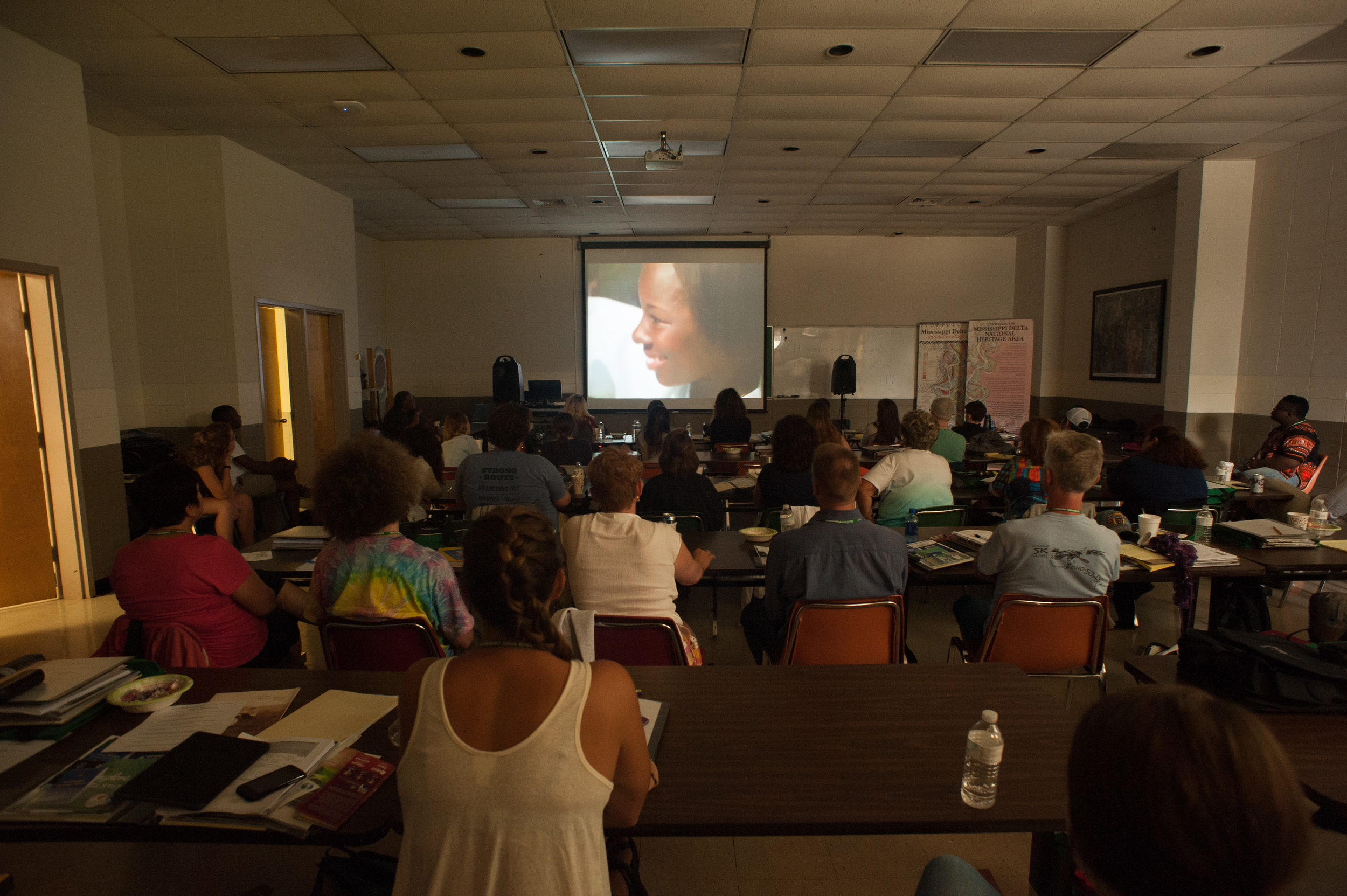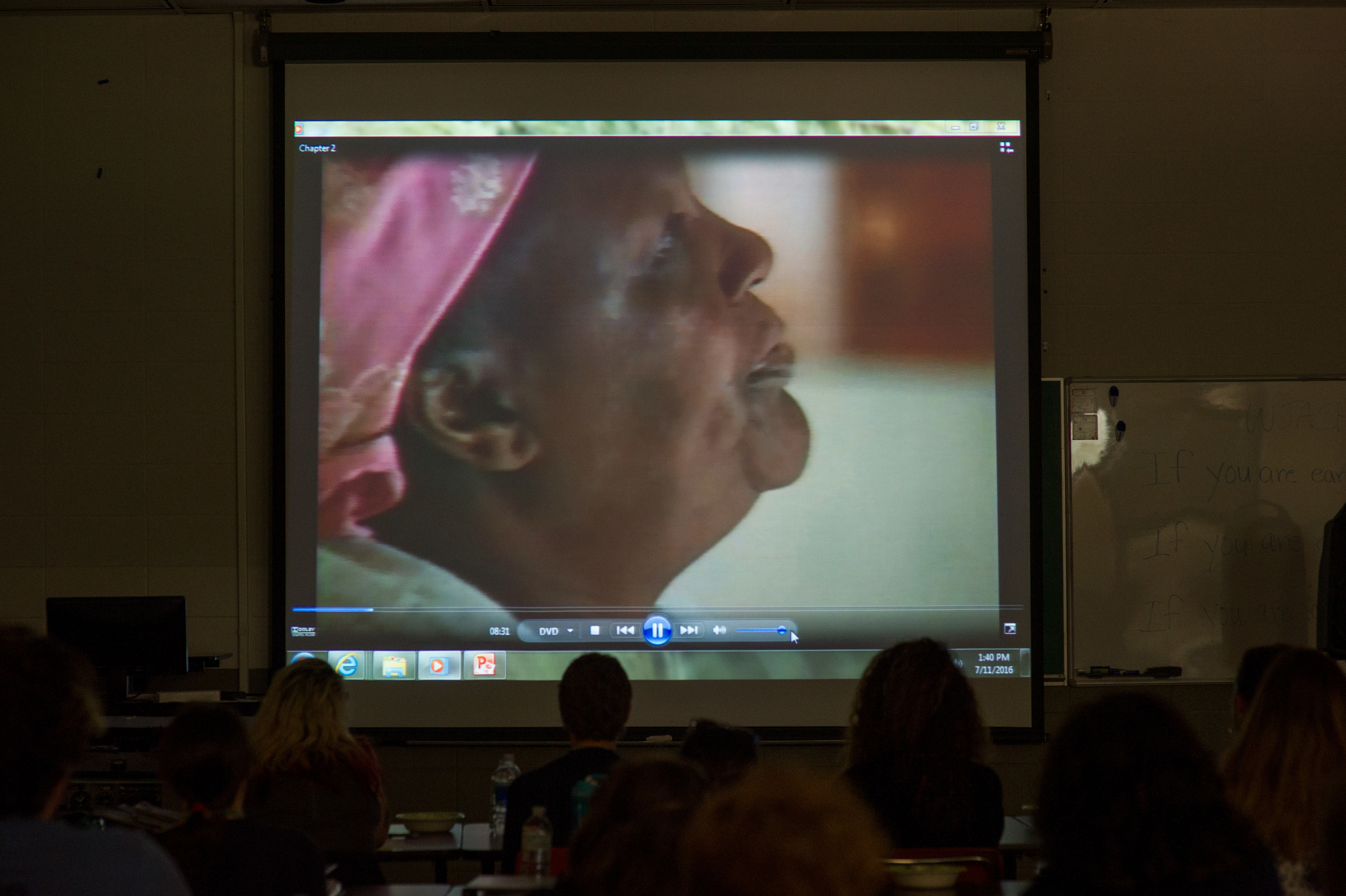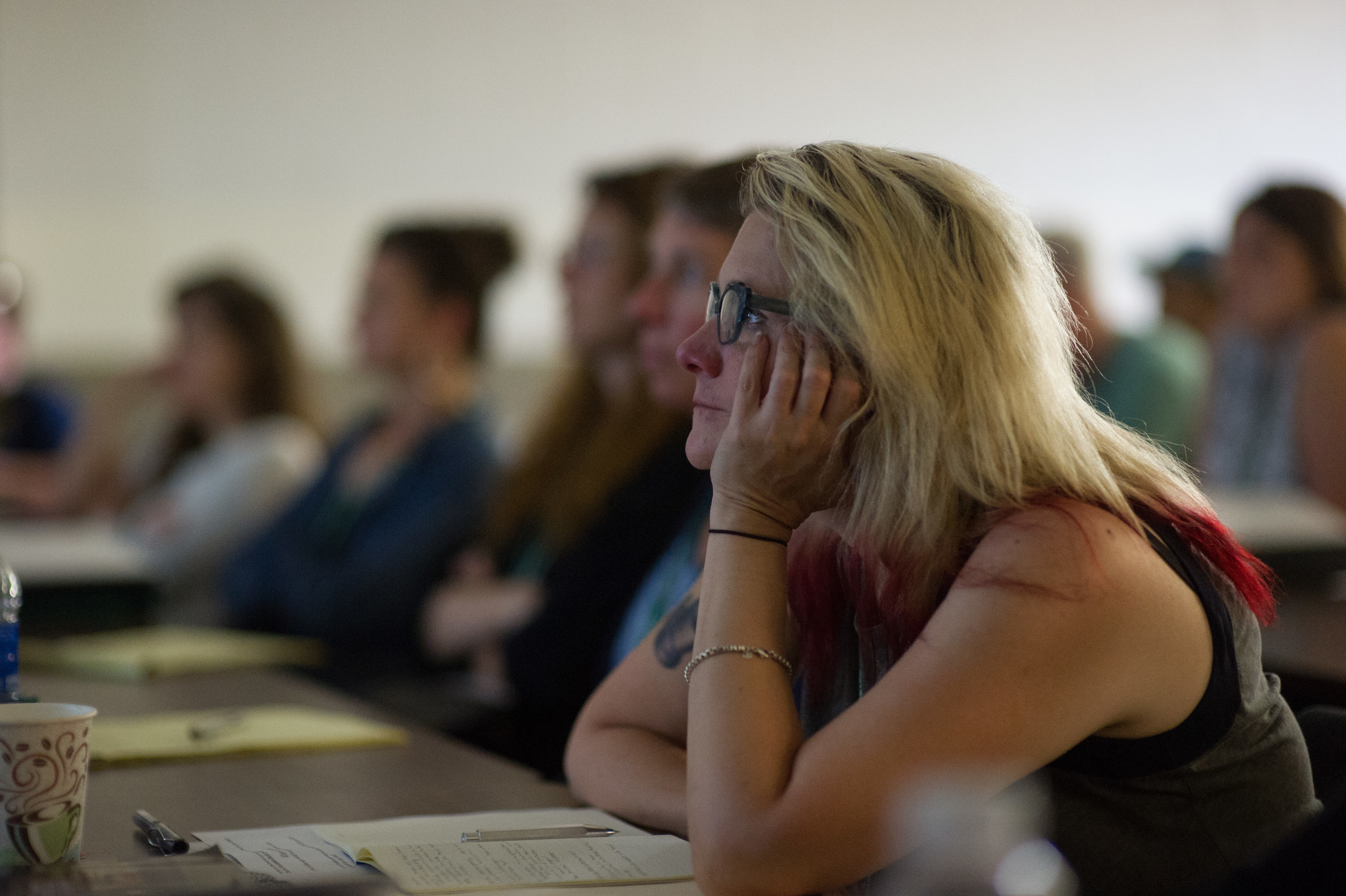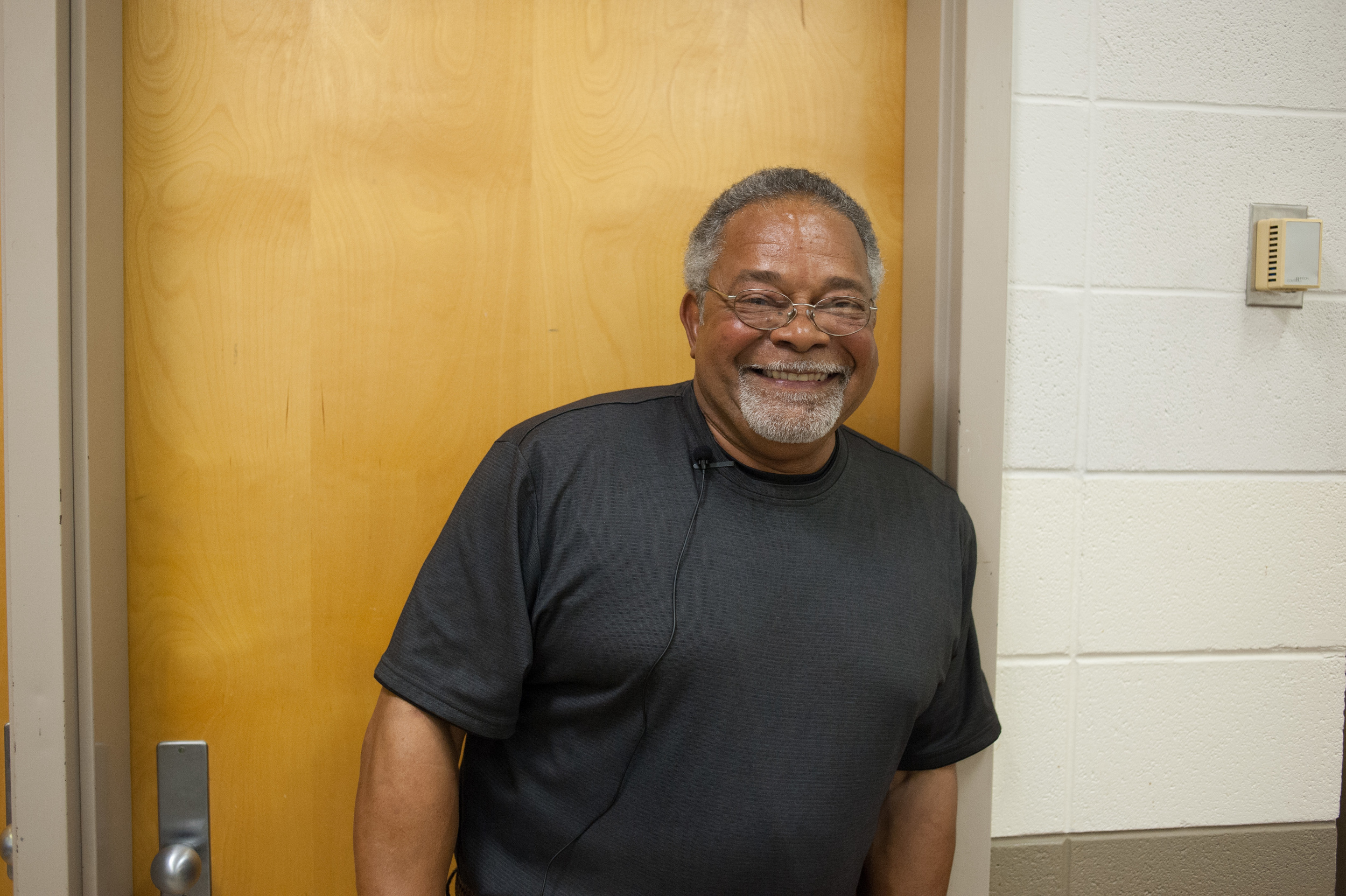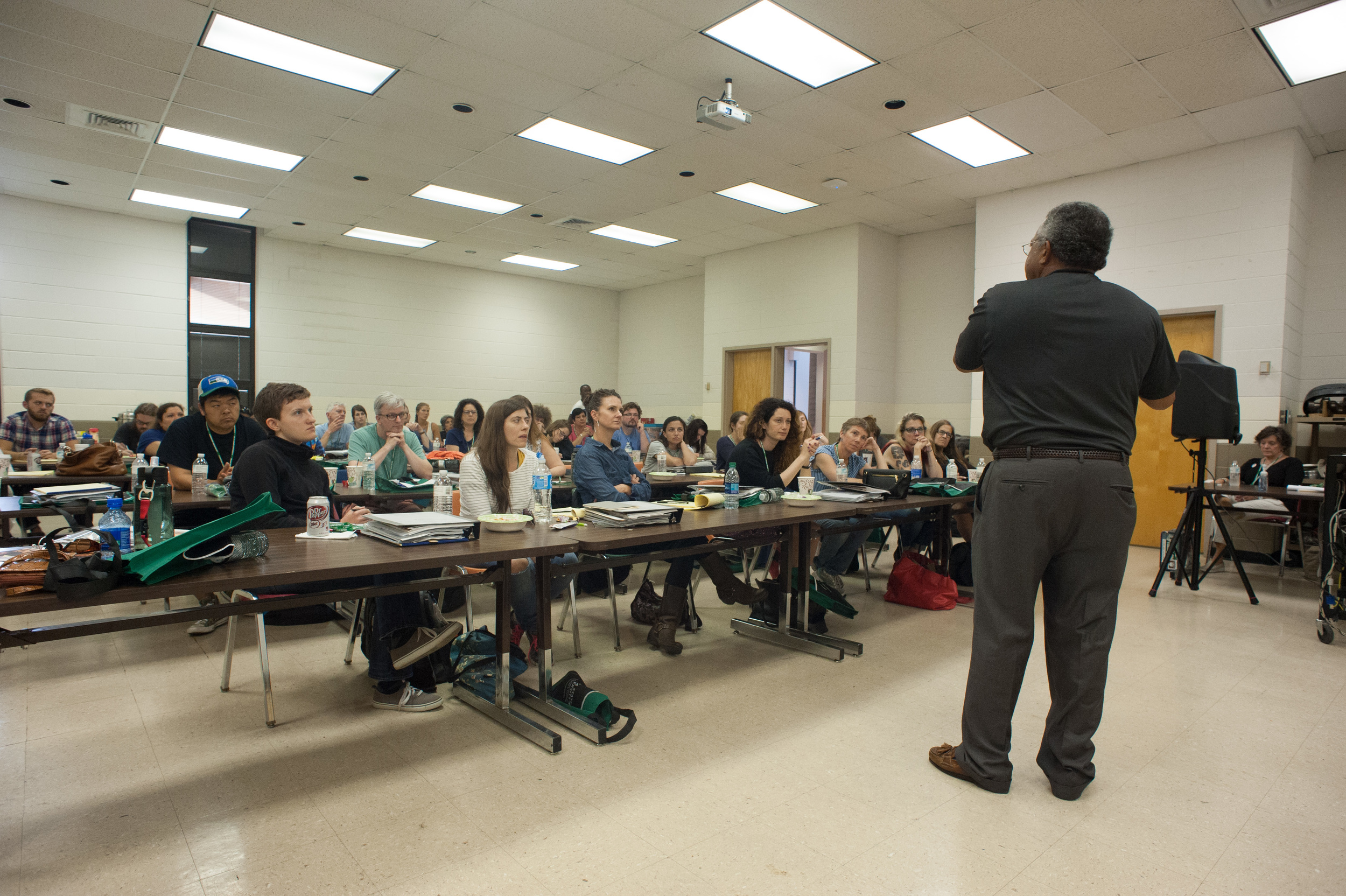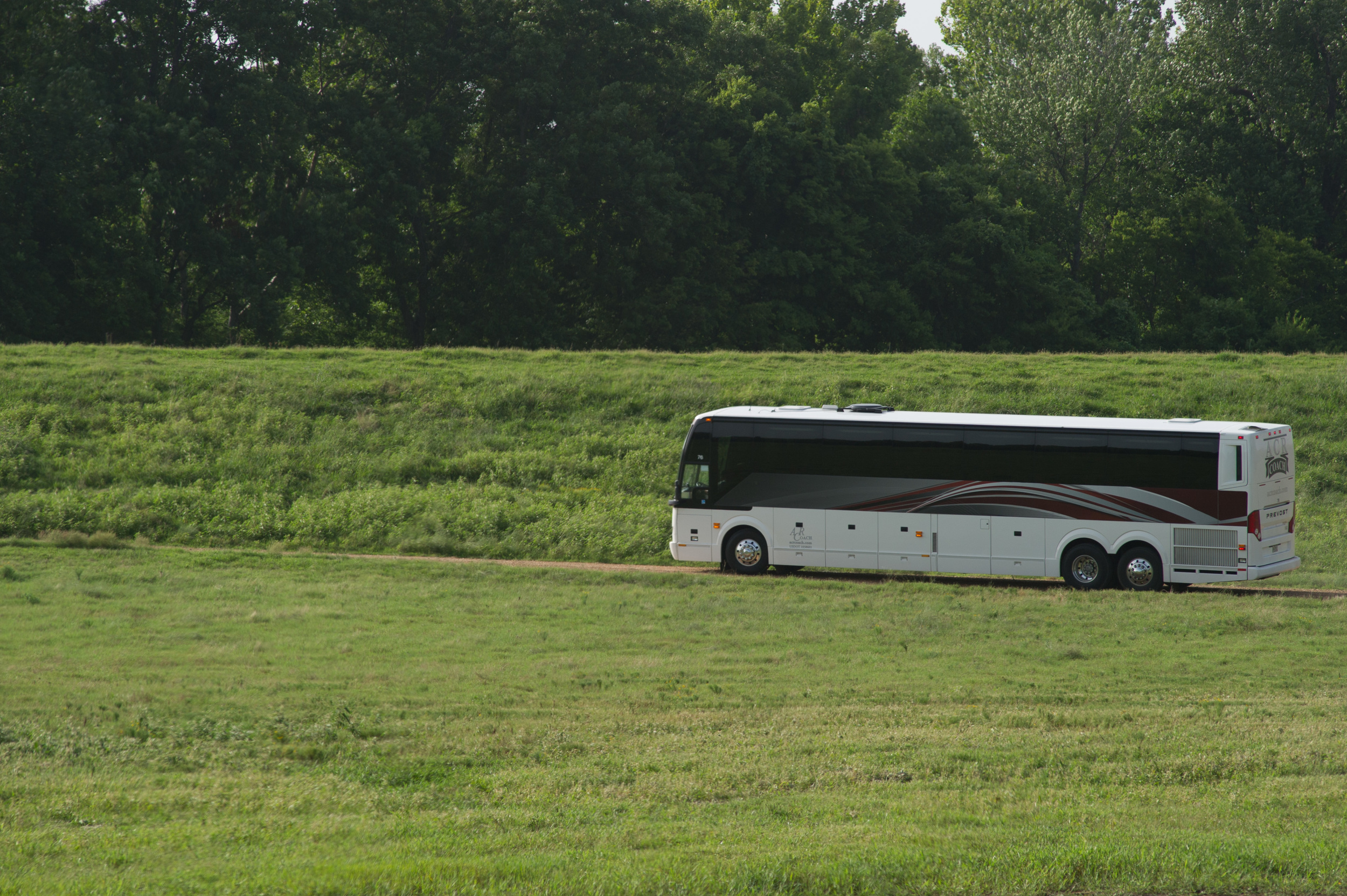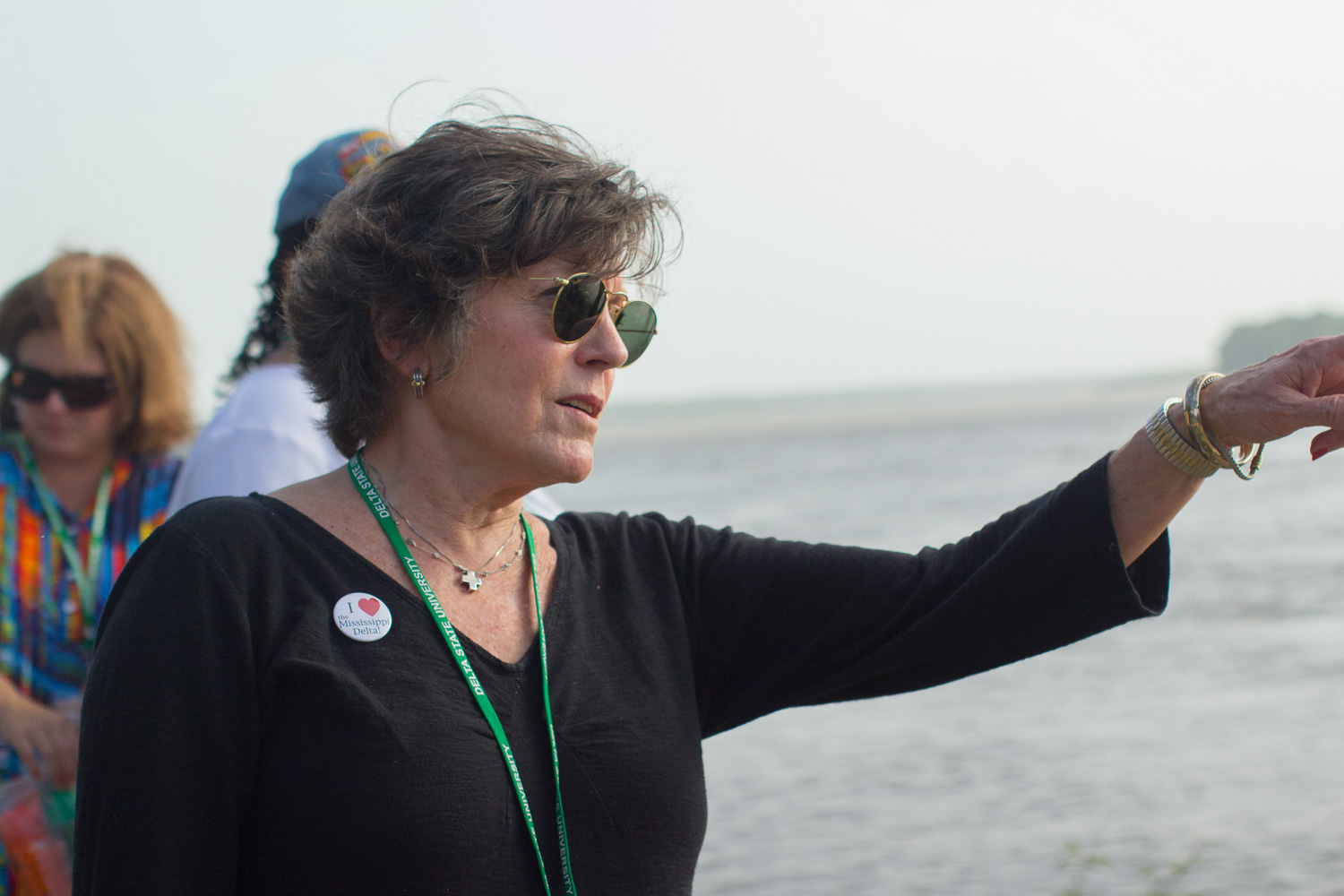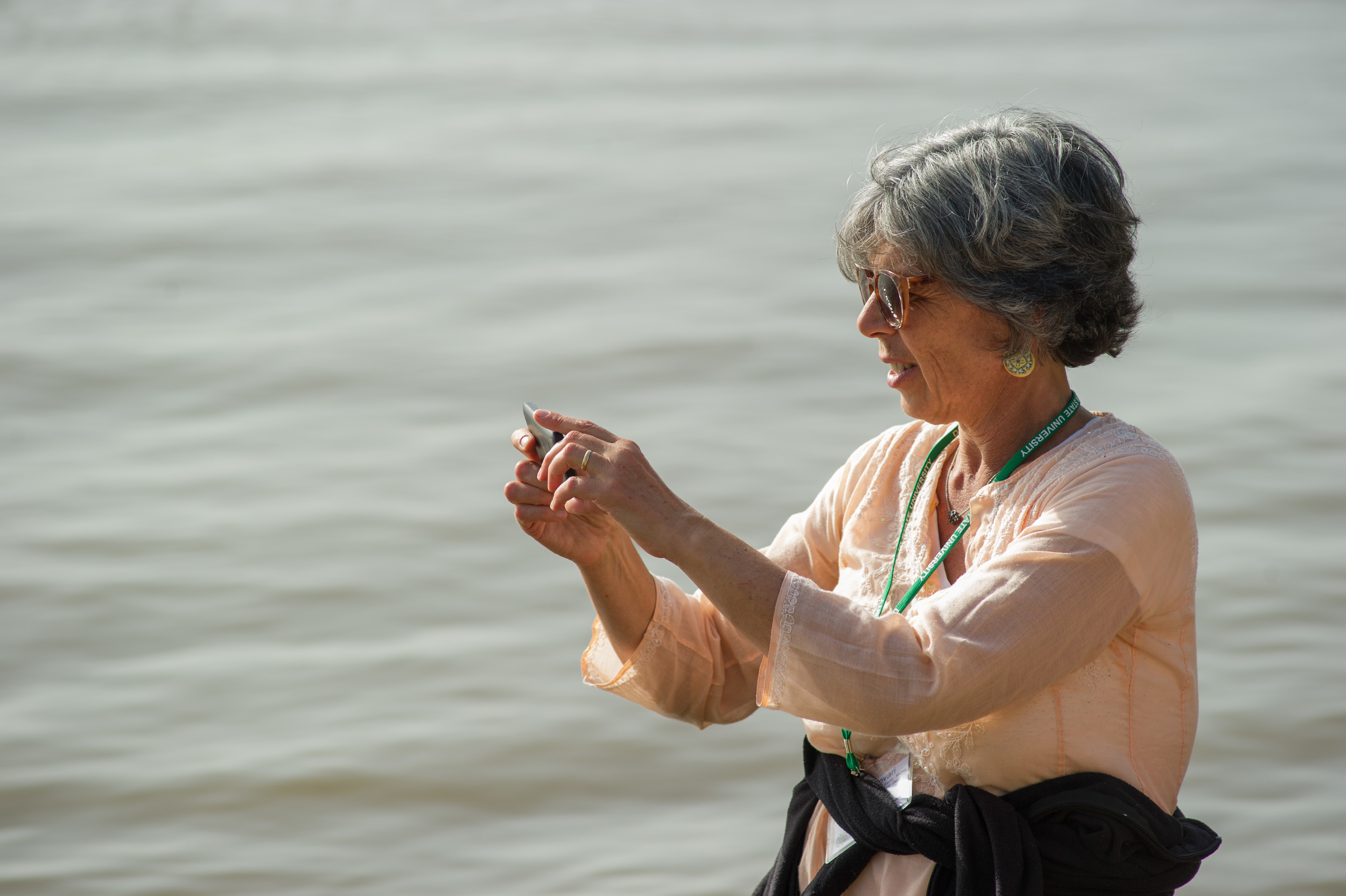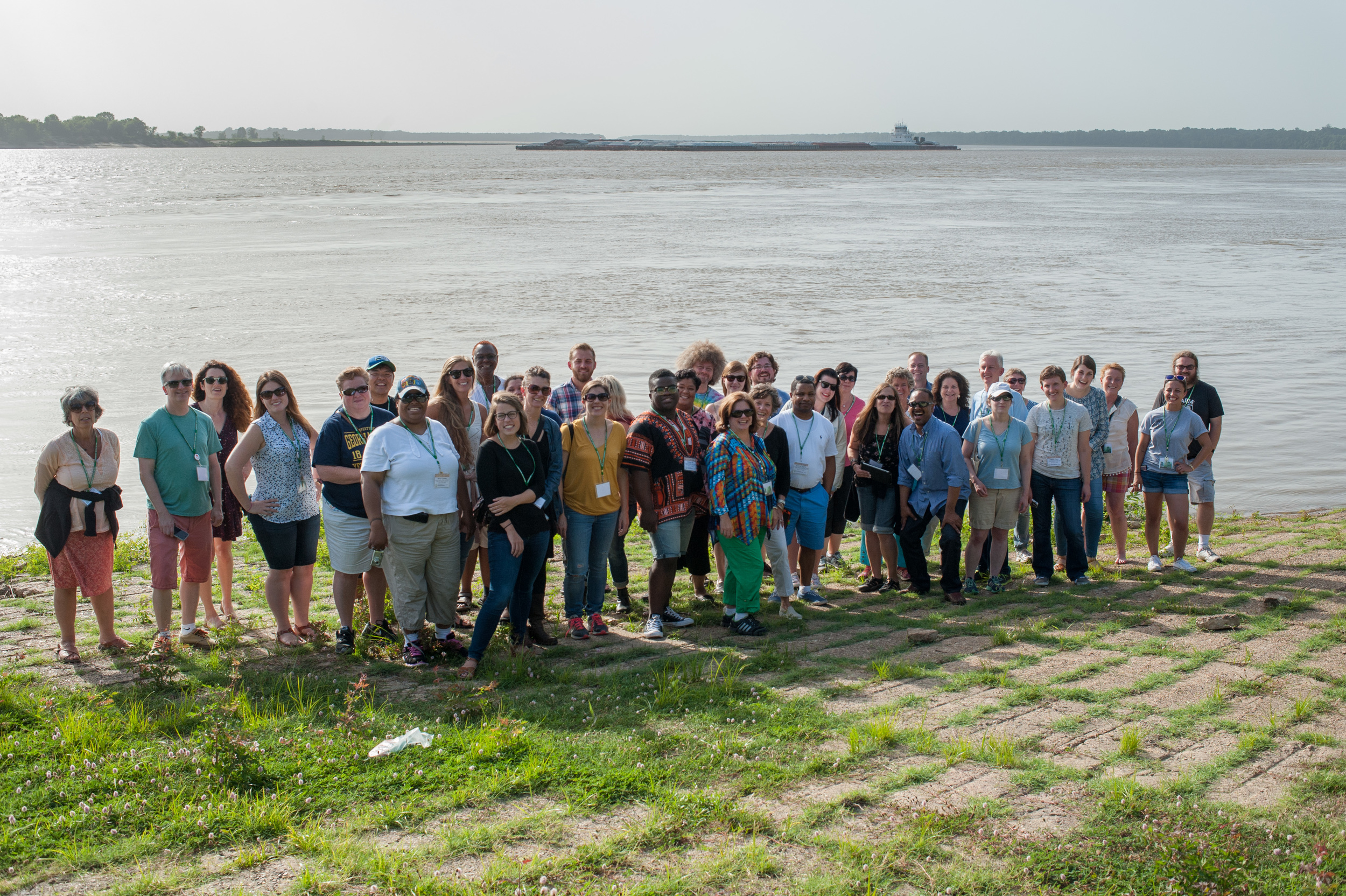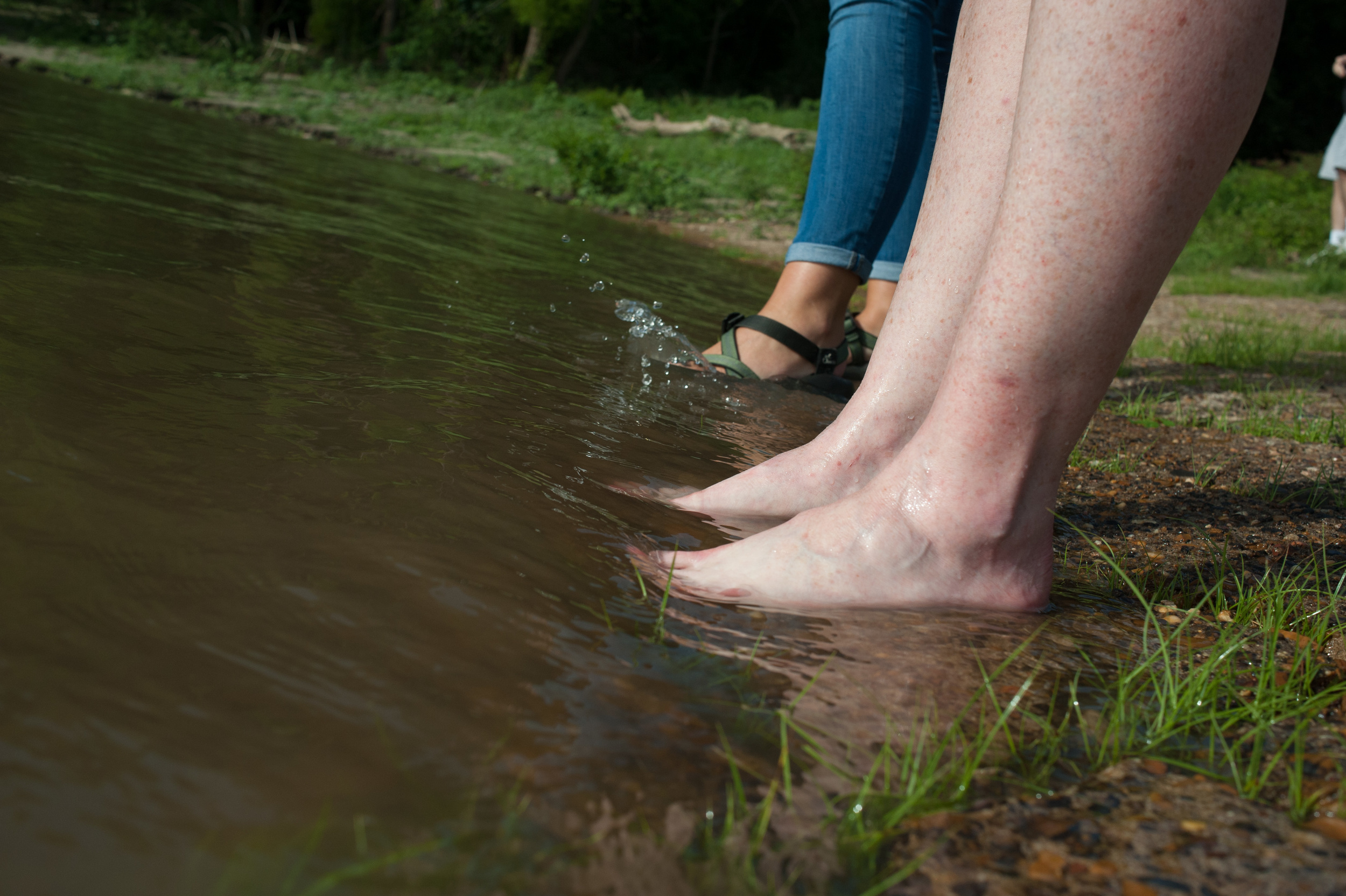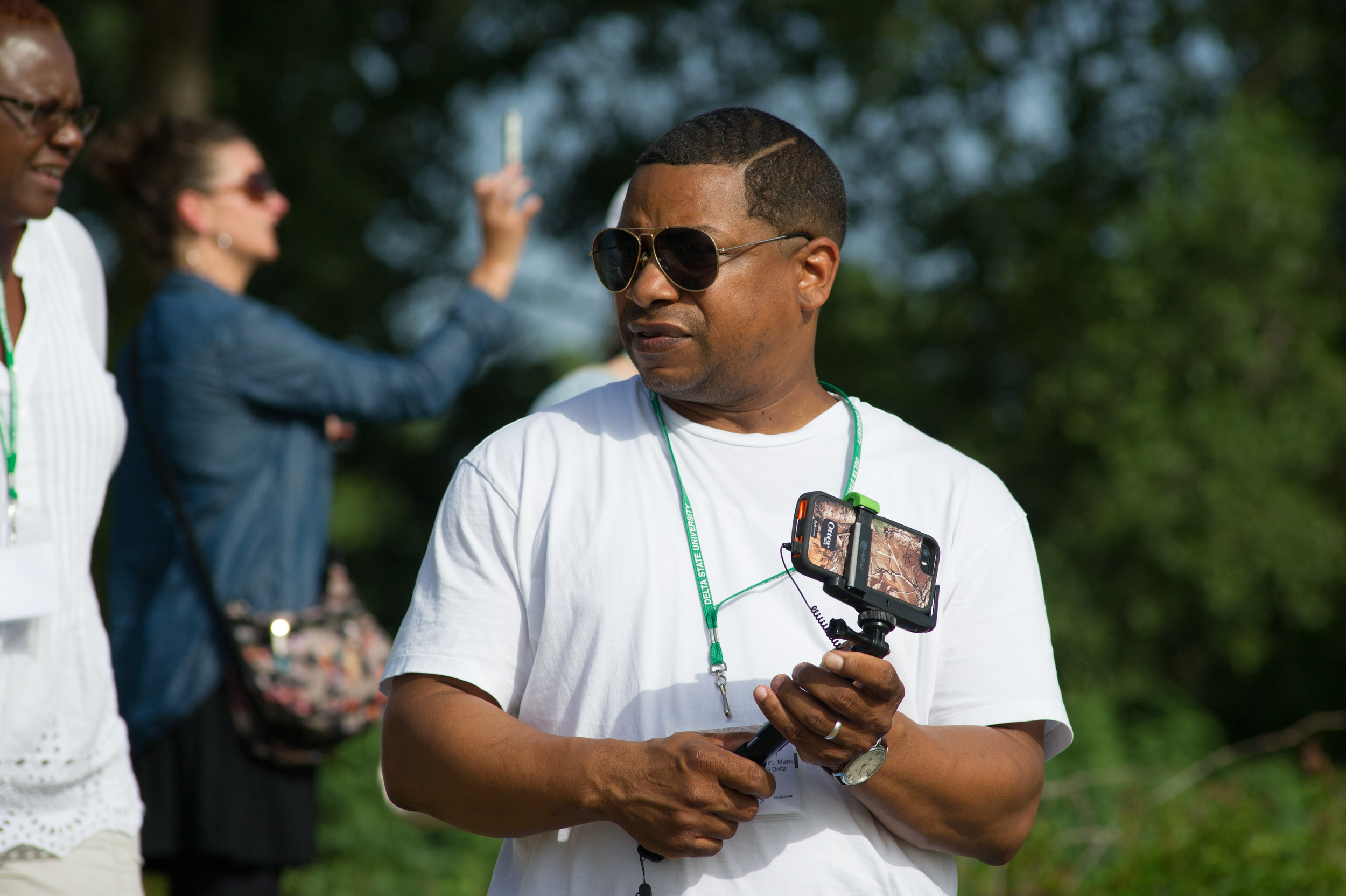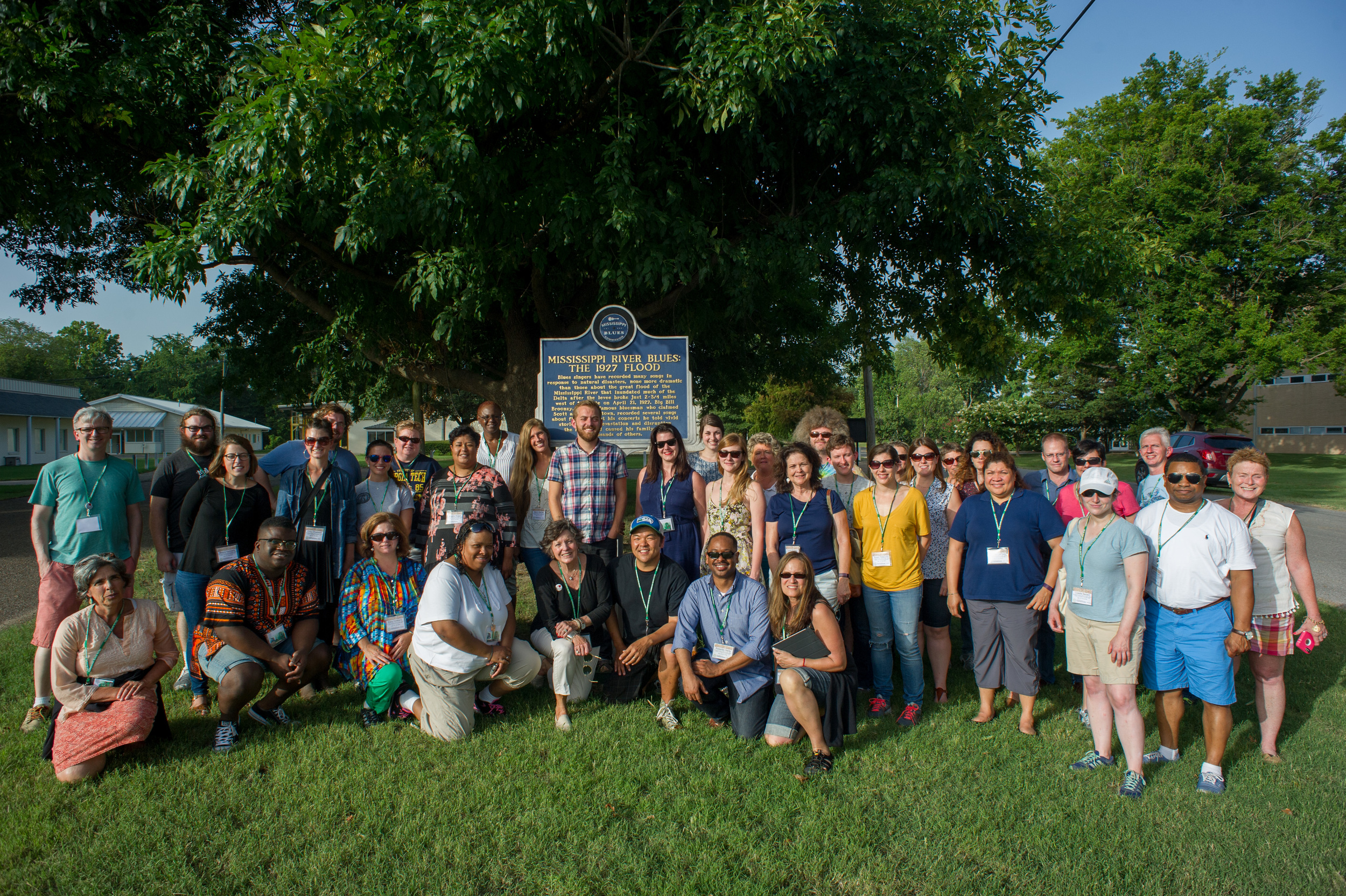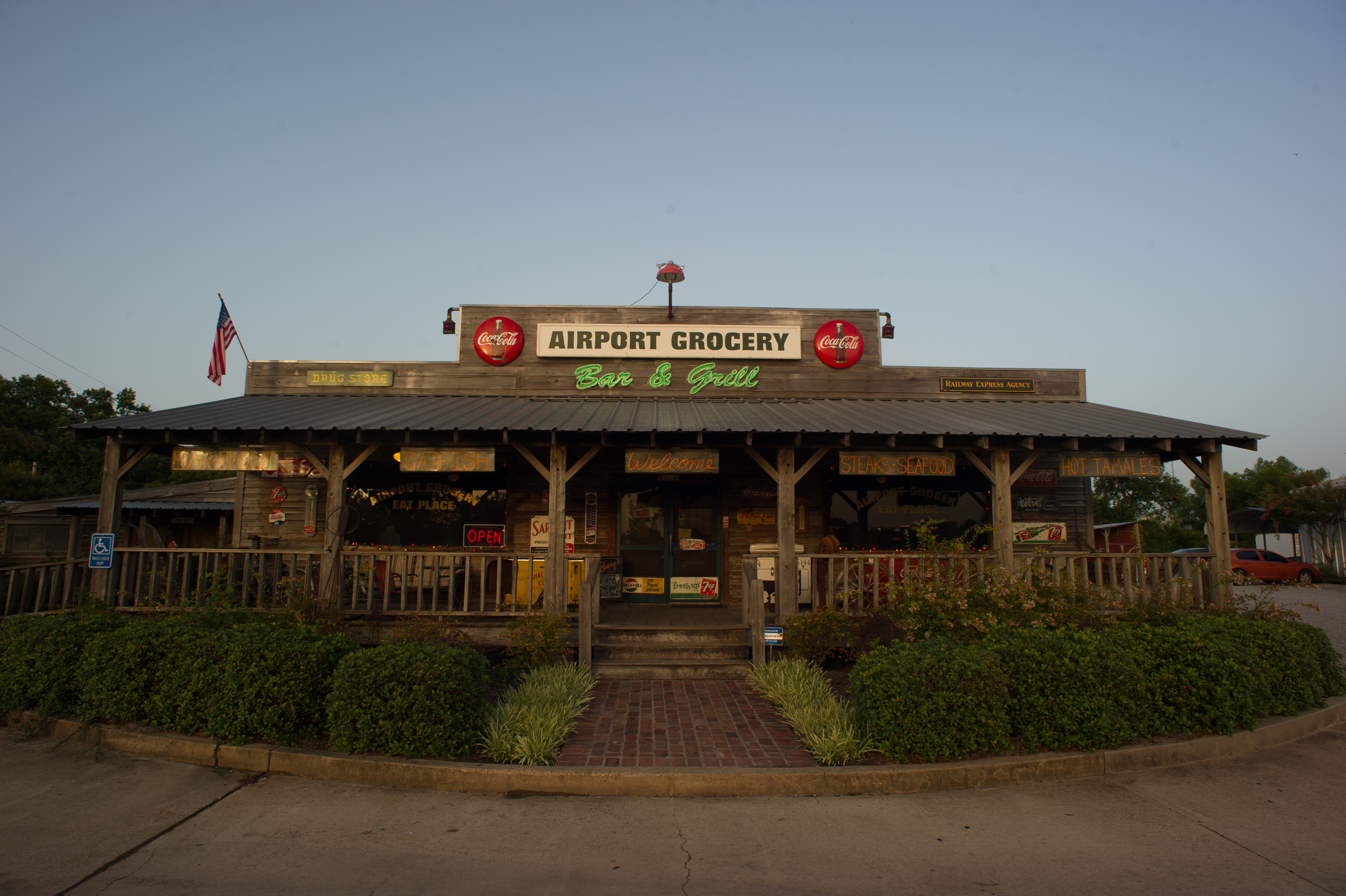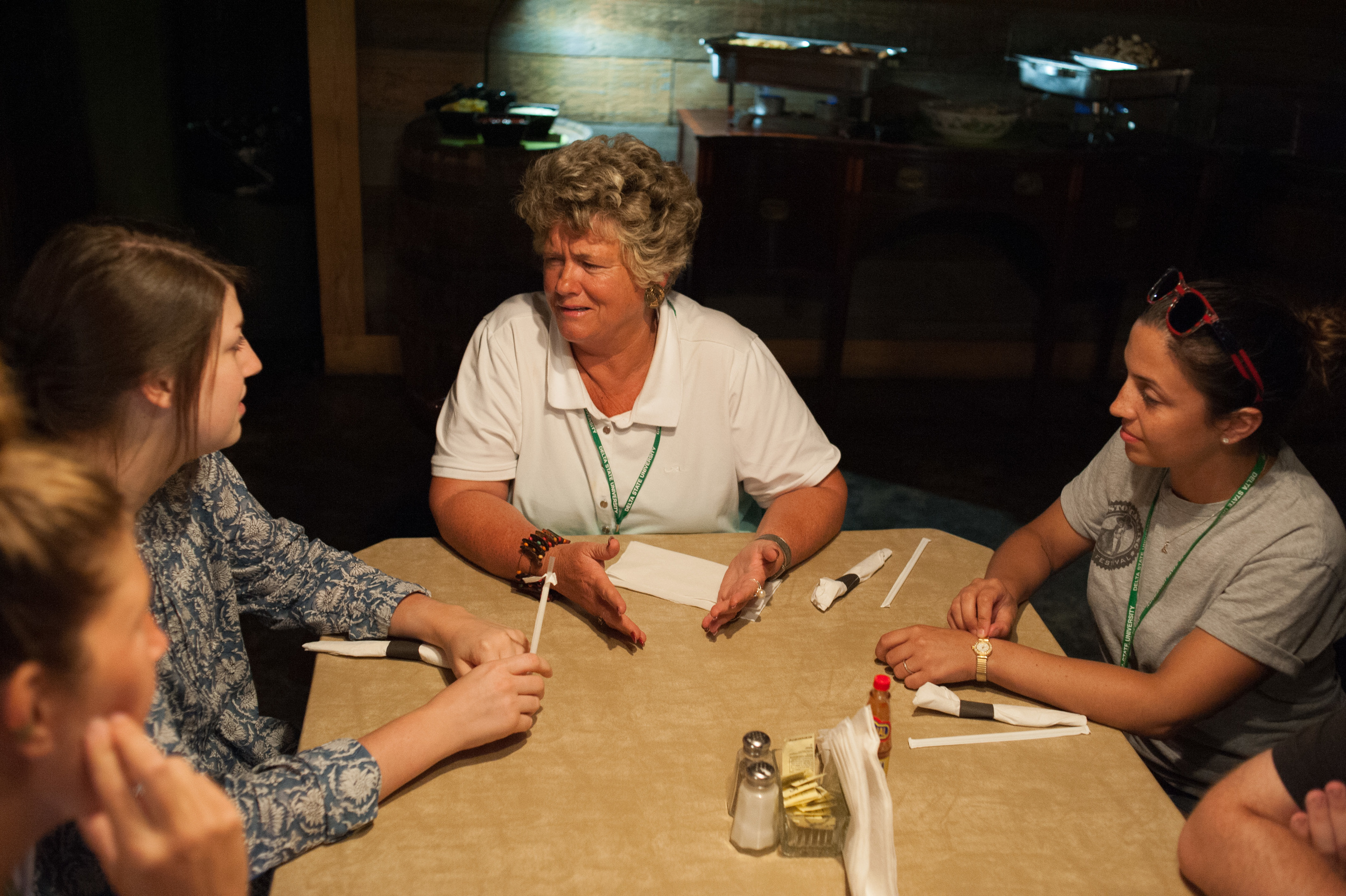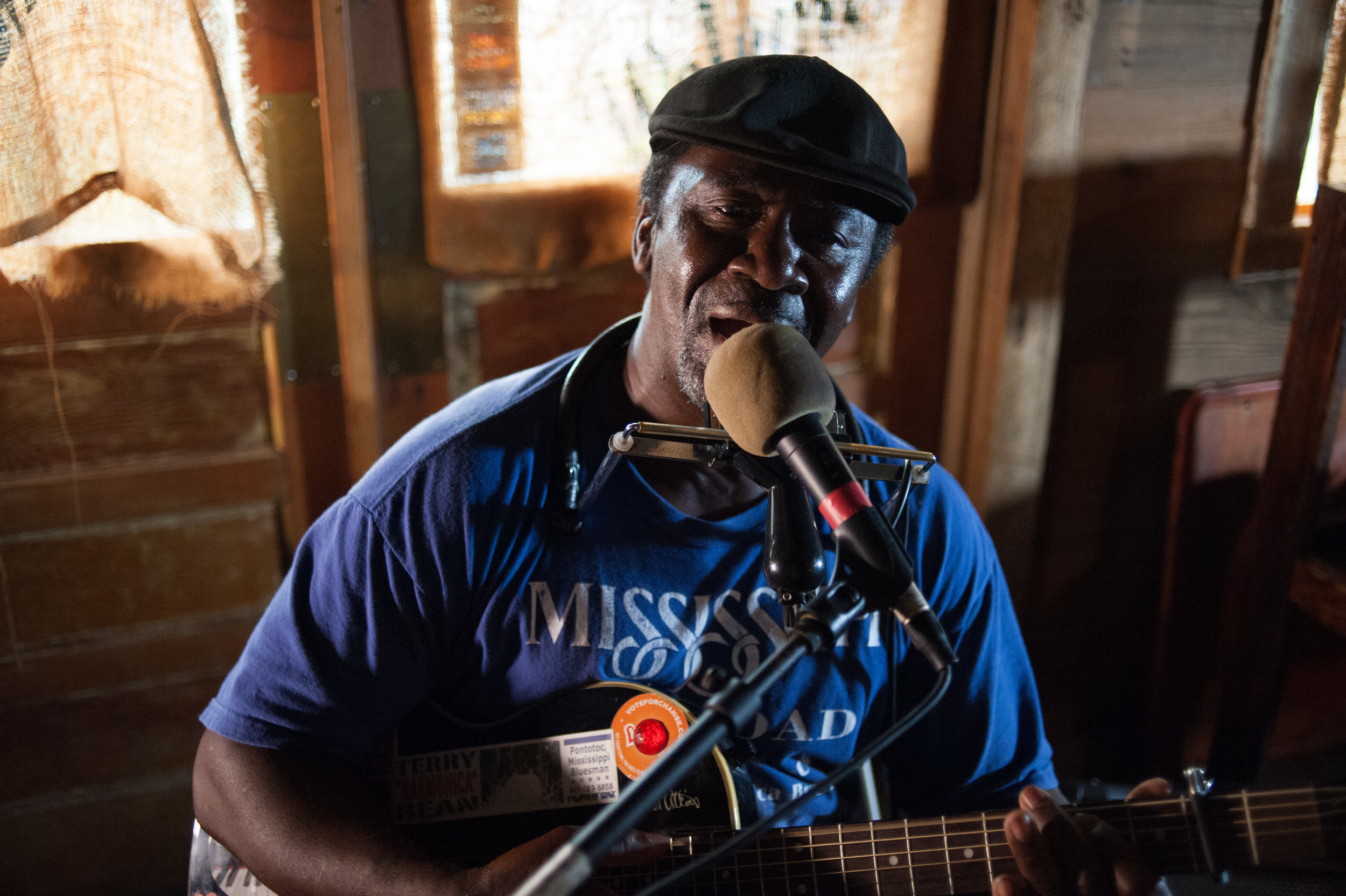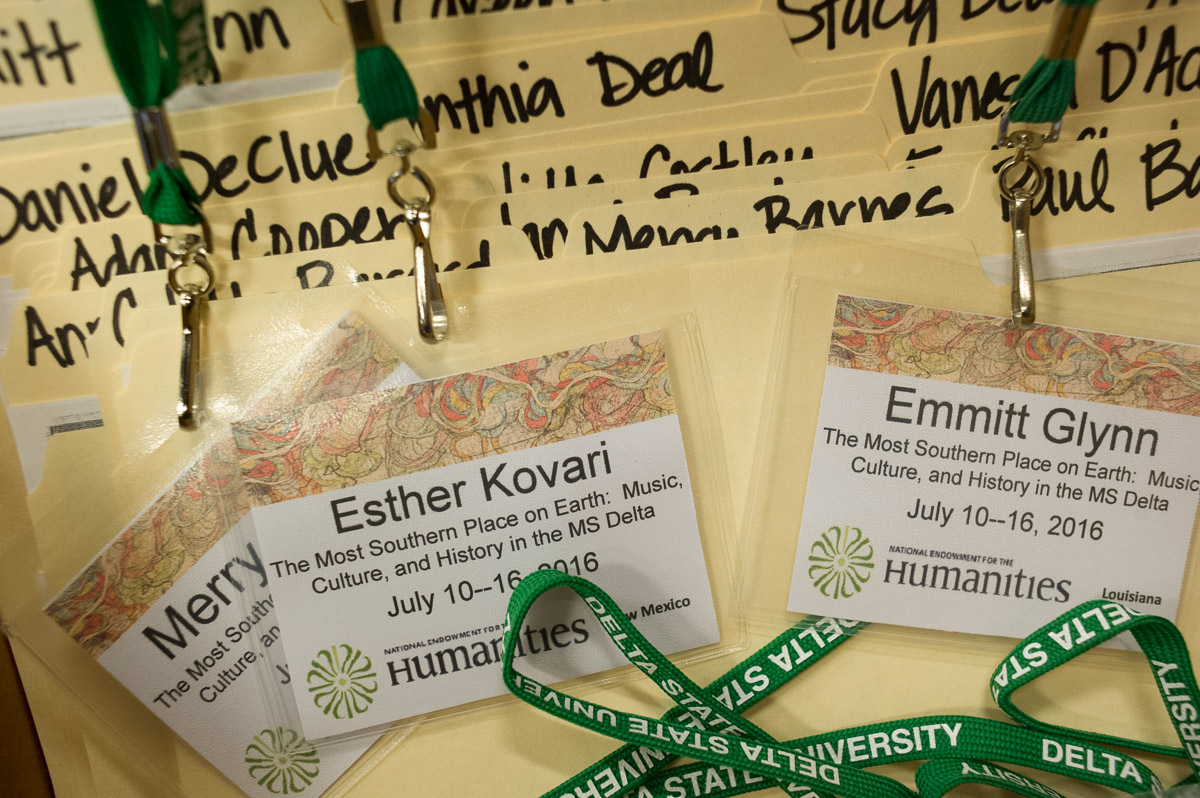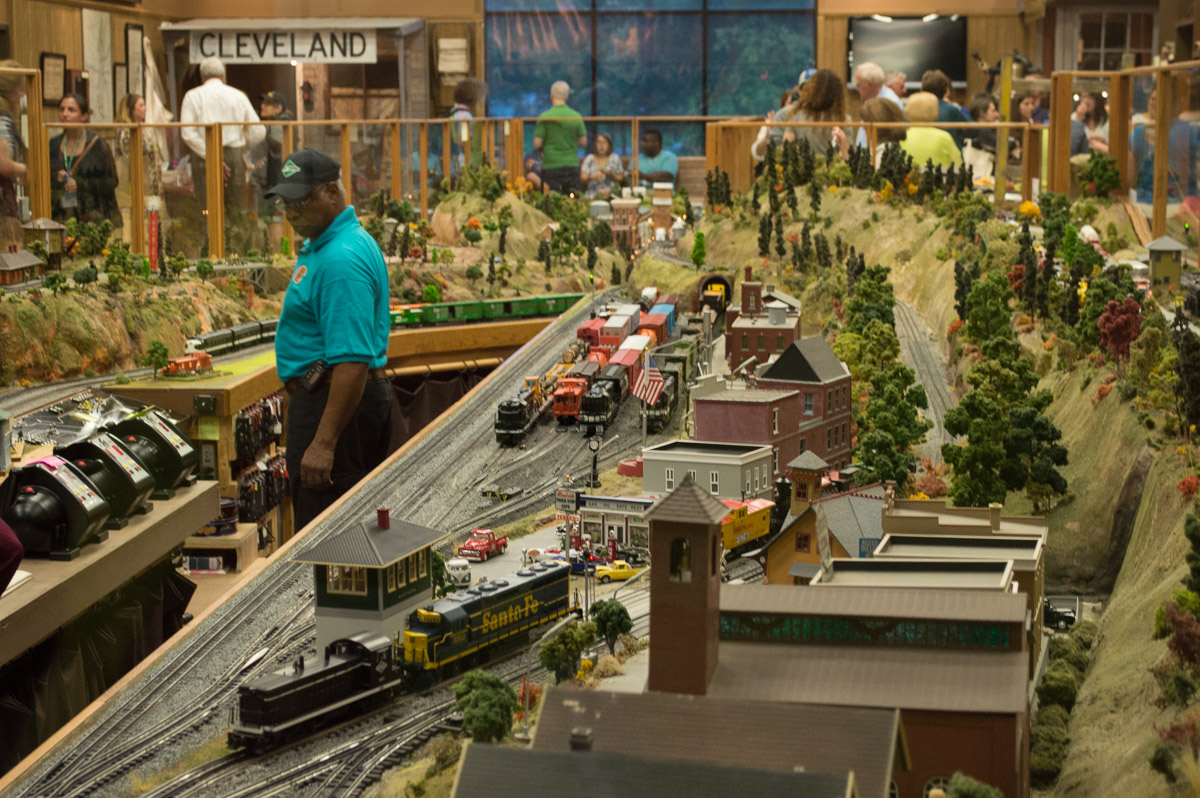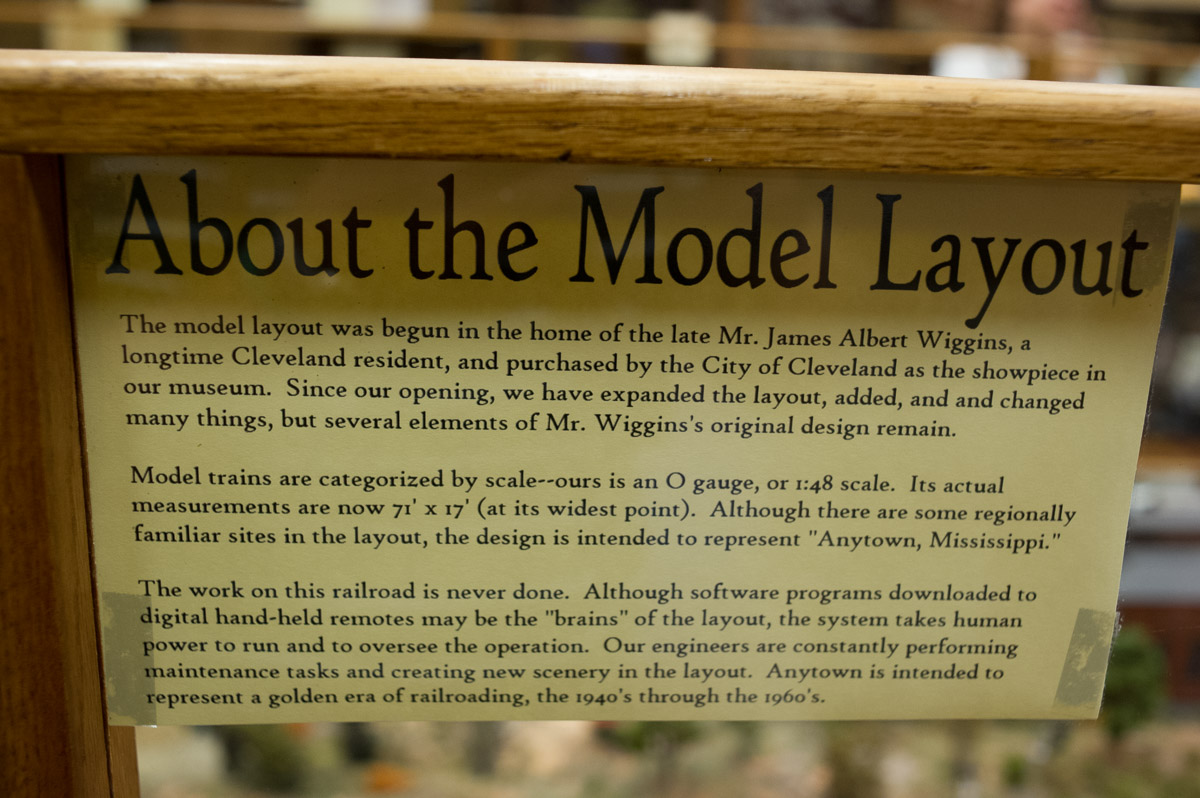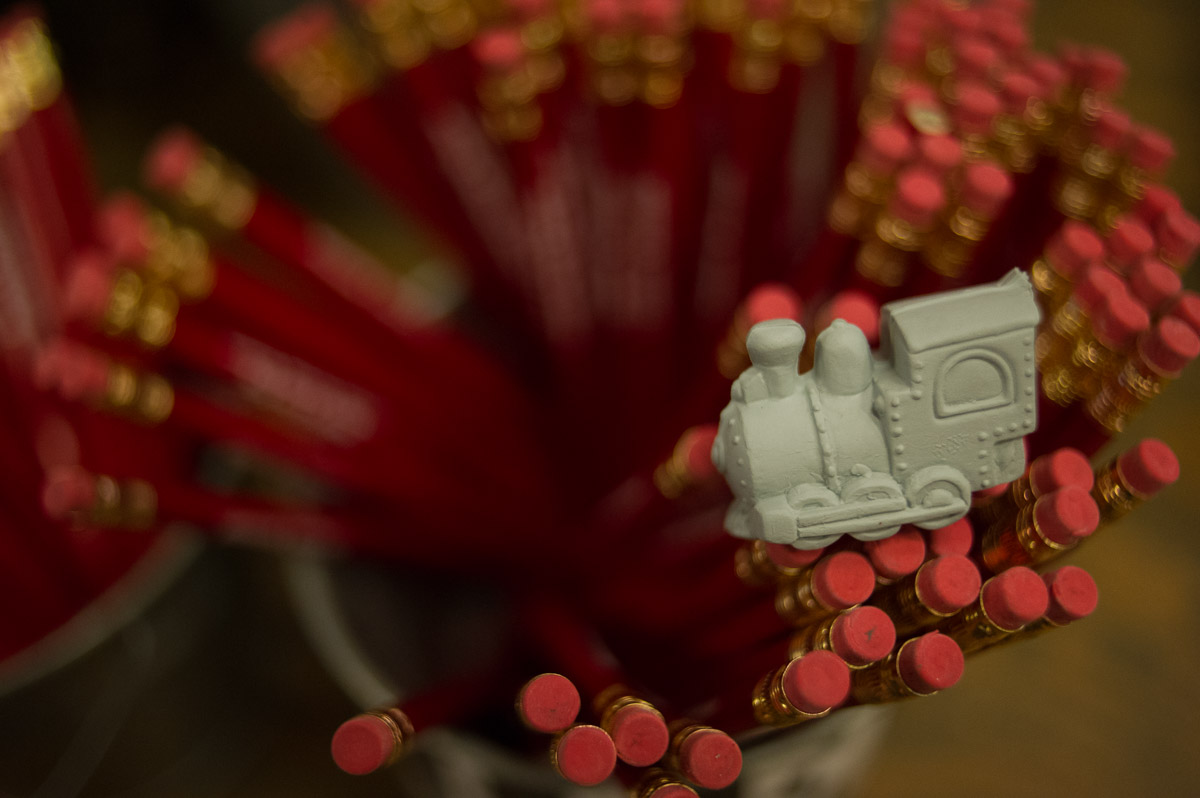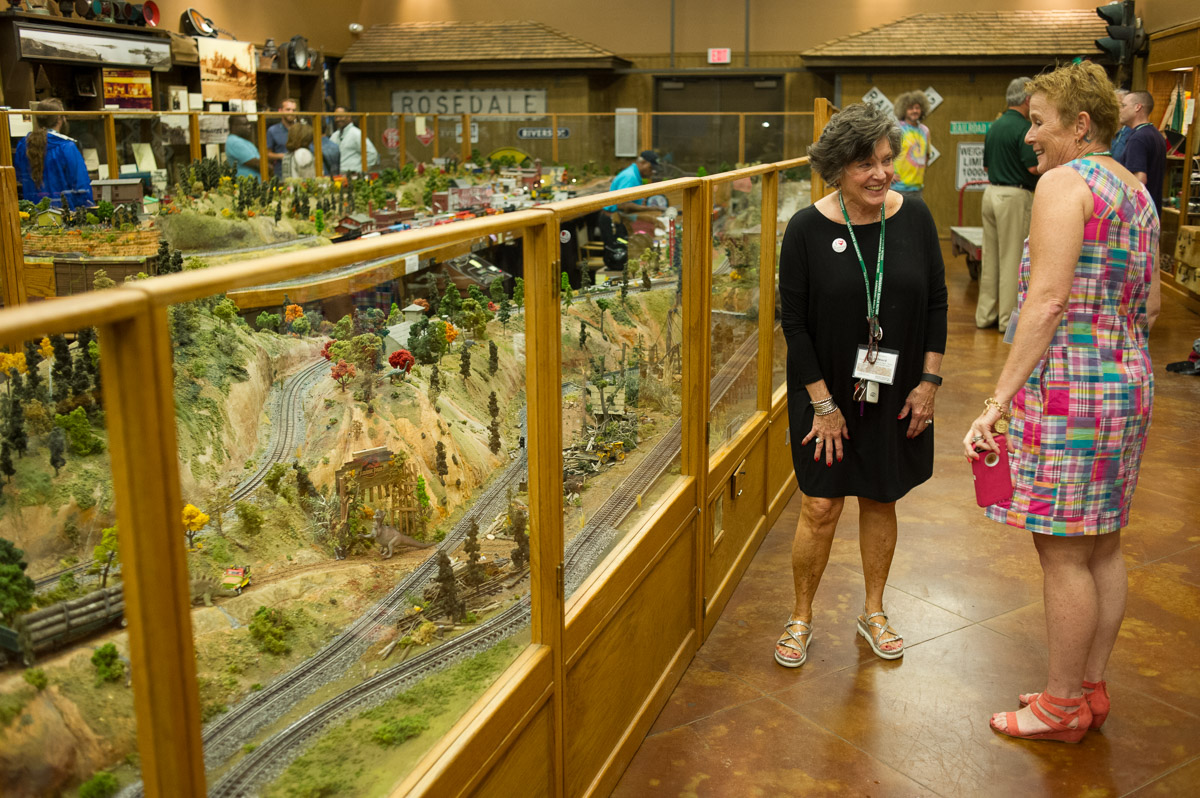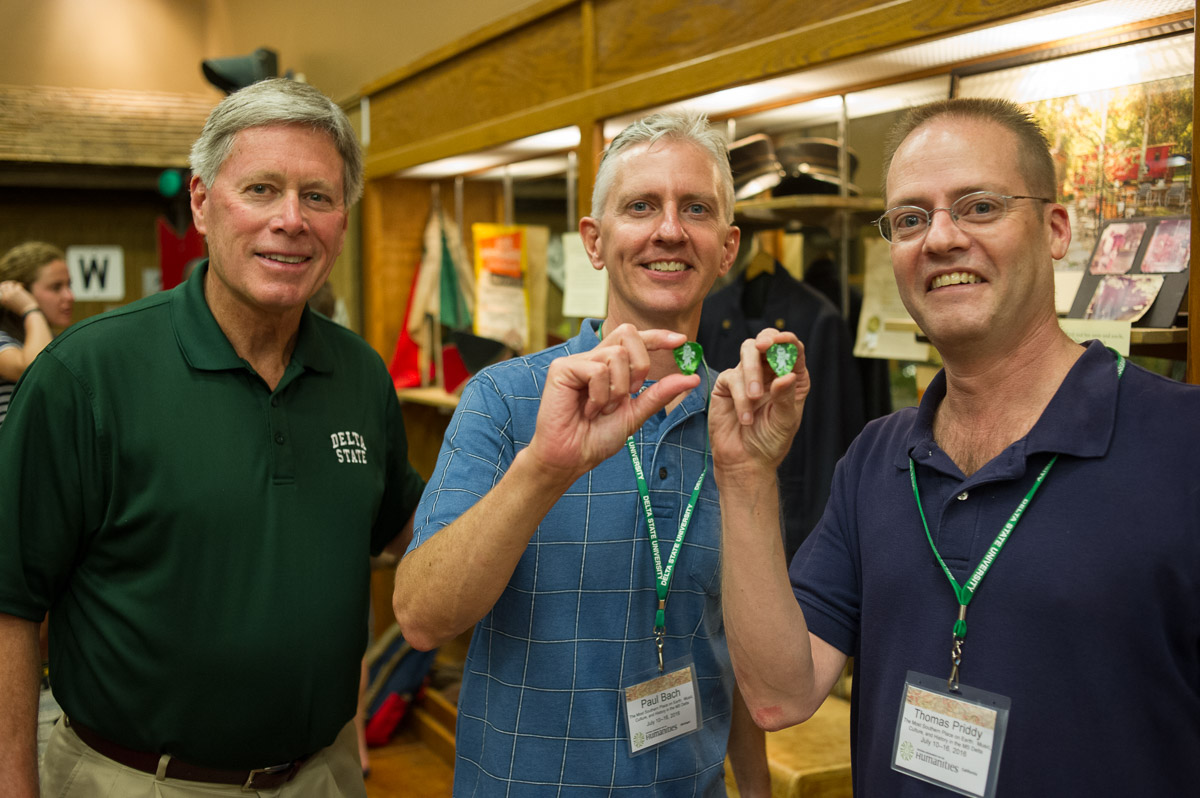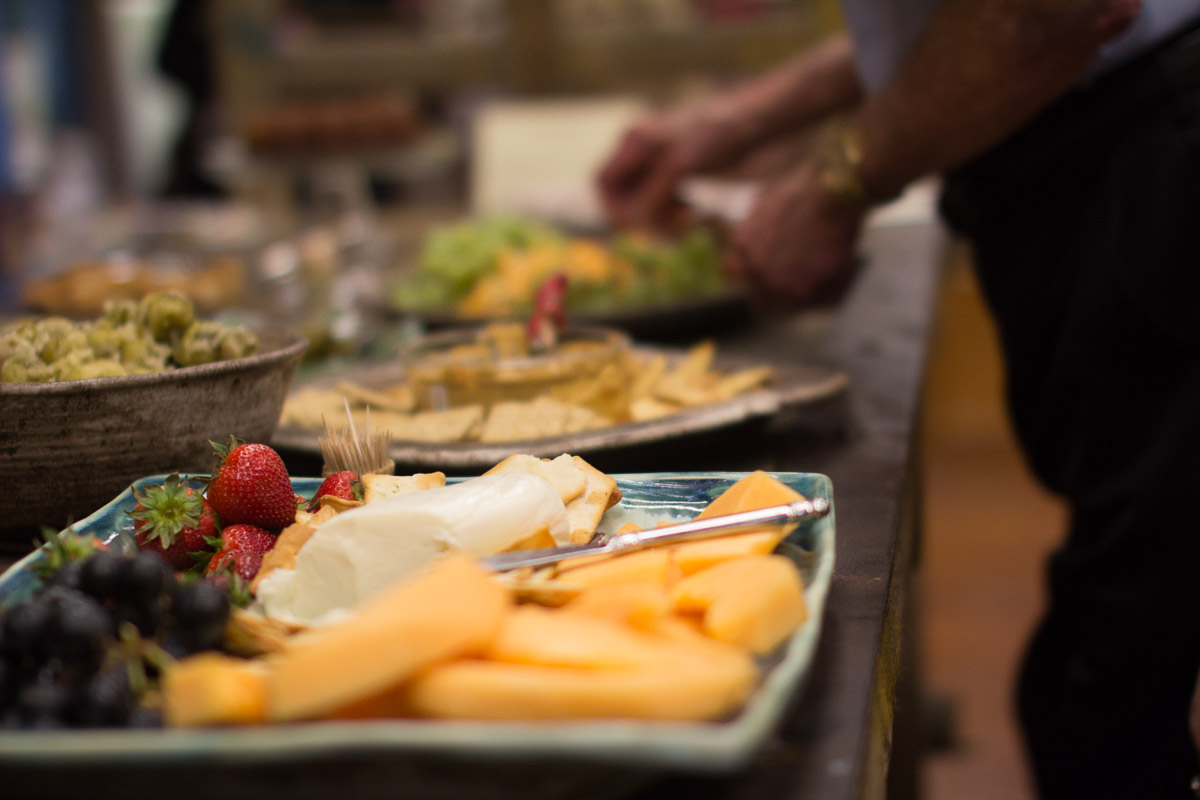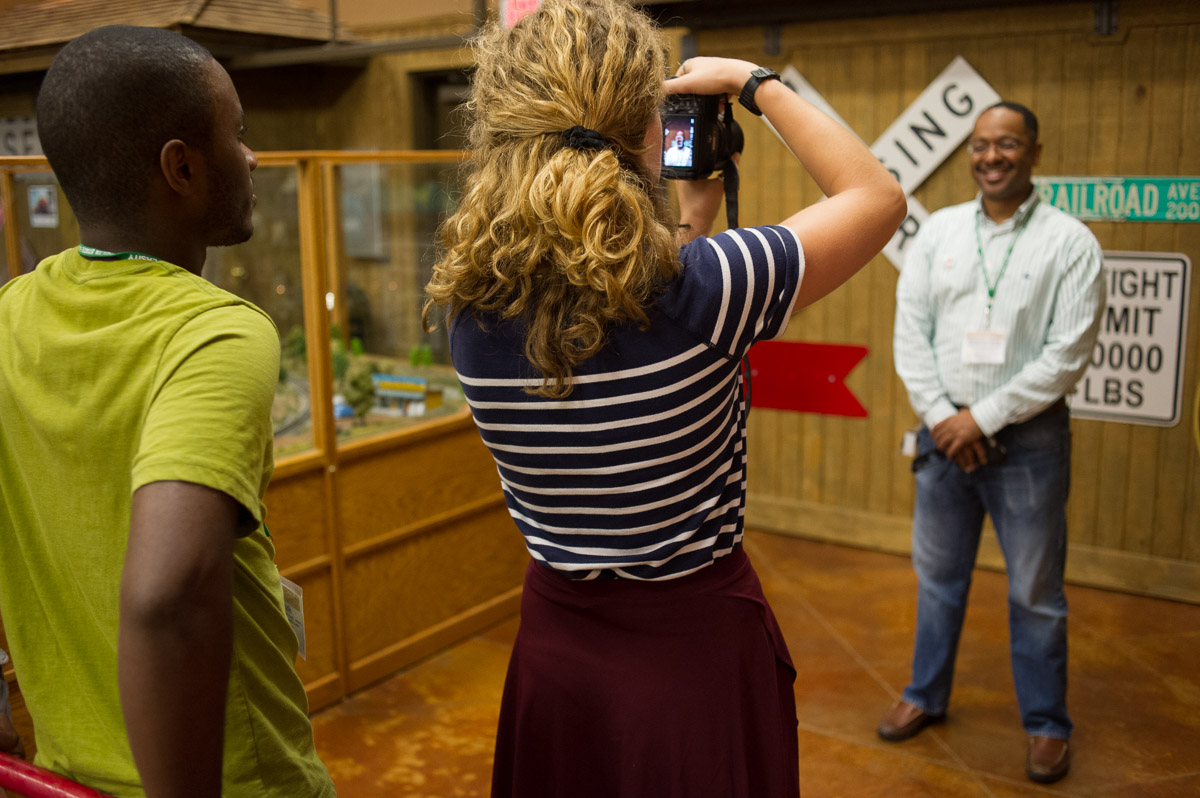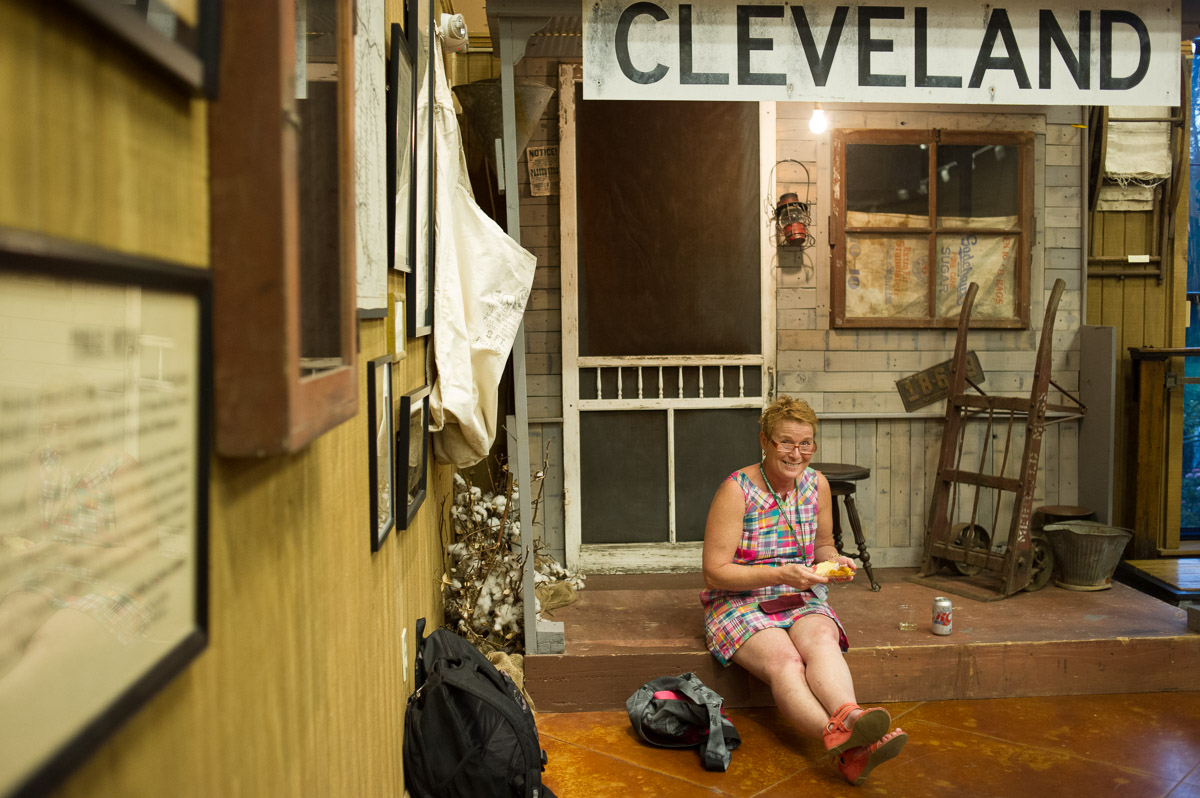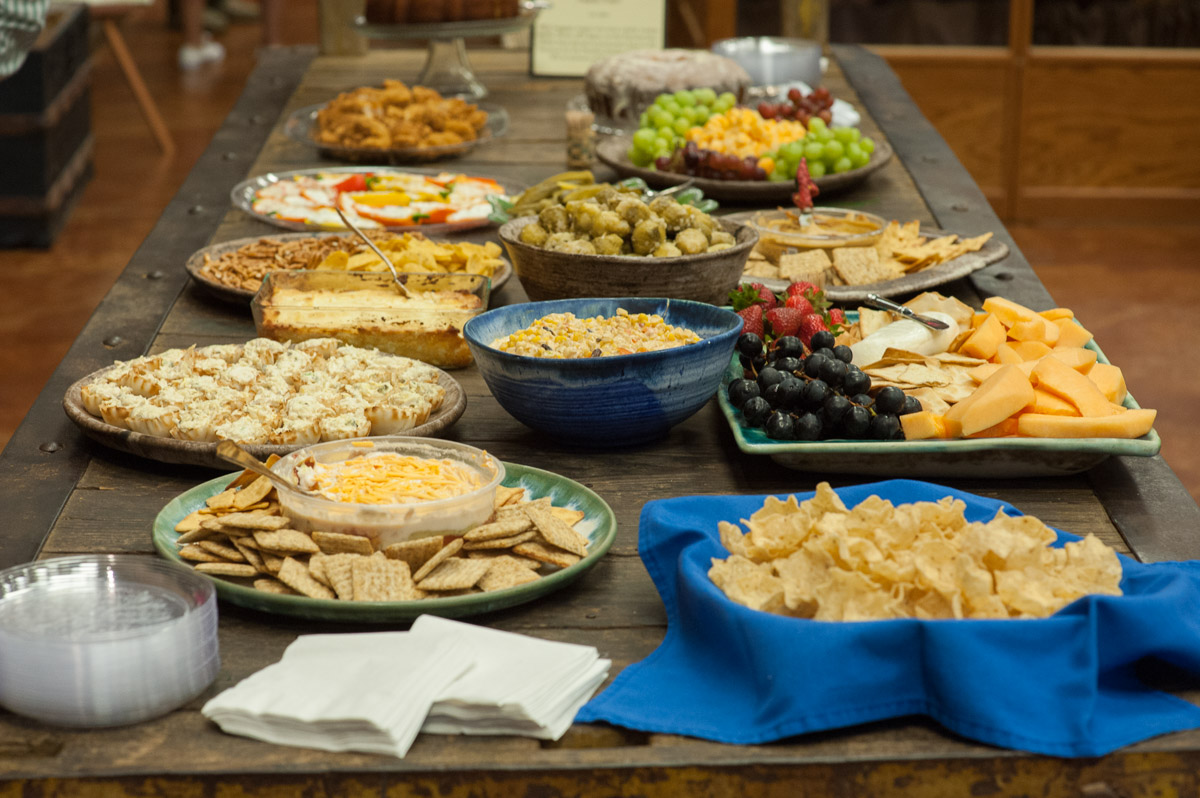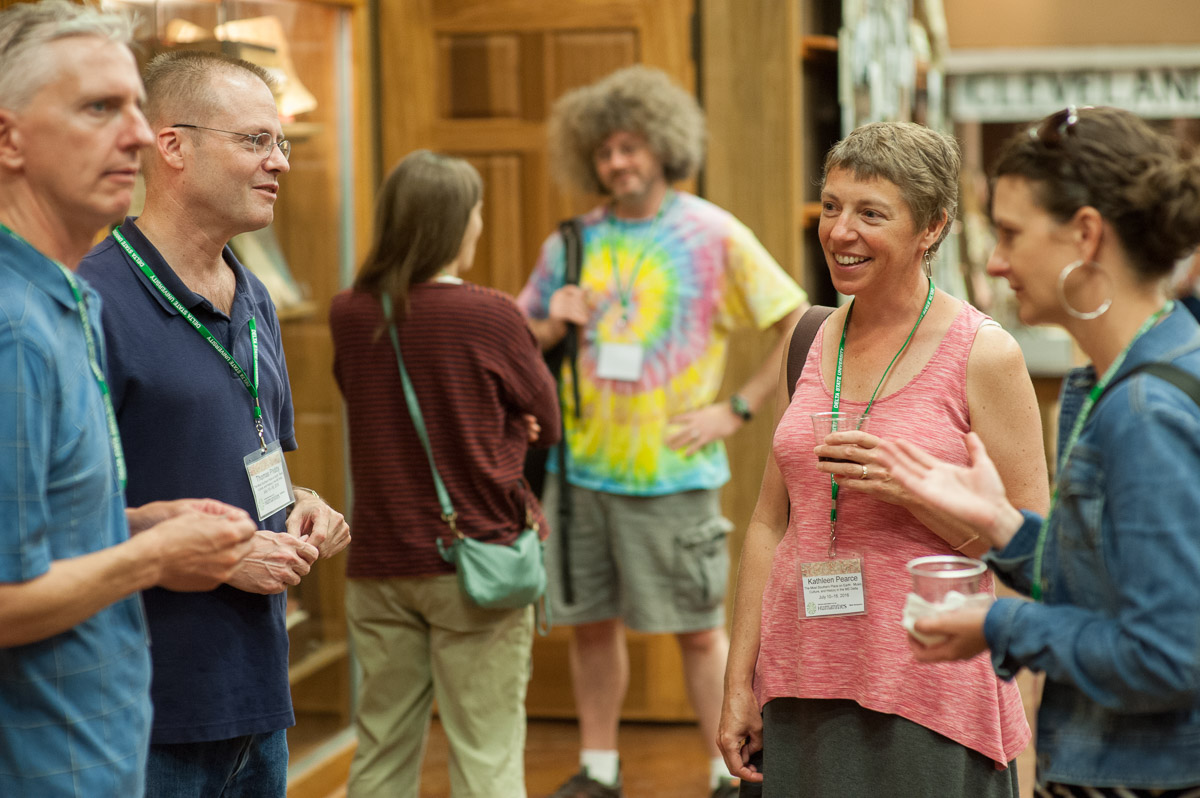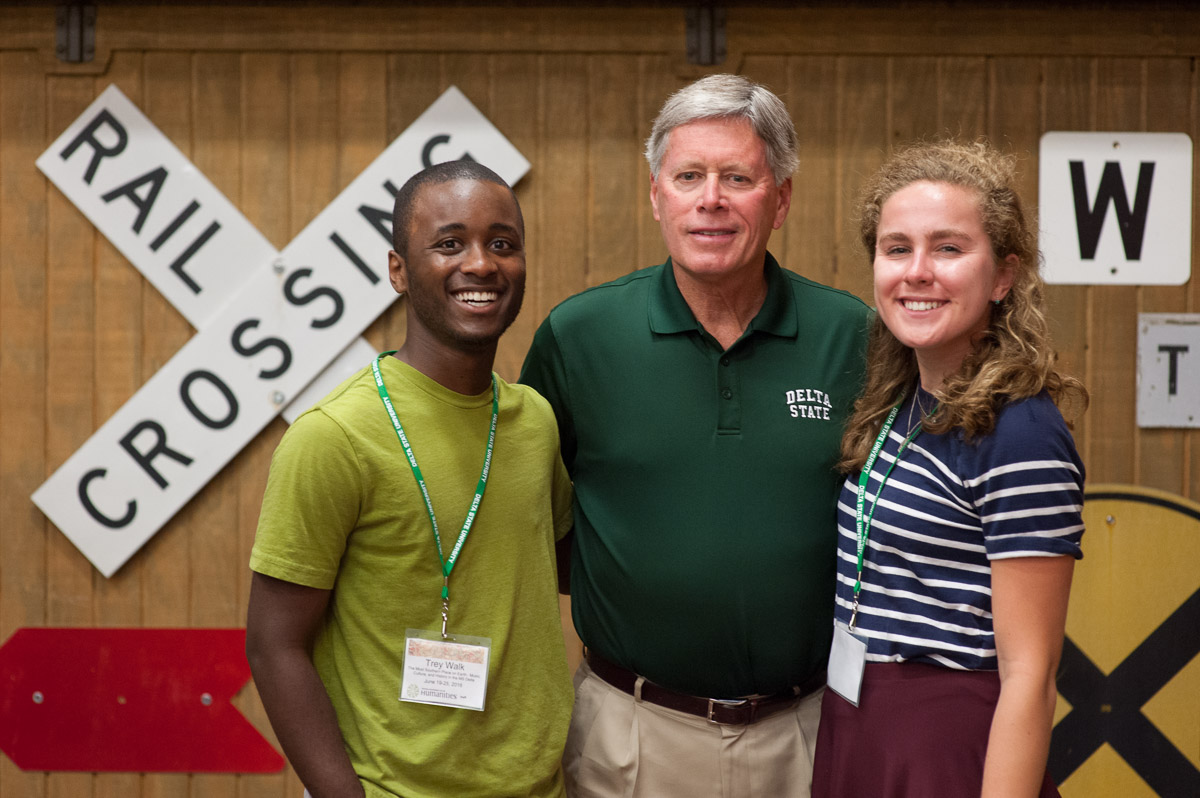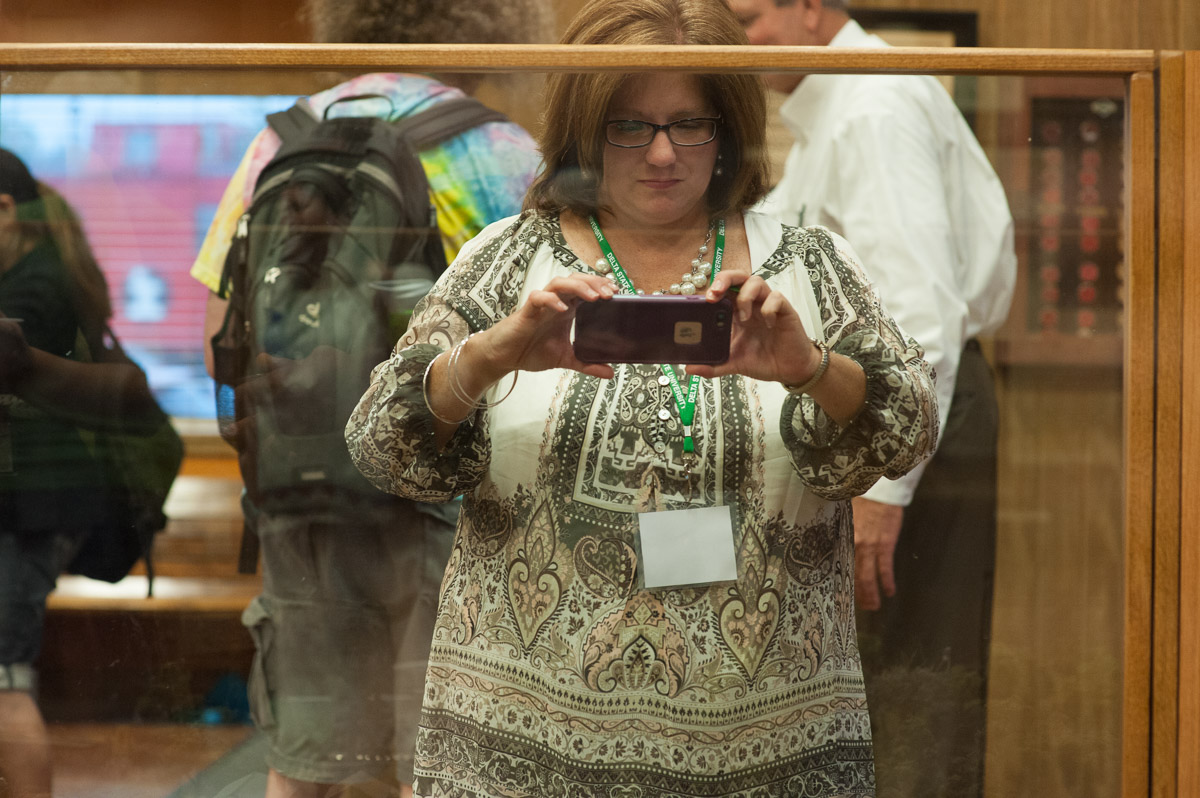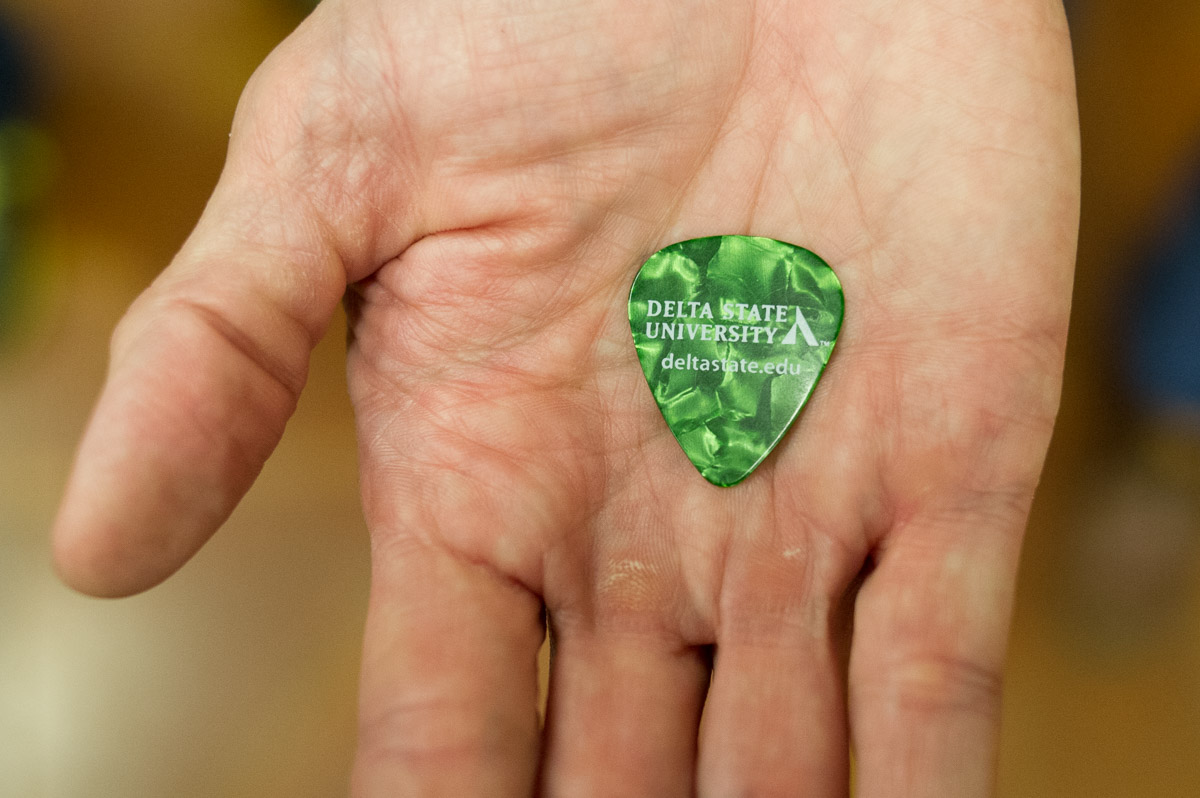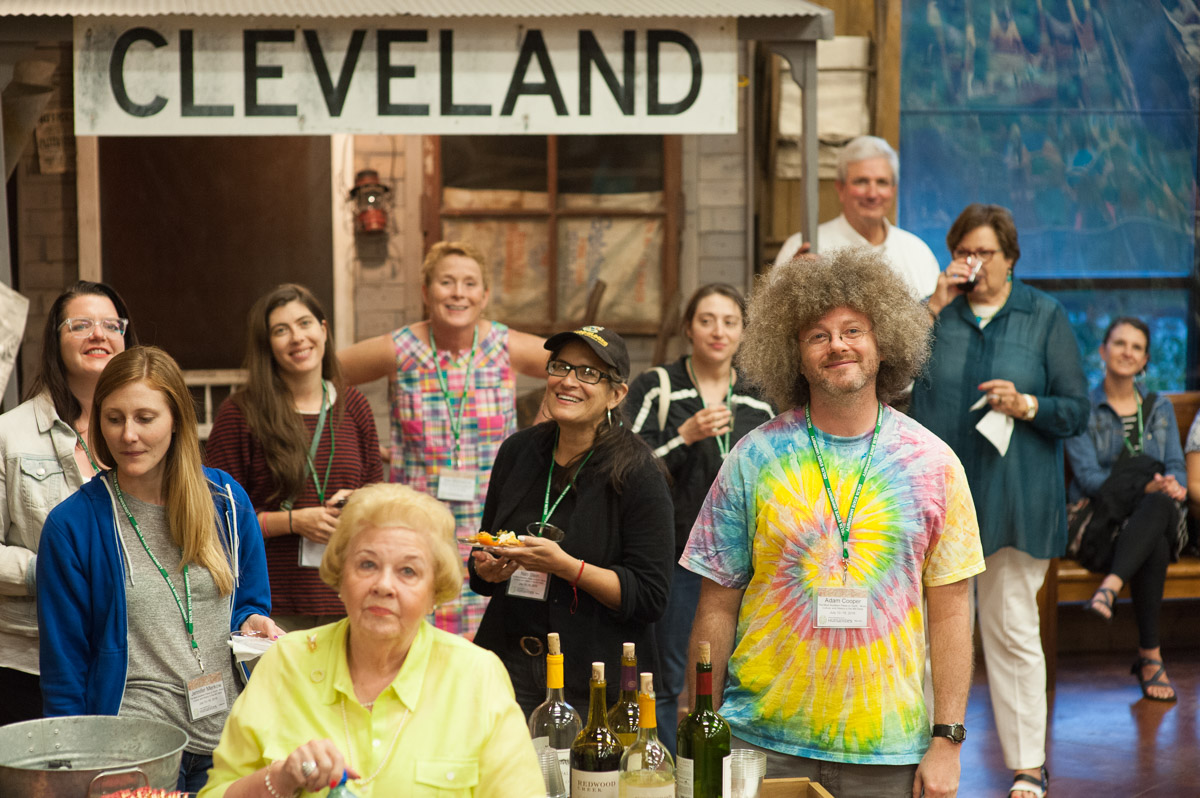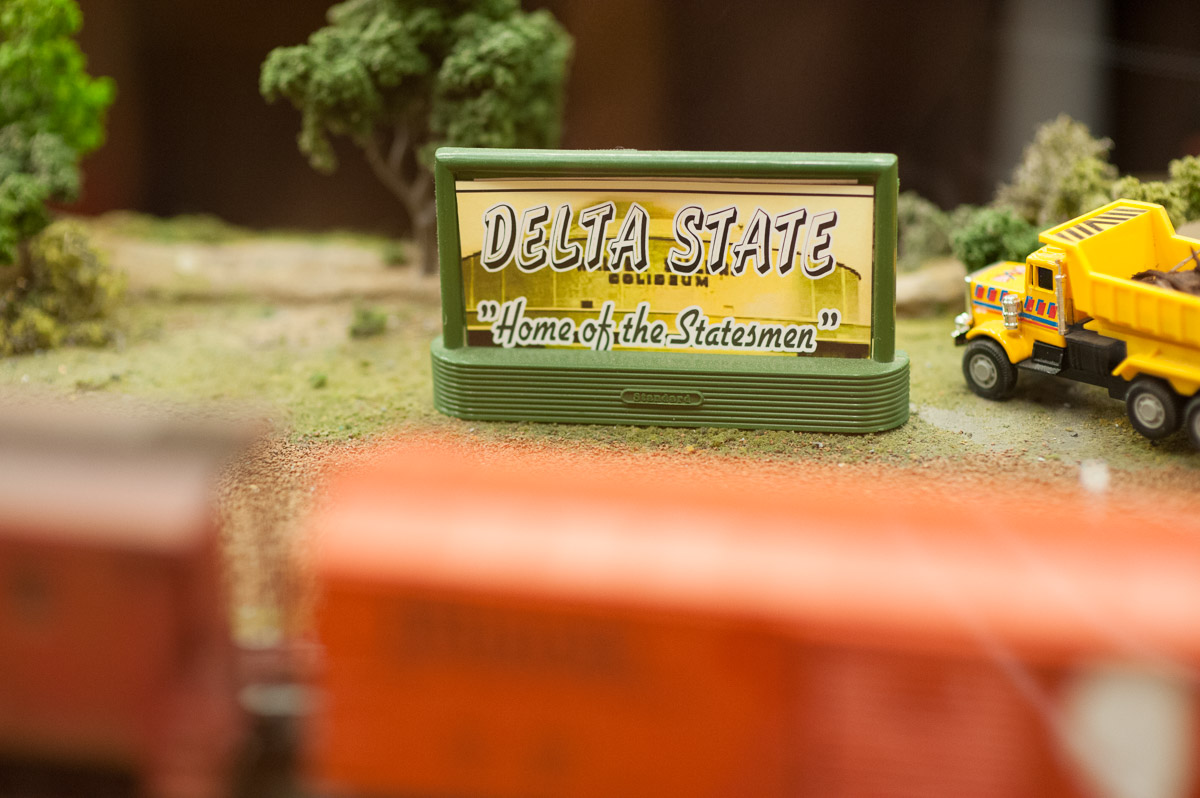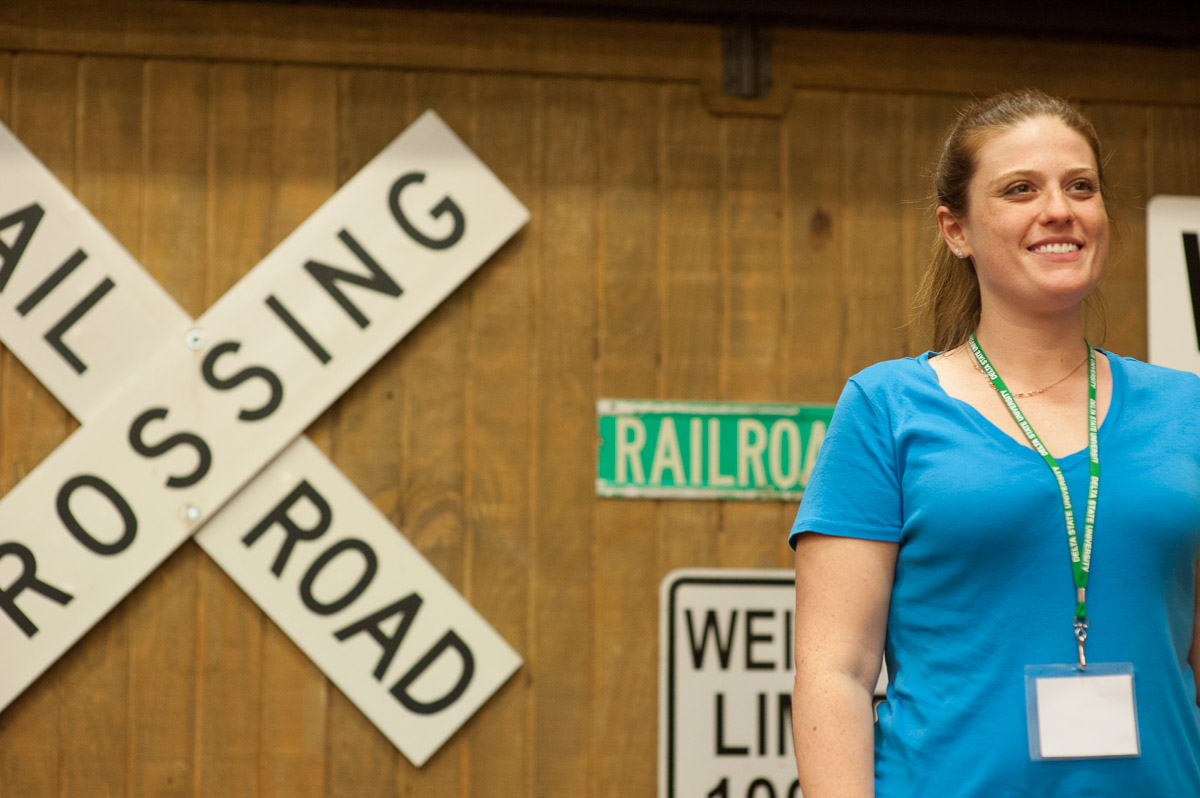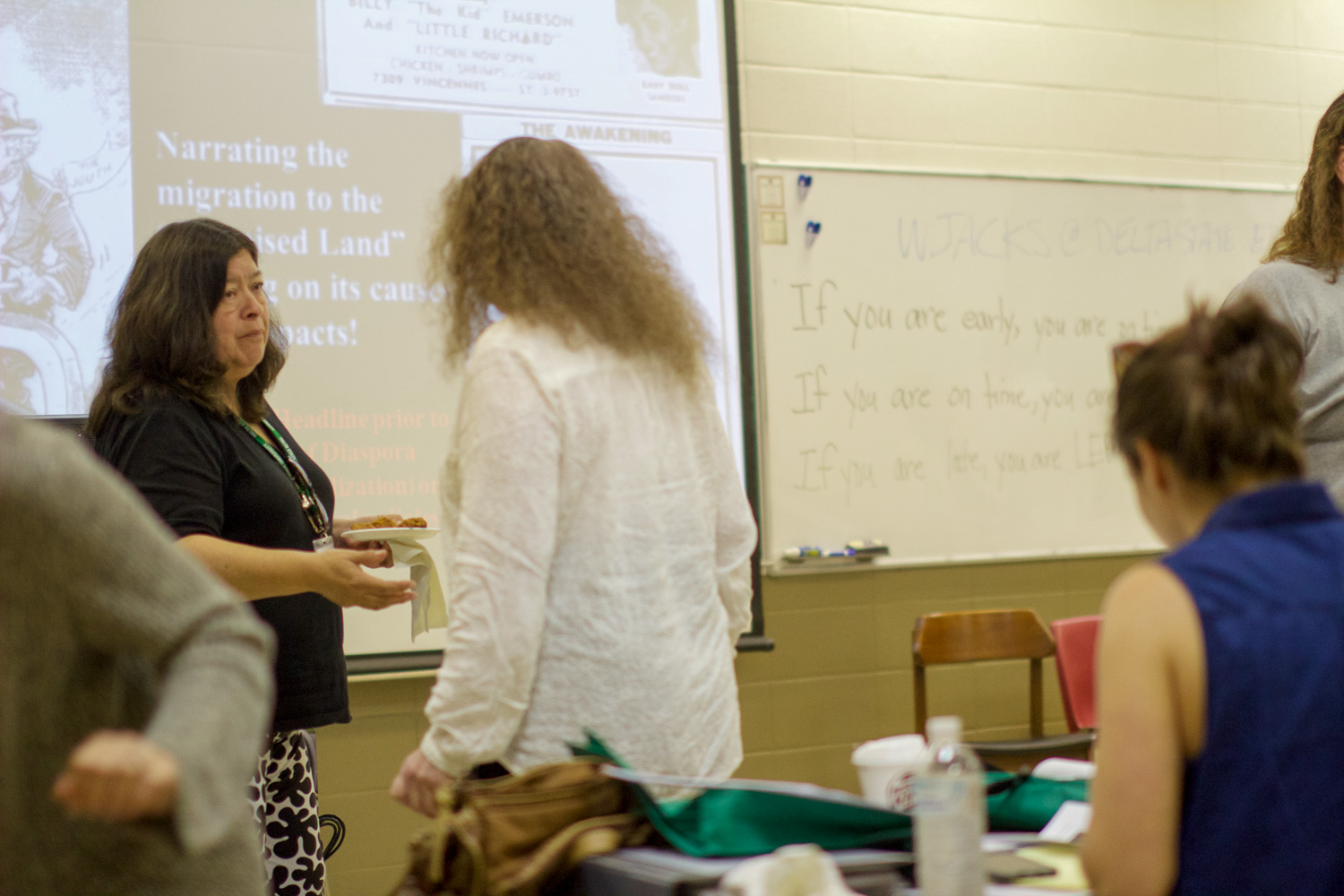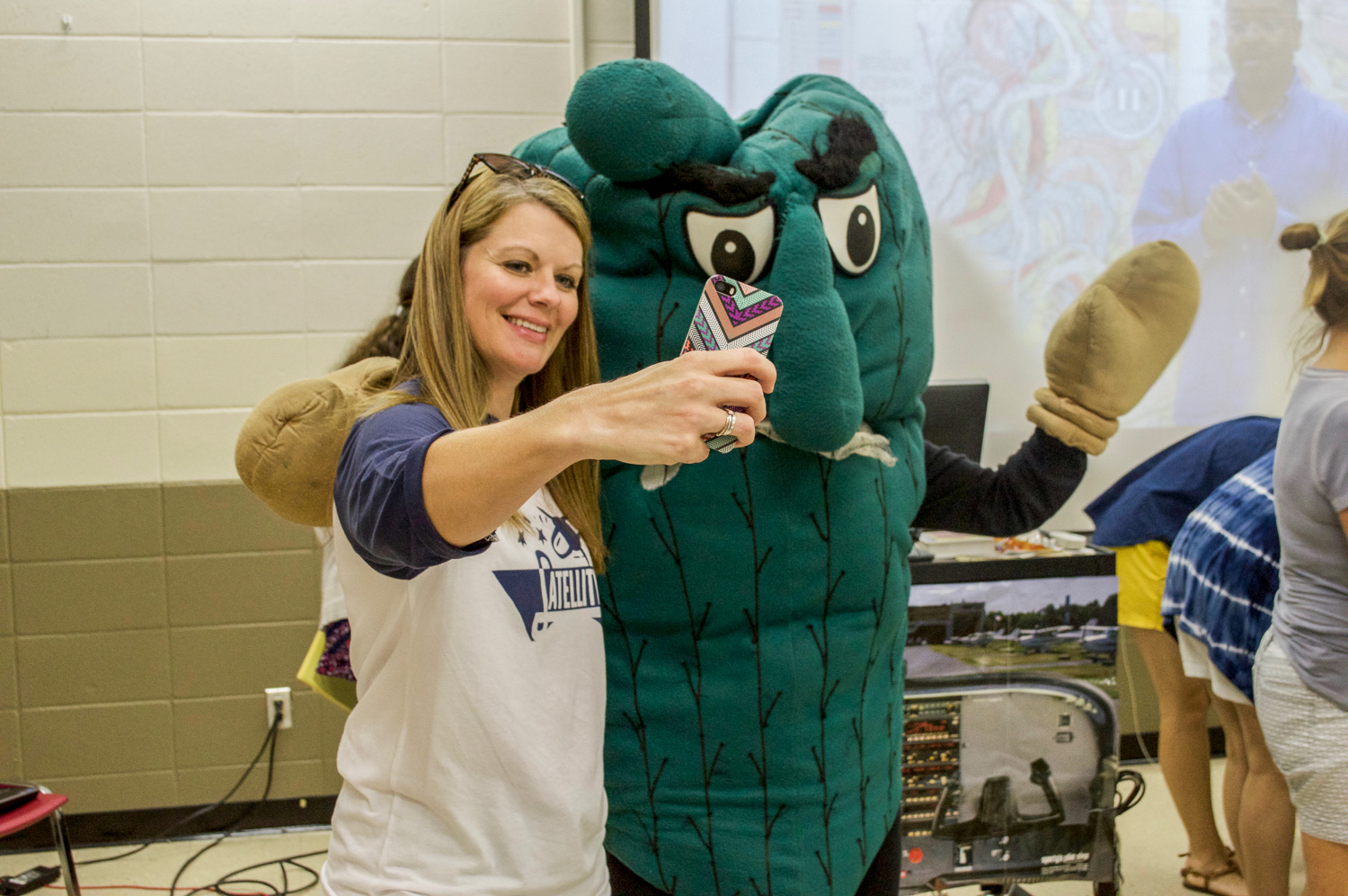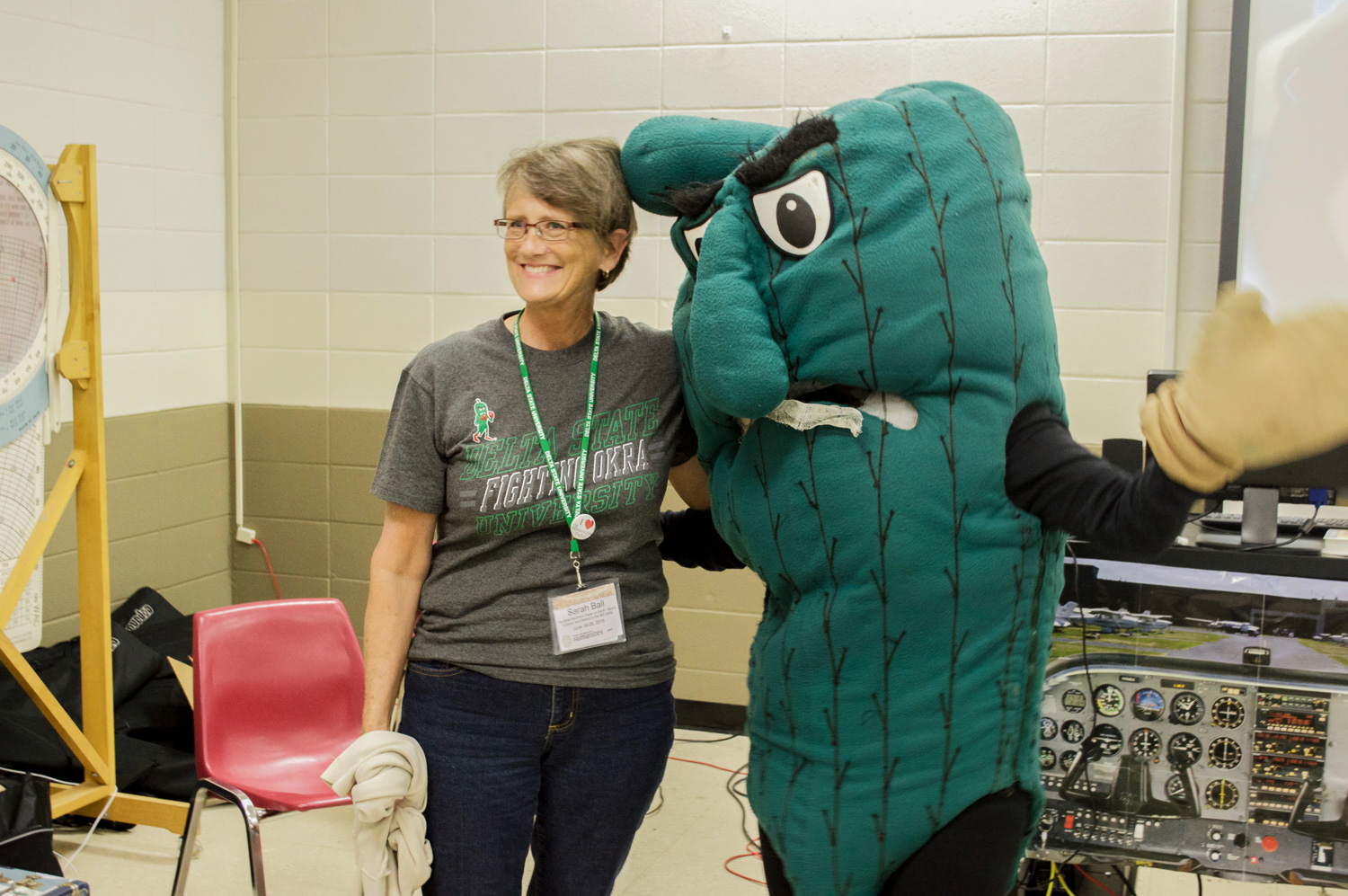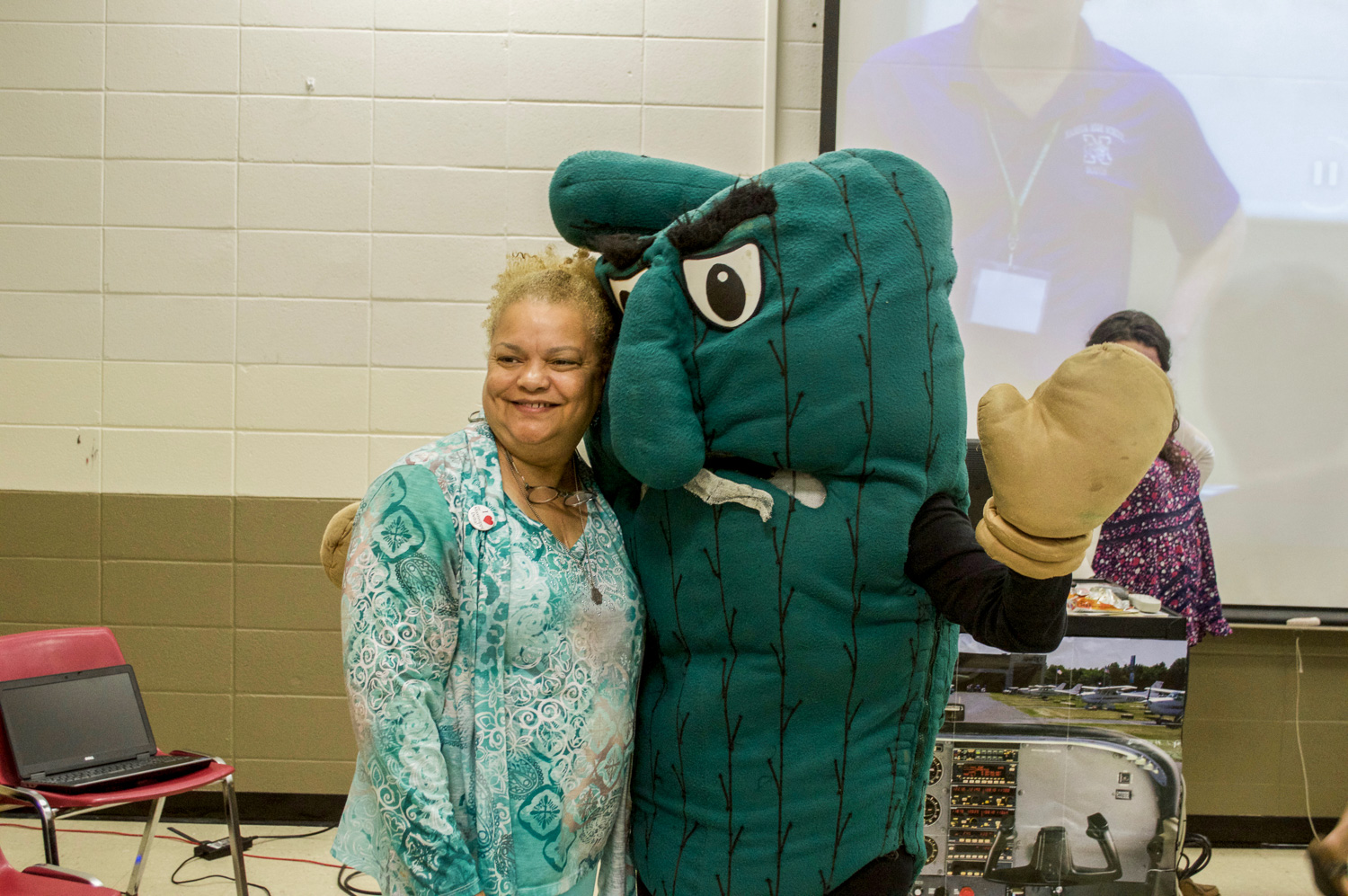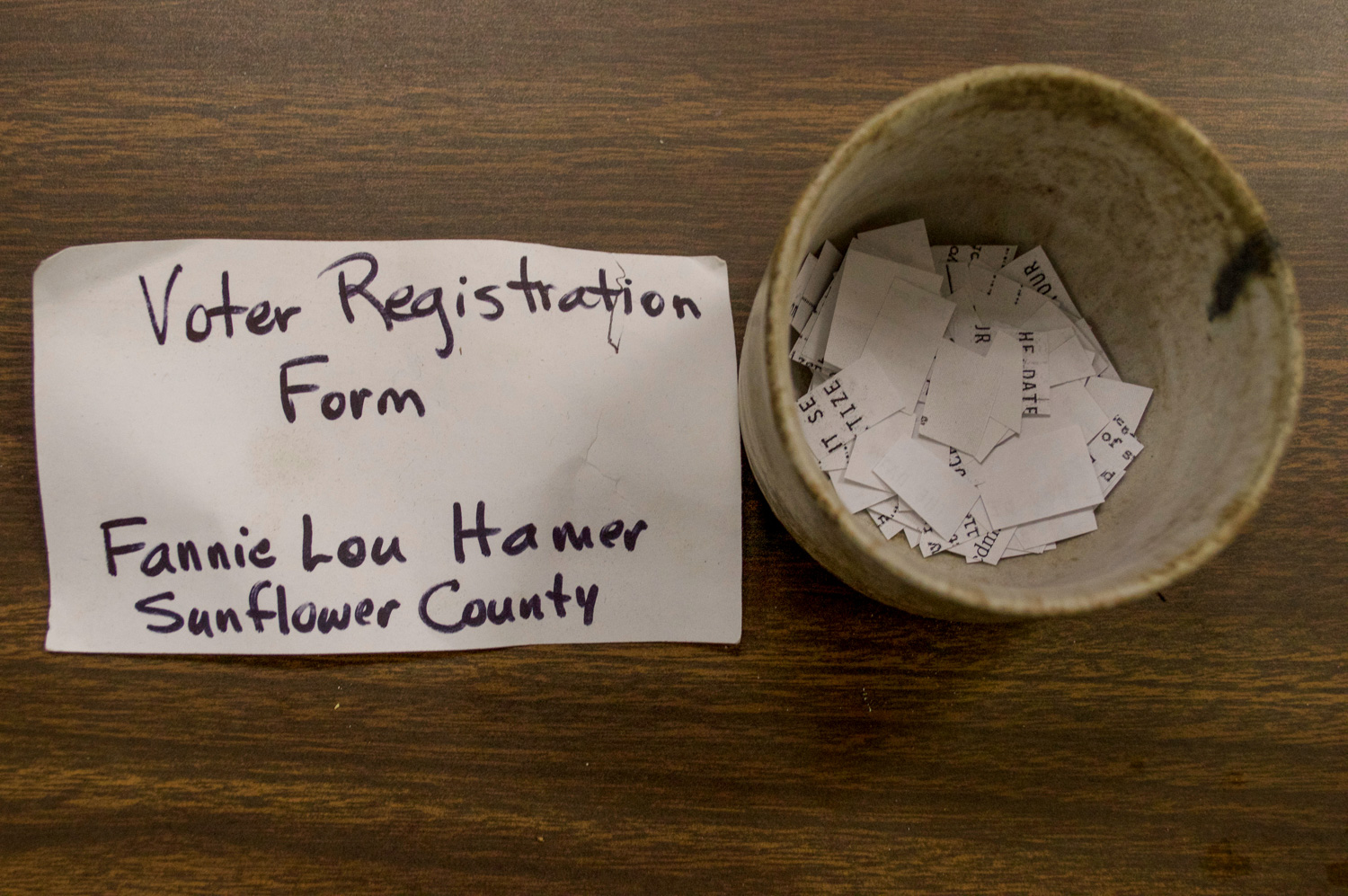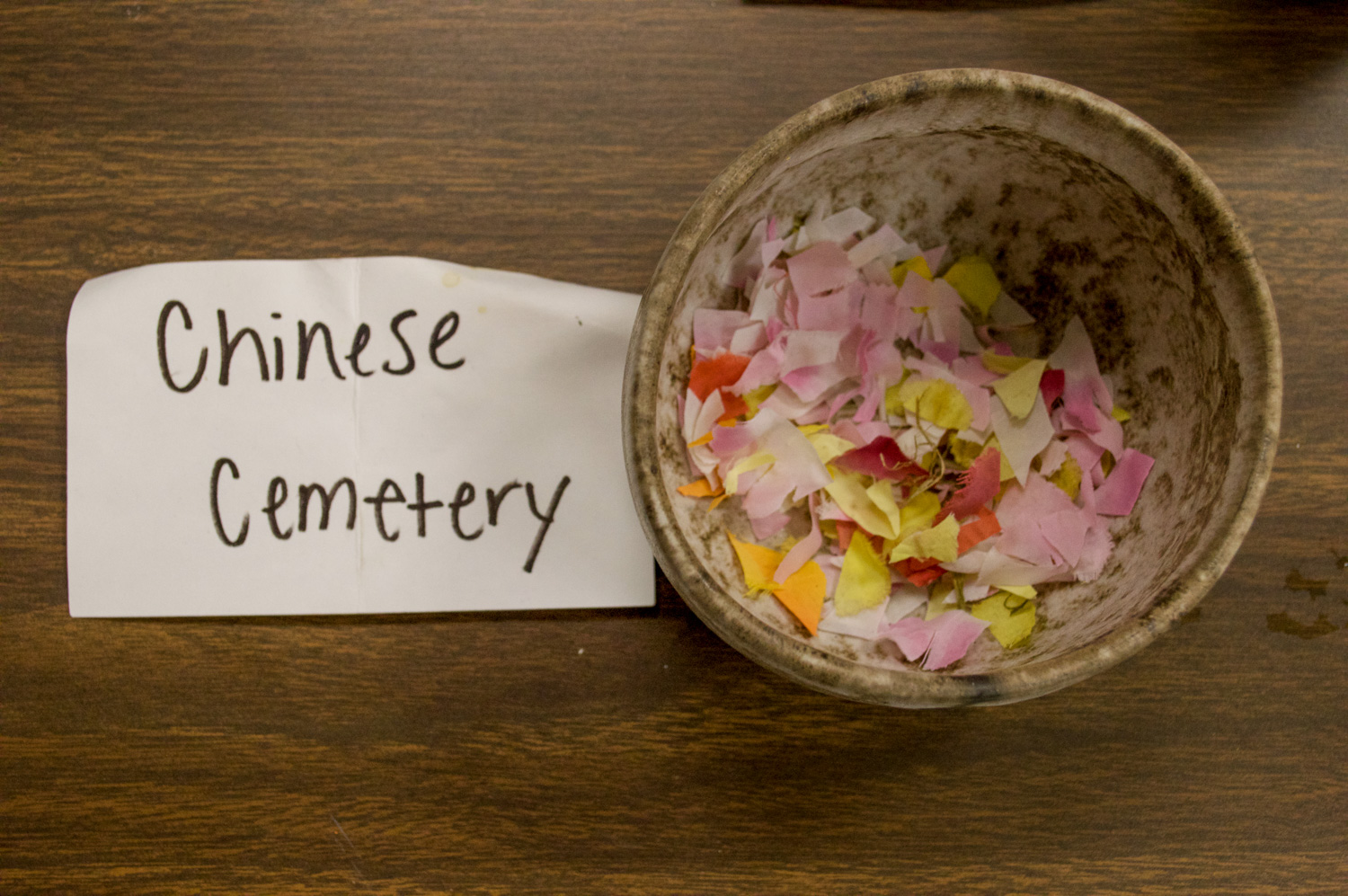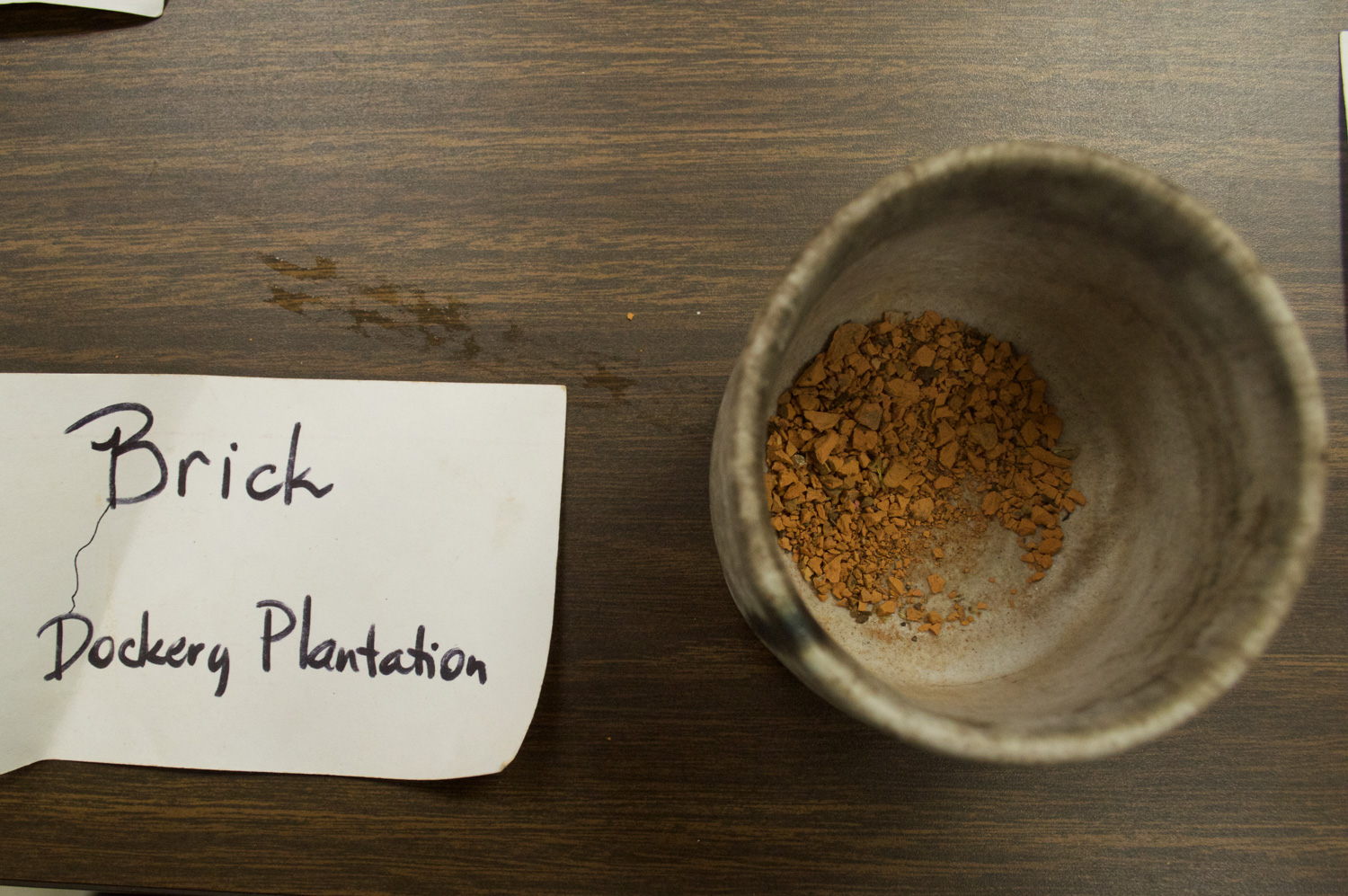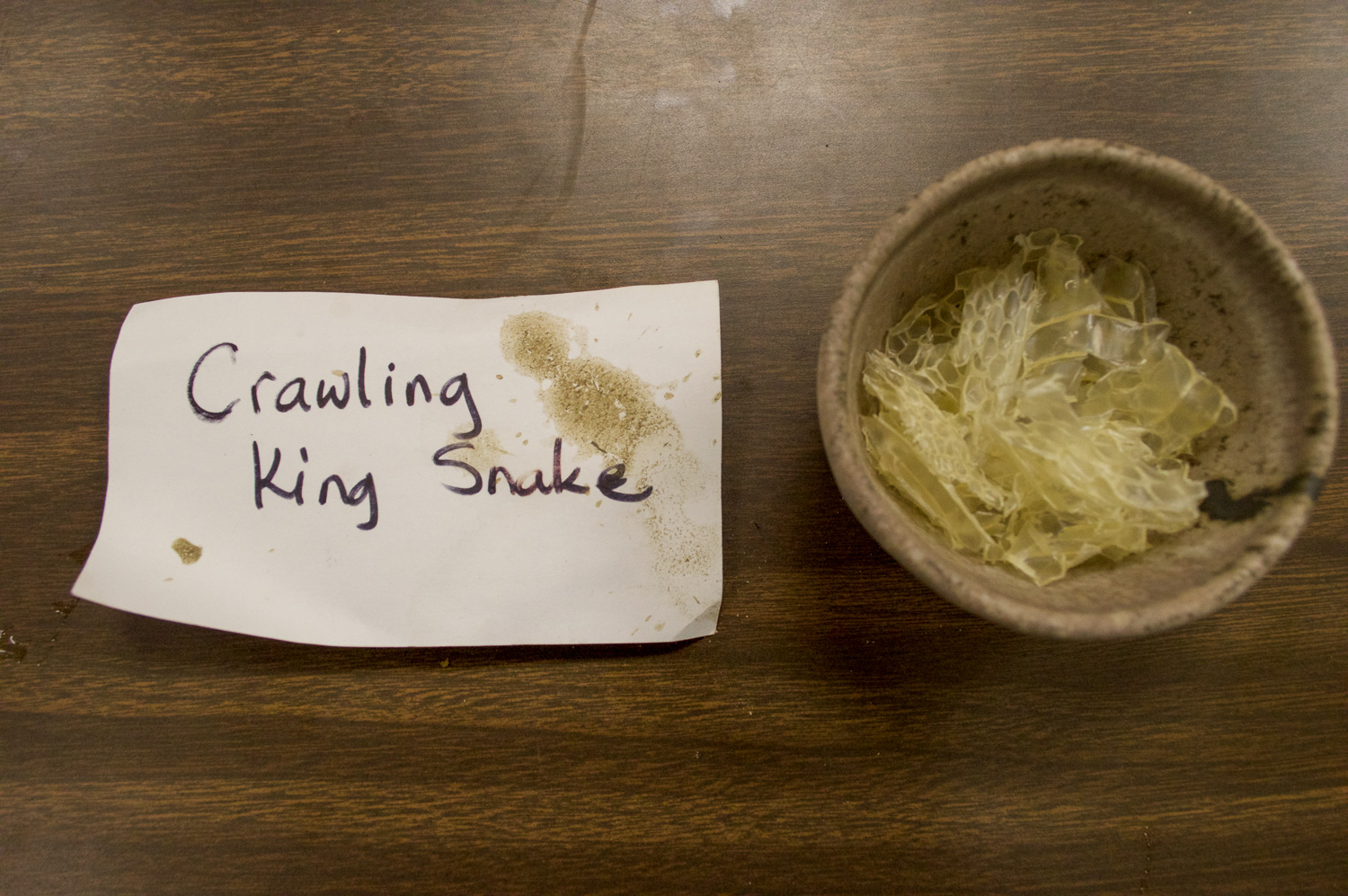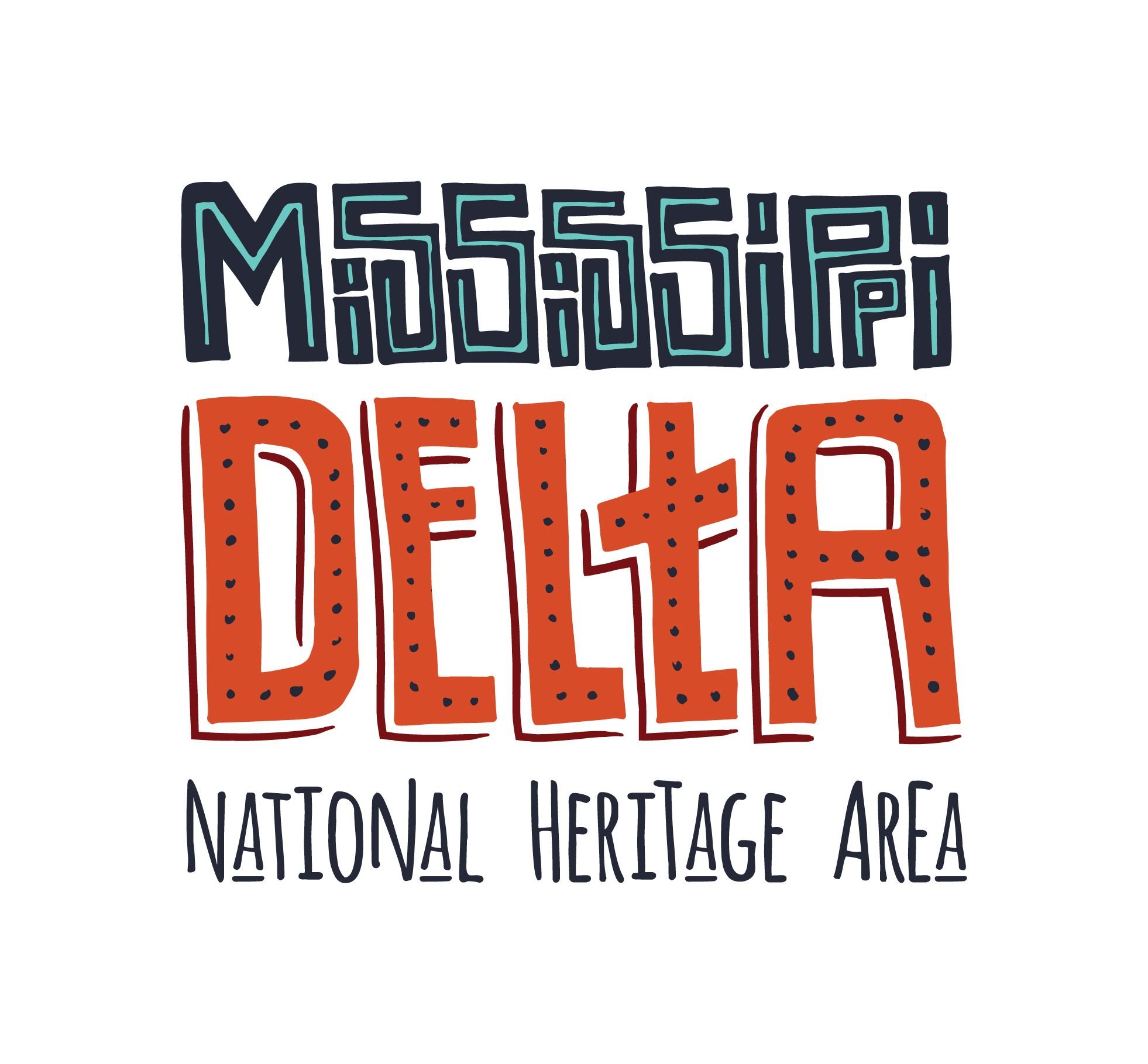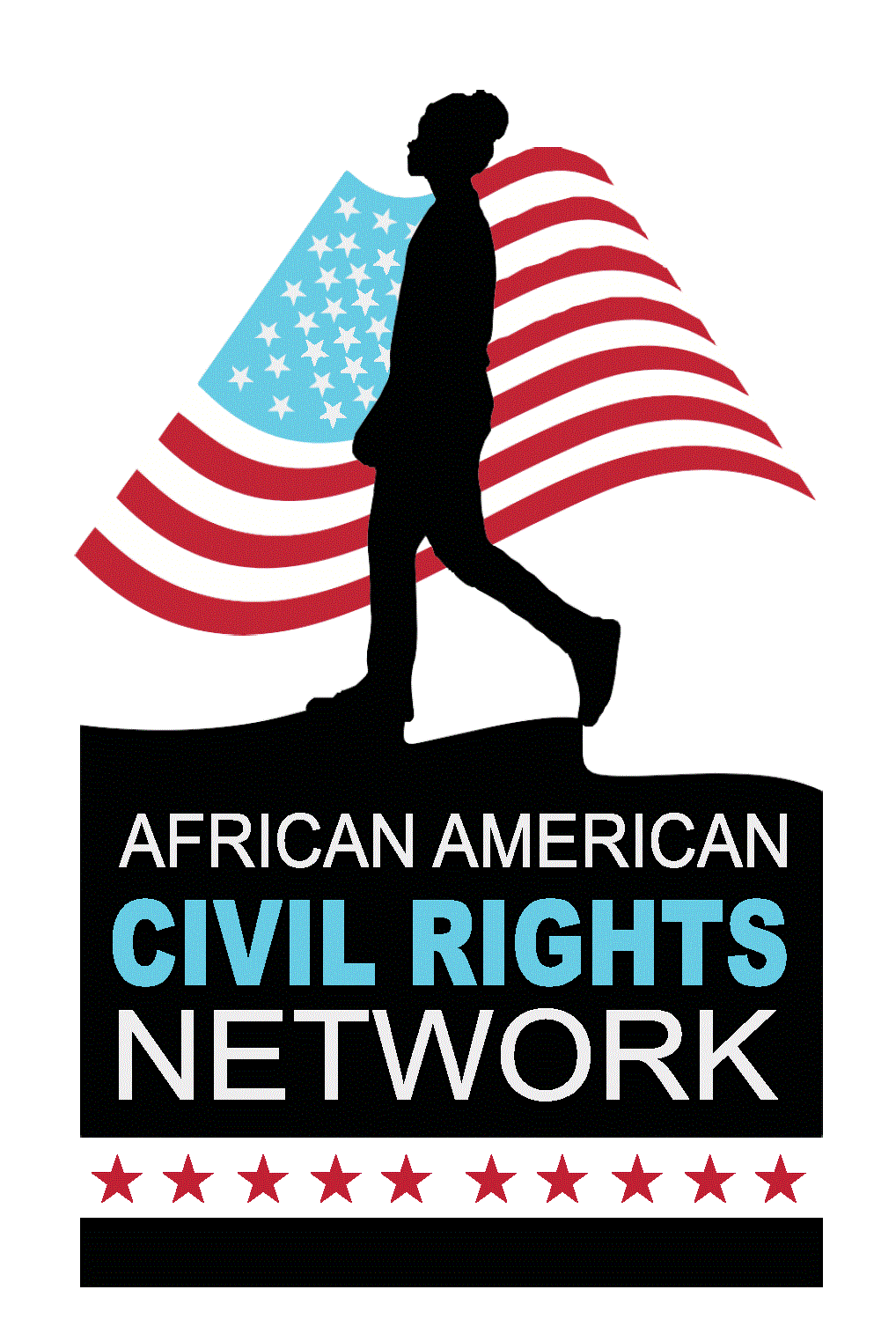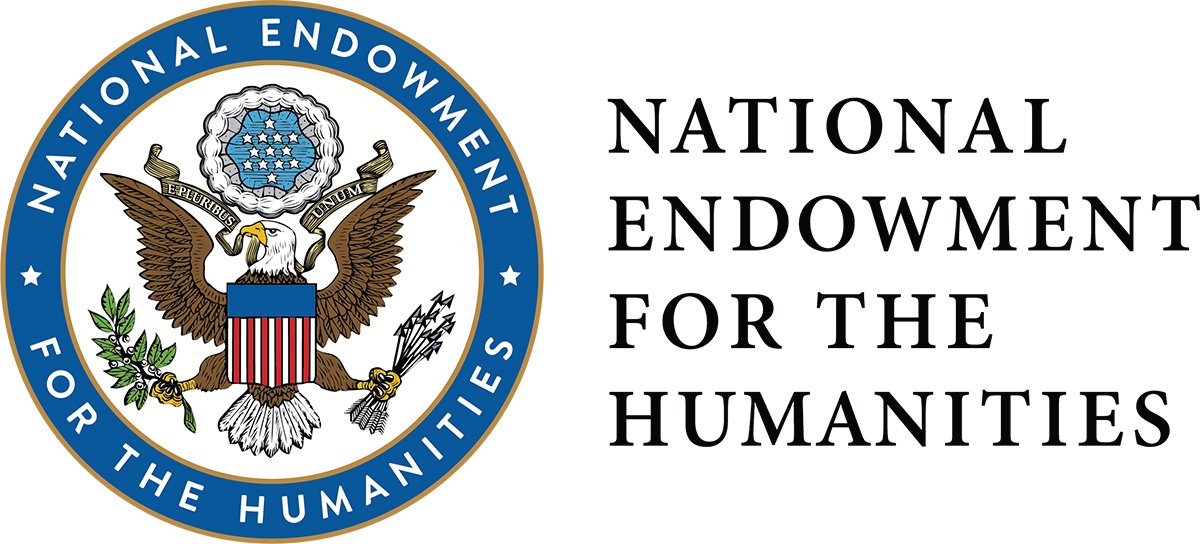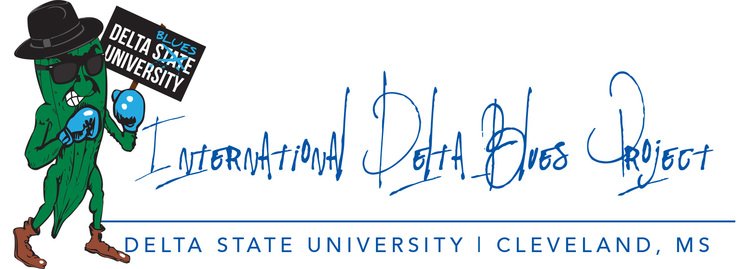The Mississippi Delta National Heritage Area recently announced nearly $160,000 in grants for eleven cultural heritage development projects in the Mississippi Delta.
The projects represent the diversity of the region’s rich cultural heritage including Native and African American history, music, art, storytelling, the Delta Chinese, and the Mississippi River.
“The grants committee was impressed with the projects proposed through the application process,” said Dr. Myrtis Tabb, Chair of the MDNHA Board of Directors. “Organizations and agencies are doing outstanding community service, and the MDNHA is pleased to provide funding to support this work.”
“The MDNHA is a partnership between the people of the Mississippi Delta and the National Park Service designed to engage and empower organizations and individuals to promote the cultural heritage of the region,” said Dr. Rolando Herts, director of The Delta Center for Culture and Learning at Delta State University, which serves as the management entity for the MDNHA. “The successful completion of this first round of grants represents a major milestone as the MDNHA continues to do this work throughout the Mississippi Delta.”
This is the first round of grants awarded by the MDNHA. In January of this year, the MDNHA launched the new grants program and provided a series of workshops throughout the region to educate and inform the people of the Mississippi Delta on how to apply. Workshops were held at Clarksdale/Coahoma County Tourism, Mississippi Valley State University in Itta Bena, Sharkey-Issaquena County Library in Rolling Fork, The Capps Center in Indianola, and Desoto County Tourism in Southaven.
Proposals received were reviewed by a grants committee comprised of members of the MDNHA Board of Directors. The eleven organizations and projects that were awarded MDNHA grants represent six of the 18 counties served by the MDNHA including Bolivar, Coahoma, DeSoto, Leflore, Sharkey, and Warren. The grant recipients and funded projects are as follows:
ArtPlace Mississippi, Greenwood, MS
Delta Wild: Connecting people to the Mississippi Delta’s natural habitat and resources
DeSoto Foundation, Hernando, MS
First Contact Historical Trail: Native Americans’ first encounter with Europeans in the Mississippi Delta
Cleveland Music Foundation, Cleveland, MS
Exploring a Culture of Creativity: Engaging students in telling local stories through music at Grammy Museum Mississippi
Lower Mississippi River Foundation, Clarksdale, MS
Between the Levees: Telling the story of the Mississippi River batture
Bologna Performing Arts Center, Cleveland, MS
Public performance of “Dar He: The Story of Emmett Till”
Cleveland Chamber of Commerce, Cleveland, MS
Cleveland Chamber/Tourism office relocation and signage plan
Delta State University Archives and Museums, Cleveland, MS
Amzie Moore House Museum and MS Delta Chinese Heritage Museum docent program
Rolling Fork Visitors Center and Museum, Rolling Fork, MS
Multimedia interpretive display expansion and exhibit preservation
Southern Cultural Heritage Foundation, Vicksburg, MS
1868 St. Francis Xavier Convent restoration
Delta Hands for Hope, Shaw, MS
Photography and Oral History Program for high school students
Rosedale Freedom Project, Rosedale, MS
Unsung Voices of Bolivar County: civil rights stories past and present collected by high school students
The MDNHA recently held a second grant competition round with proposals due on July 5. Proposals are under review currently. The MDNHA expects to announce grant awardees for the second round in fall 2016.
“The grant program is a critical part of the MDNHA’s Management Plan. We look forward to the program continuing in the future and look forward to receiving more proposals from organizations that are serving the Mississippi Delta region,” said Herts.
The MDNHA includes 18 counties that contain land located in the alluvial floodplain of the Mississippi Delta: Bolivar, Carroll, Coahoma, DeSoto, Holmes, Humphreys, Issaquena, Leflore, Panola, Quitman, Sharkey, Sunflower, Tallahatchie, Tate, Tunica, Warren, Washington and Yazoo. The MDNHA was designated by U.S. Congress in 2009 and is governed by a board of directors representing agencies and organizations defined in the congressional legislation. More information about the MDNHA, including the complete approved management plan, is available at www.msdeltaheritage.com.






